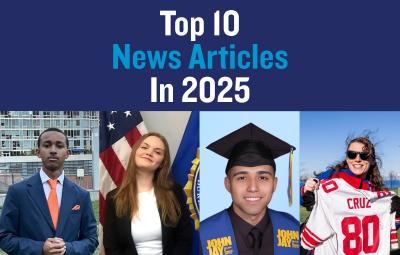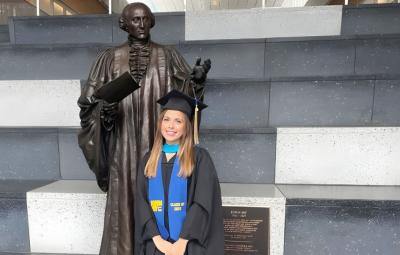Our Alumni
Over 300 PRISM Undergraduate Researchers have graduated from John Jay and are now changing the world. (PRISM alumni can update their information here.)
2023 Graduates
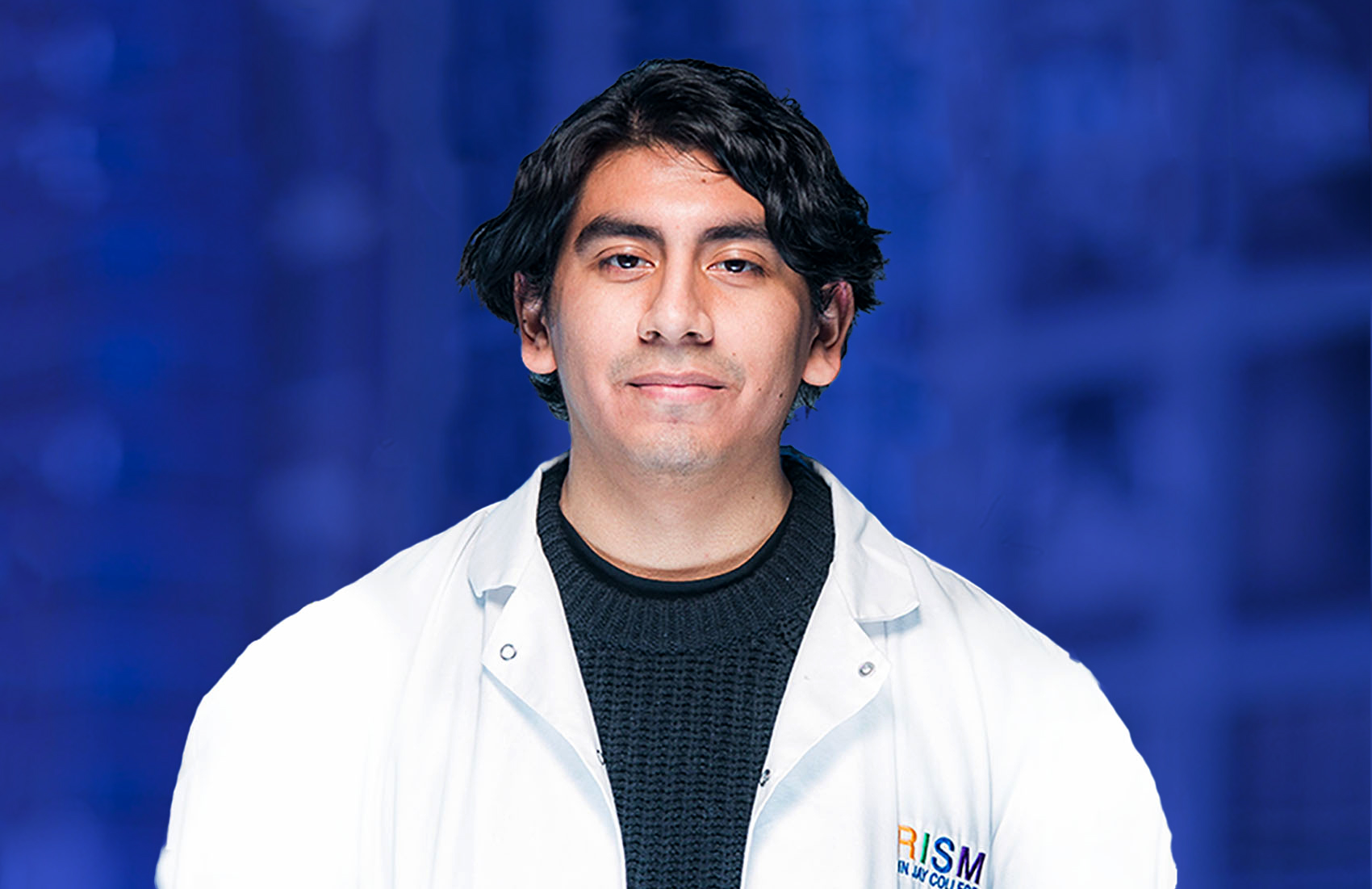

Daniel Aguilar ’23 Secures Mount Sinai Research Job
Degree: Bachelor of Science in Toxicology
Program: PRISM
Hometown: Brooklyn, New York
Career aspiration: Toxicologist
“My goal is to be a toxicologist whose work helps create change—promoting equity, shaping policy, and increasing awareness on the harmful effects of drugs and chemicals. After interning at a research lab at Mount Sinai Hospital, I was excited to be offered a full-time position at Mount Sinai where I’ll continue to conduct research that advances environmental medicine and public health.”
Why John Jay?
I’ve always enjoyed the sciences, and, like many of my peers, I was a fan of shows like CSI. Because of that, I was drawn to John Jay and its STEM programming. Once I was at the College, I joined PRISM, and through the research projects I conducted, I grew to really like toxicology and decided to major in the field.
How did PRISM make your John Jay experience fulfilling?
Being in PRISM opened my eyes to what was possible with research. PRISM not only reinforced what I was learning in the classroom, it also put me in spaces where I could meet new people, work closely with professors, conduct exciting research, present my work, and find supportive mentors like Dr. Edgardo Sanabria-Valentín and Dr. Marta Concheiro-Guisan. While at John Jay, Dr. Ed and Dr. Concheiro-Guisan guided me, shared their expertise, and encouraged me to strive for more.
How did your internships affirm your career aspirations?
Before interning at Mount Sinai, I interned as a Tri-Institutional Minority Society Summer Scholars Research Program Scholar at the Weill Cornell Graduate School of Medical Sciences and at Alliance Laboratories, a clinical toxicology lab. All these internships gave me valuable hands-on experience in the sciences. I was able to conduct biomedical research, do forensic work, and see science’s impact on society.
How did your research with Dr. Marta Concheiro-Guisan enhance your education?
Getting to research with Dr. Concheiro-Guisan has been a top-quality experience. As a first-generation college student, being mentored by someone who has worked in a government agency, earned her Ph.D., has a pharmaceutical degree, and is also supportive of her students has been very motivating.
We studied synthetic enzymes and the breakdown of opioids in urine to improve testing detection. Our hope is that a better screening test could enable doctors to more effectively monitor a patient’s use of opioids. Given the current opioid crisis, I was excited to present this project at the Collegiate Science and Technology Entry Program Regional competition and thrilled when I won first prize.
In 10 years, where do you see yourself?
After earning my Ph.D., I’d like to be working in toxicology at a public health institution, medical school, or pharmaceutical company. I also want to be a mentor and resource to future STEM students. Helping people—especially students of color—is really important to me.
Finish this sentence: Because of John Jay…
I can proudly and confidently call myself a scientist. I didn’t feel comfortable saying that a few years ago, but after the research experience I’ve gained at John Jay, there’s no doubt that I am a scientist.
Major: Toxicology
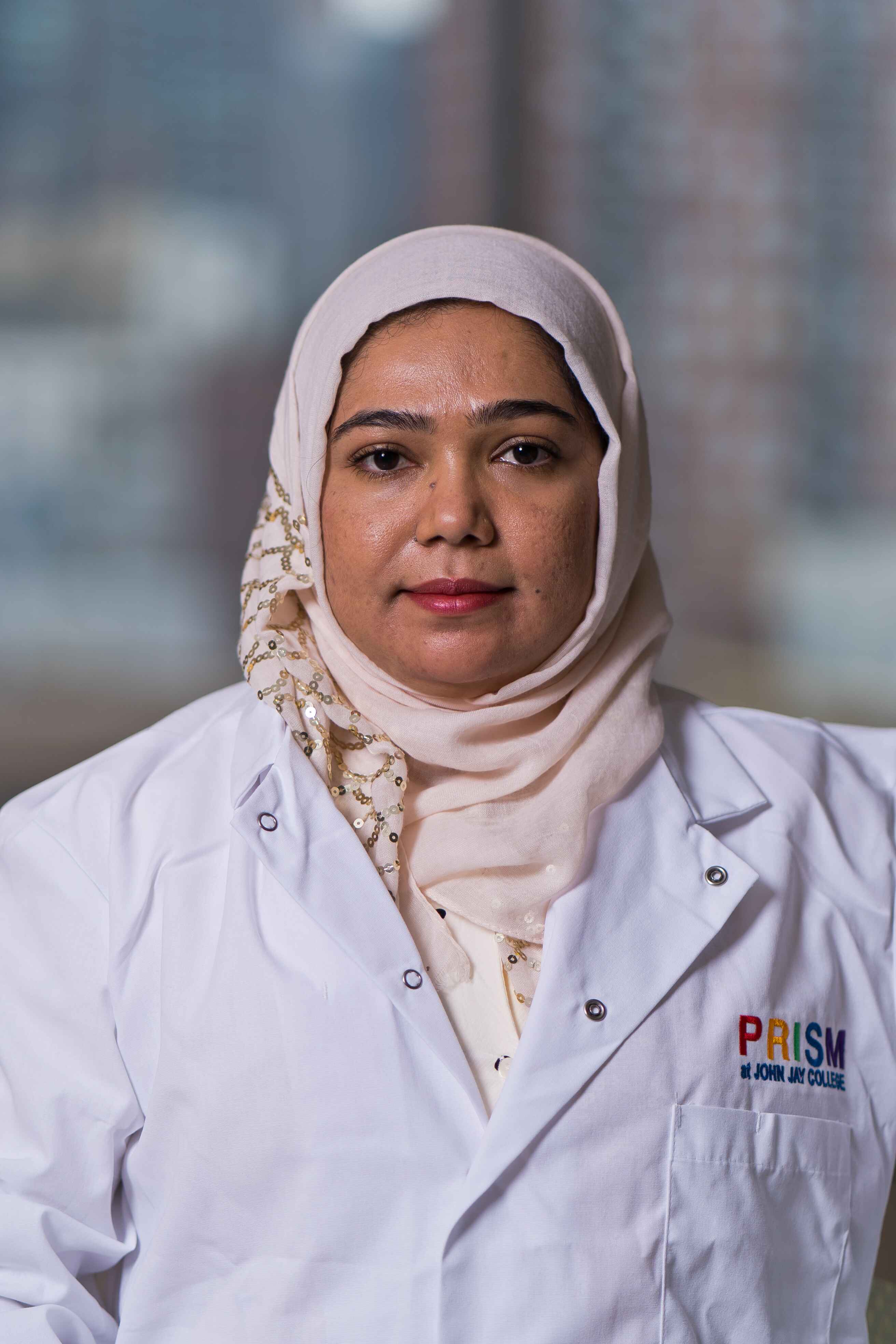
Major: Computer Science and Information Security
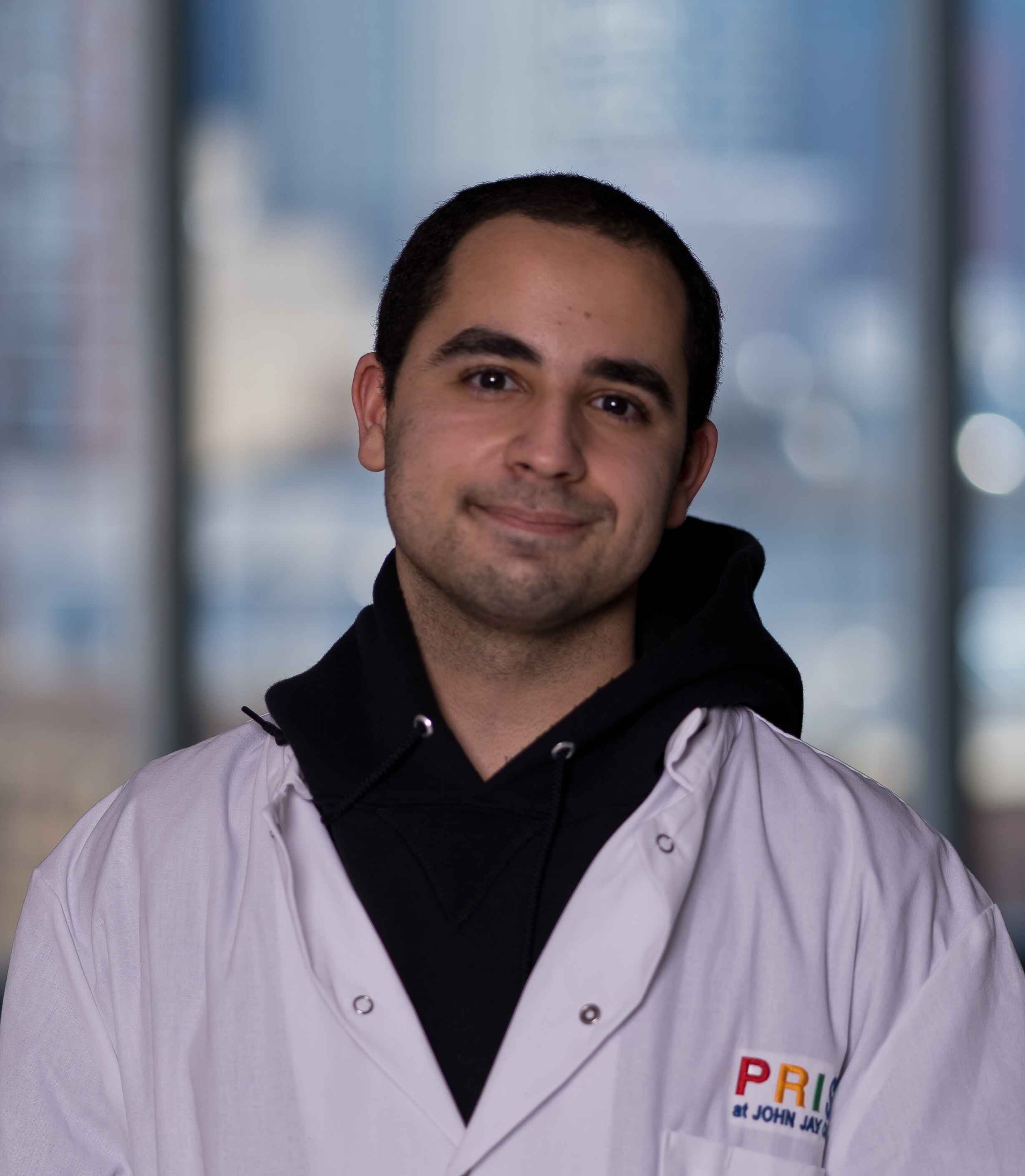
Major: Forensic Science
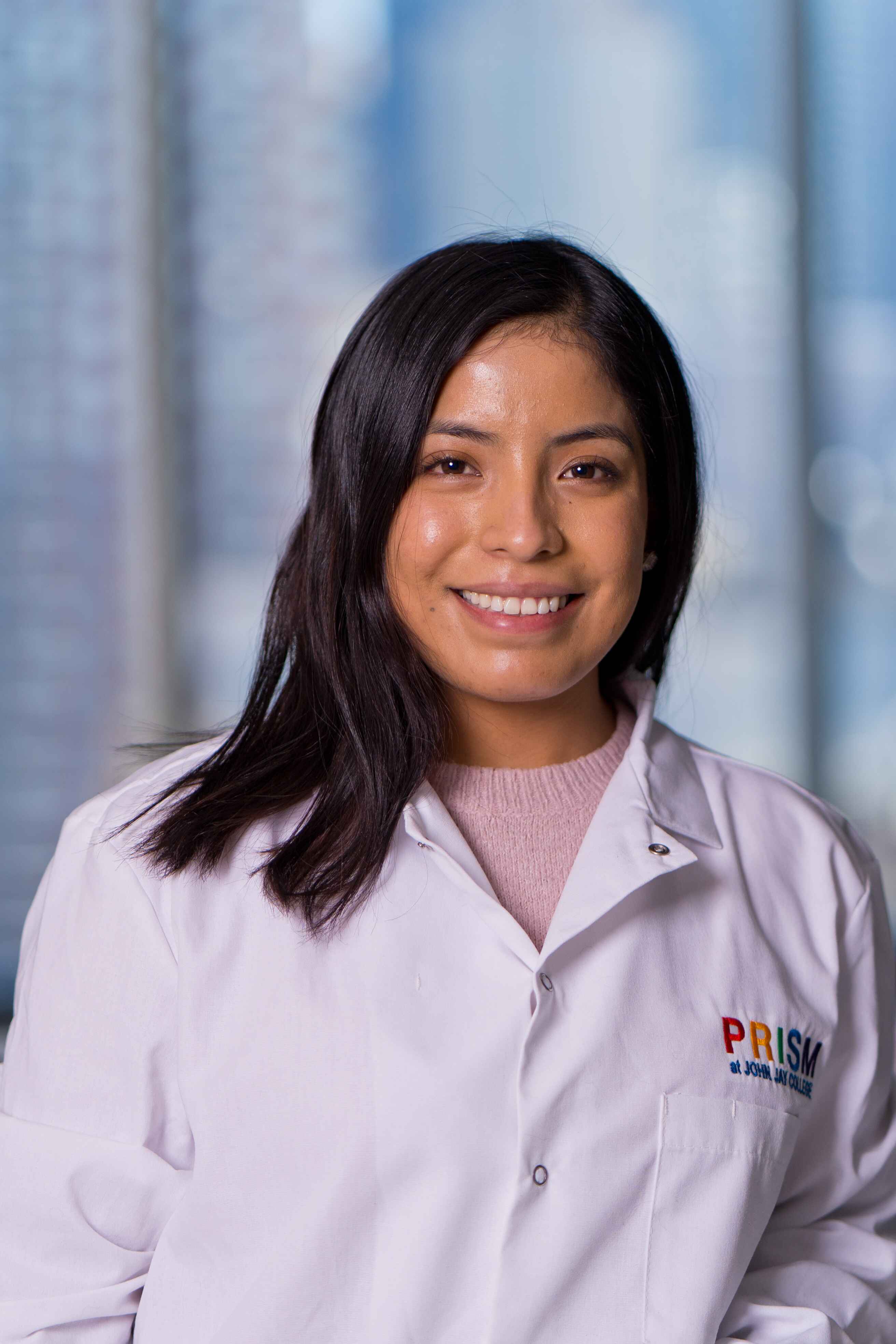
Major: Toxicology
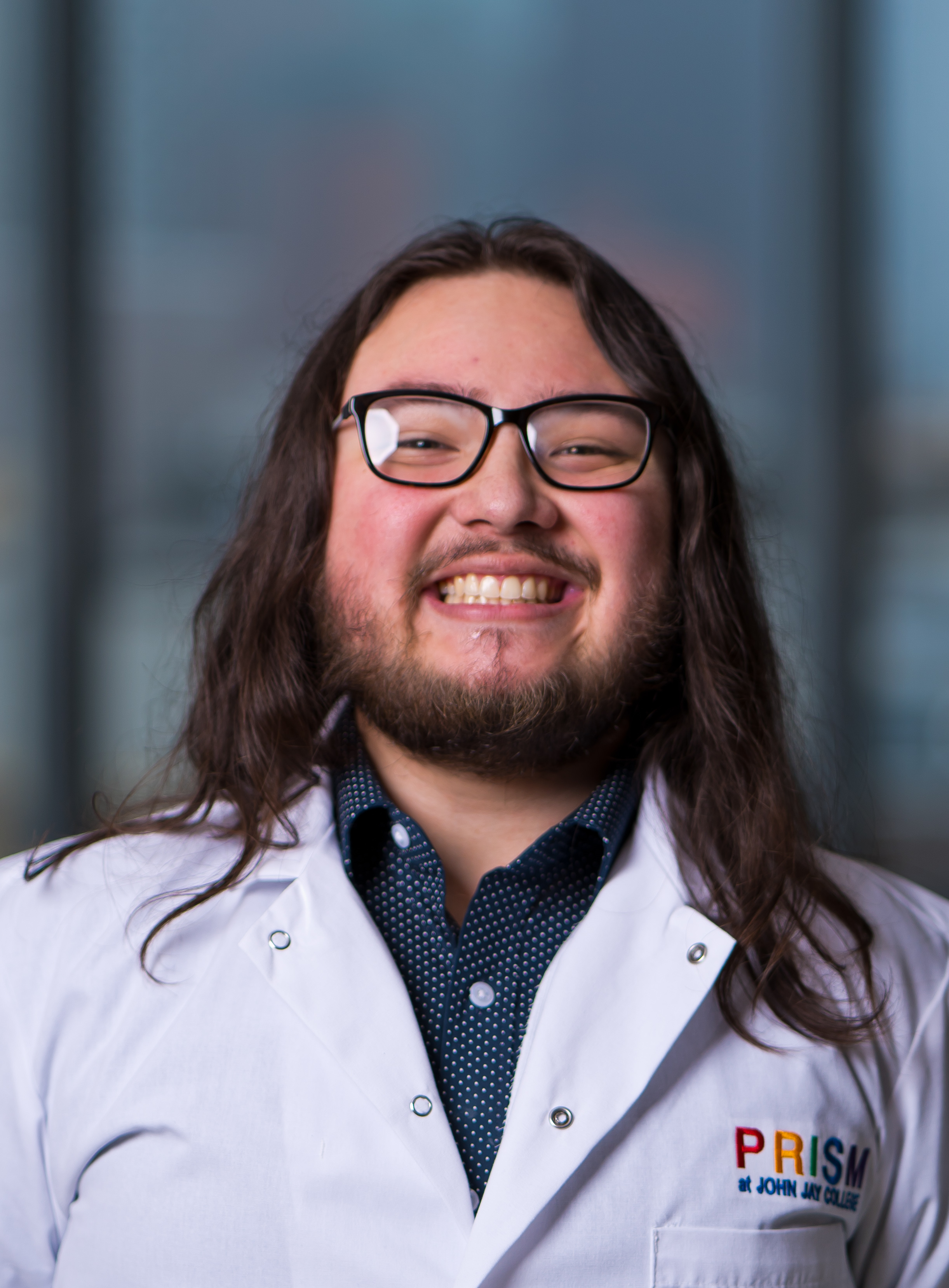
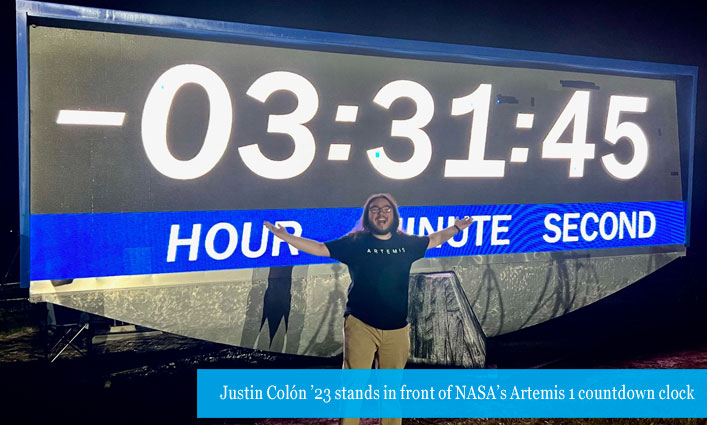
TikToker Justin Colón ’23 Attends NASA Rocket Launch
“Seeing the Artemis 1 take off was such an amazing experience,” says Justin Colón ’23, who made a name for himself as @the.justonian on TikTok. His popular science videos earned him an invite from NASA to watch the Artemis 1 launch in November 2022. “It was surreal to see history truly happening in front of me. I’ll always be grateful for being part of this very important, once-in-a-lifetime moment.”
Colón’s account fuses science and entertainment, and shares insights on topics like planets, rock formations, and Batman’s smart contact lenses. “My goal is to share how wonderful science is. Even if science isn’t your thing, I invite you to watch my videos because you do have a stake in science. Whether it’s the climate crisis, building the technology that will allow us to travel to Mars one day, or a body’s immune response to a virus, science is happening all around us,” says the forensic science major.
Joining a Community of Scientists at John Jay
At the College, Colón was excited to take forensic science courses. “John Jay has one of the best forensic science programs in the country. I’m so appreciative of all the encouragement, especially from PRISM and the Office for the Advancement of Research [OAR],” Colon says. “I have the greatest mentors in Dr. Yaverbaum and Dr. Sanabria-Valentín, who do all they can for students to succeed.” PRISM supports the success of science and math students through hands-on research opportunities, sustained faculty mentorship, career development and industry connections. OAR, which funded Colon’s travel to the launch, promotes student and faculty scholarship by raising funds, disseminating student and faculty work, and sharing helpful resources. “We’re so proud that Justin is inspired to share his love and passion for all things science,” says Edgardo Sanabria-Valentín, Ph.D., associate director of PRISM.
“I have the greatest mentors in Dr. Yaverbaum and Dr. Sanabria-Valentín, who do all they can for students to succeed.” —Justin Colón ’23
Colón was also bolstered by the diversity that surrounded him, especially in his science courses. “One of the most unique things about John Jay is that there’s real equity here. In the STEM field it’s rare to see Black, Latinx, women, and members of the LGBTQ+ community. Our STEM classrooms are diverse.”

Artemis 1 rocket at the Kennedy Space Center
Interning at the American Museum of Natural History
It was an email from Sanabria-Valentín that led to an unforgettable experience for Colón during the 2021-2022 academic year. “Dr. Ed regularly sends students emails with internship and experiential learning opportunities, and suggested I apply to the American Museum of Natural History’s (AMNH) Museum Education and Employment Program (MEEP). I got the internship, and it was an absolutely amazing experience,” says Colón. “I worked in the Halls of Gems and Minerals and Hall of Planet Earth where I met with groups of visitors and educated them on the pieces we had in the halls. Being able to have these conversations, discuss the science behind their formations, no matter how small, really brought the hall to life.”
Witnessing his passion for teaching others, fellow interns and staff at the museum encouraged Colón to create a TikTok account. “They complimented me on my interactions and conversations with visitors and suggested I join the platform to share my love of science,” recalls Colón. “At first I was hesitant because I thought people only danced on TikTok, but then I learned there were people posting science content, so I threw my hat in the ring.”
Creating Space for Marginalized Communities
Colón’s ability to make science approachable isn’t just happening on TikTok. As part of his PRISM research project, he’s promoting physics education to underserved and underrepresented communities. “Through this project, we’re creating a comic book that will help readers of all ages and backgrounds understand the basic concepts of physics. We’re removing the jargon that can sometimes scare people away and making it easy and fun to understand,” says Colón. “We also wanted to show how science can be a diverse field. Our main character is a non-binary Latinx superhero, who comes to understand their superpowers through science. I hope it inspires readers of all ages to participate in STEM.”

Colón with NASA astronaut Randolph Bresnik
“To improve as a society, whether that’s in scientific achievements or simply moral growth, we need to question everything. Like justice, science is about finding what’s right.” —Justin Colón ’23
Looking to the Future
“Science has given me so much in life,” says Colón. “It’s provided me with amazing opportunities, deepened my appreciation of everything around us, and made me a stronger advocate. The most important thing it has taught me is to remain curious and always ask questions. To improve as a society, whether that’s in scientific achievements or simply moral growth, we need to question everything. Like justice, science is about finding what’s right.”
Major: Forensic Science
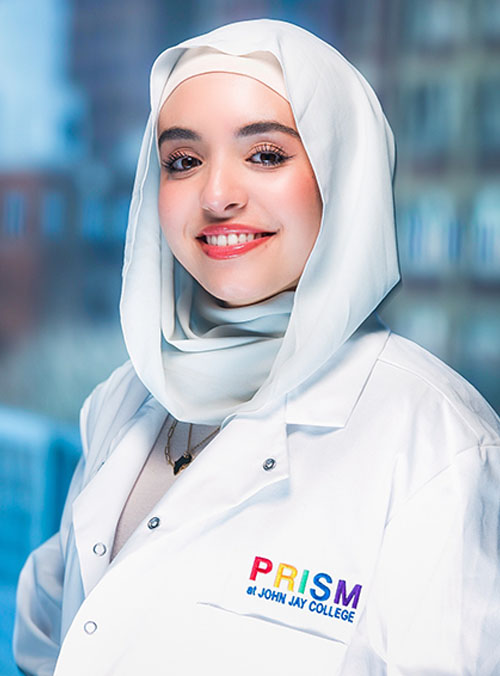
Major: Forensic Science
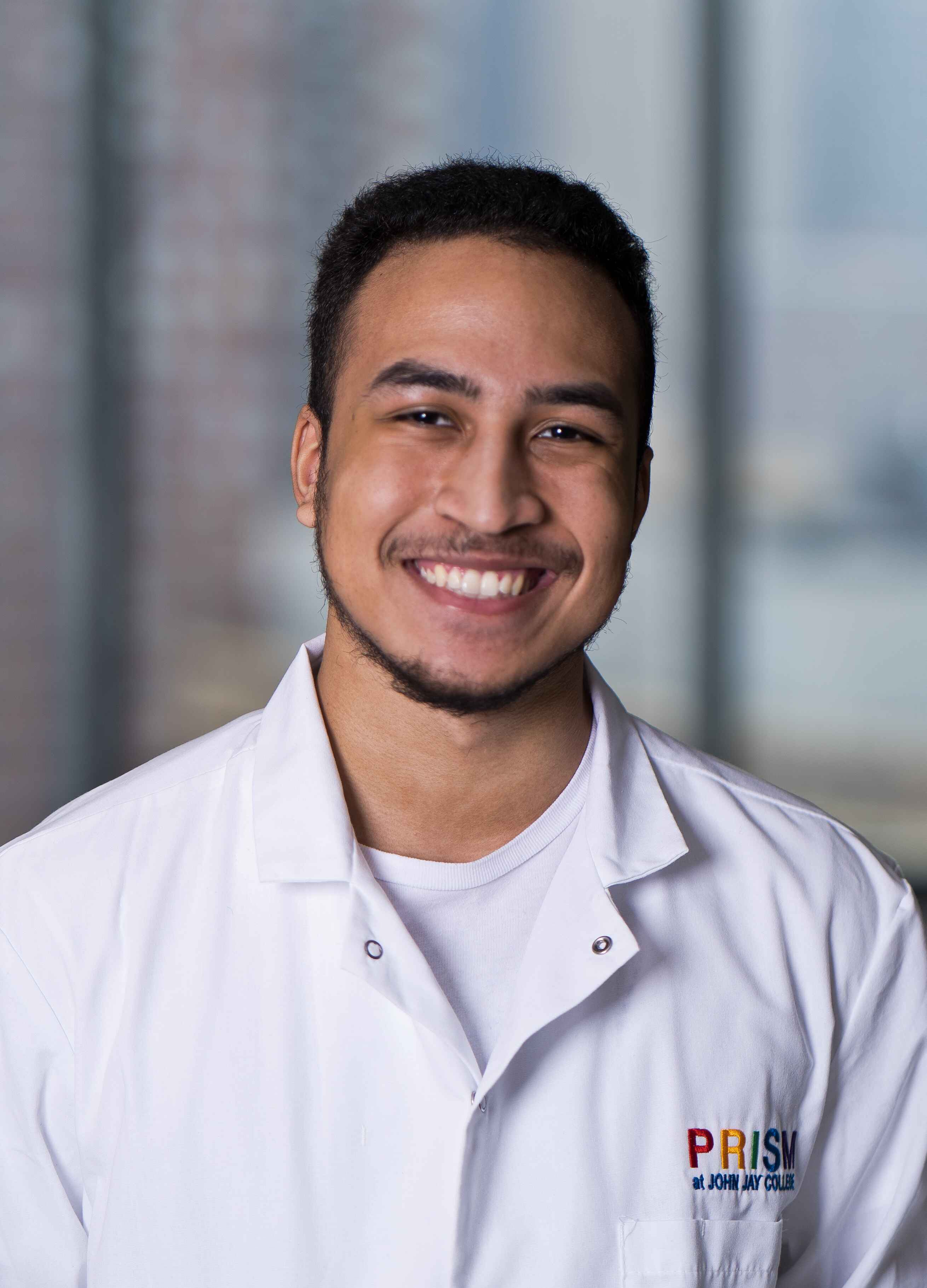
Major: Cell and Molecular Biology
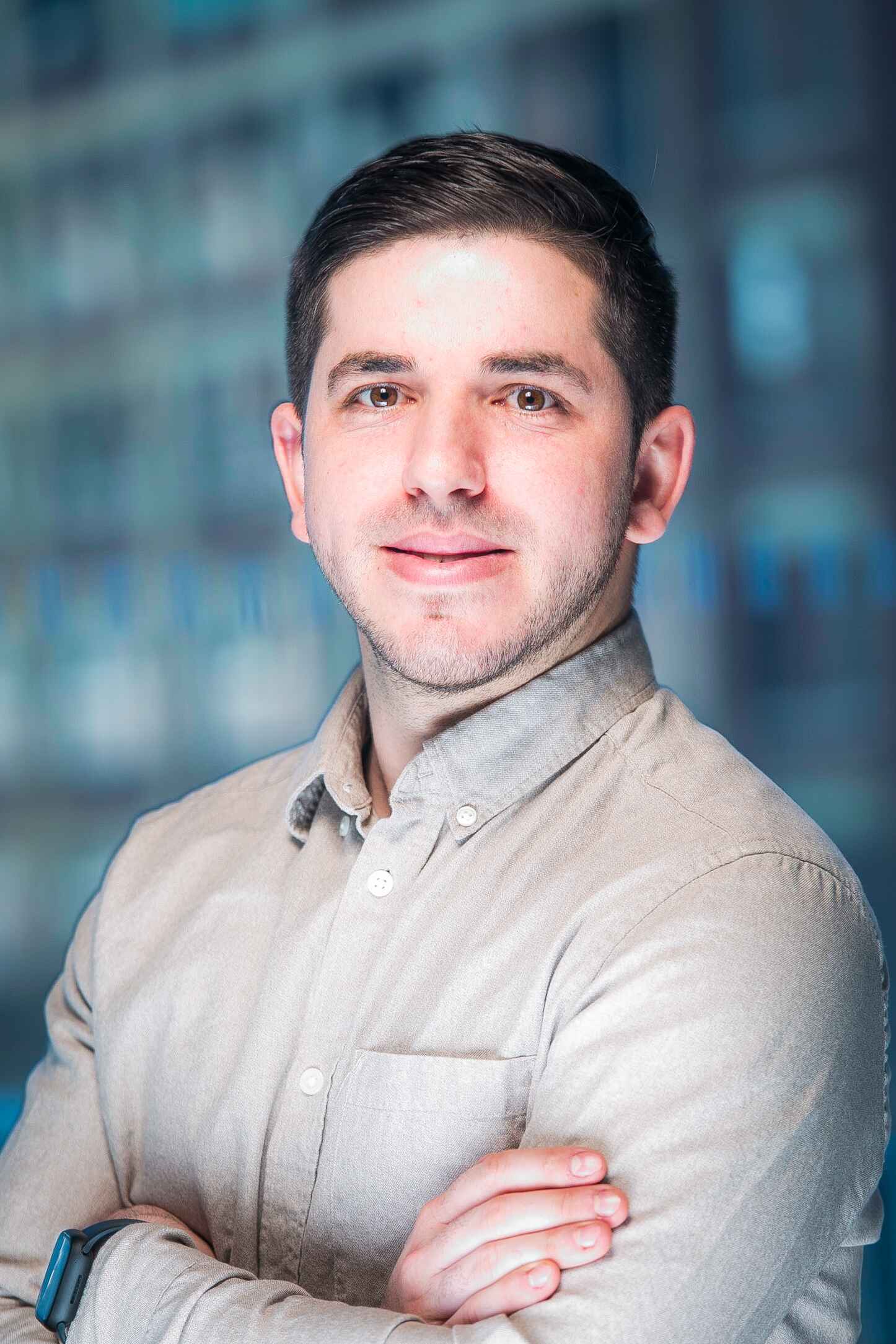
Major: Computer Science and Information Security
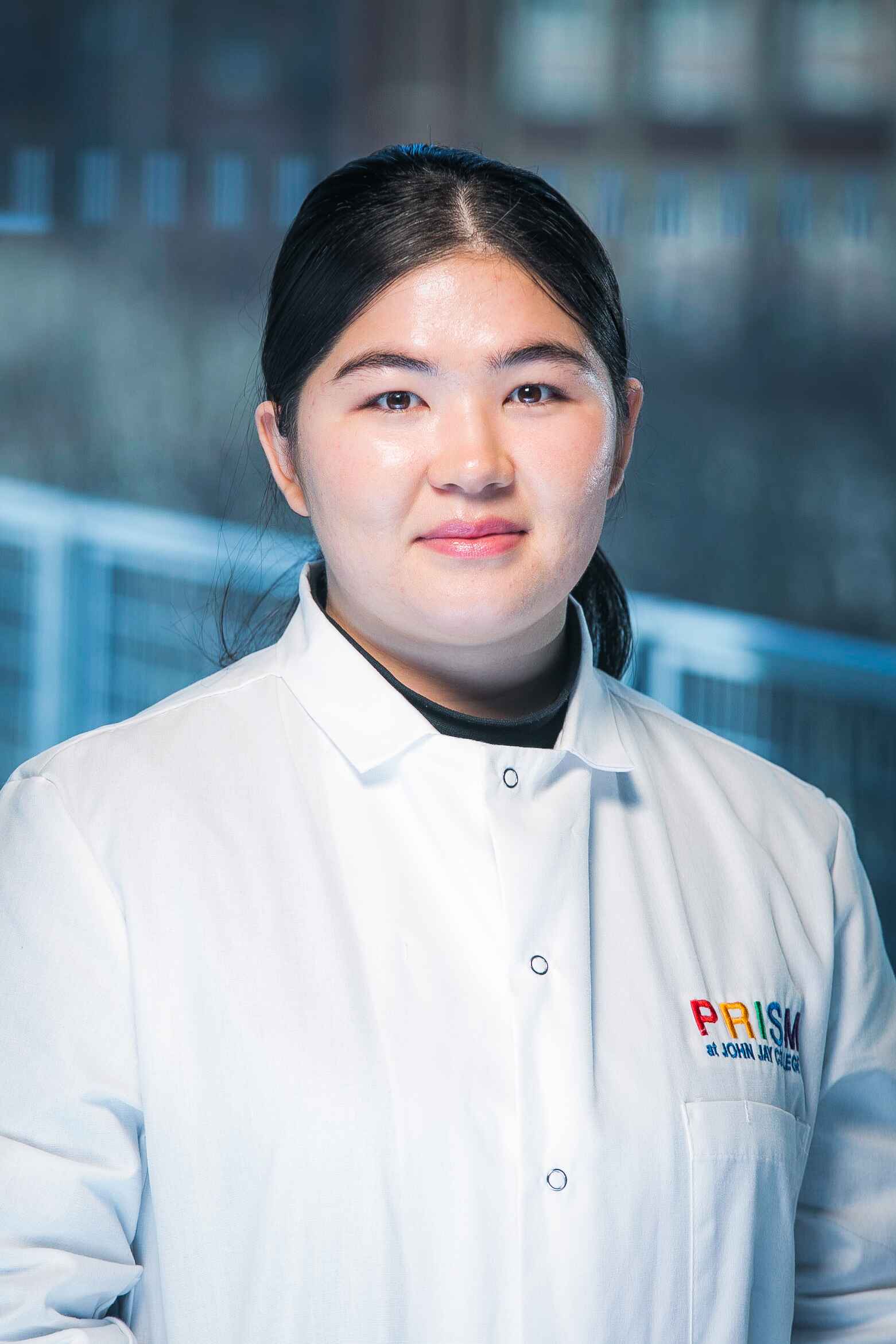
Major: Cell and Molecular Biology
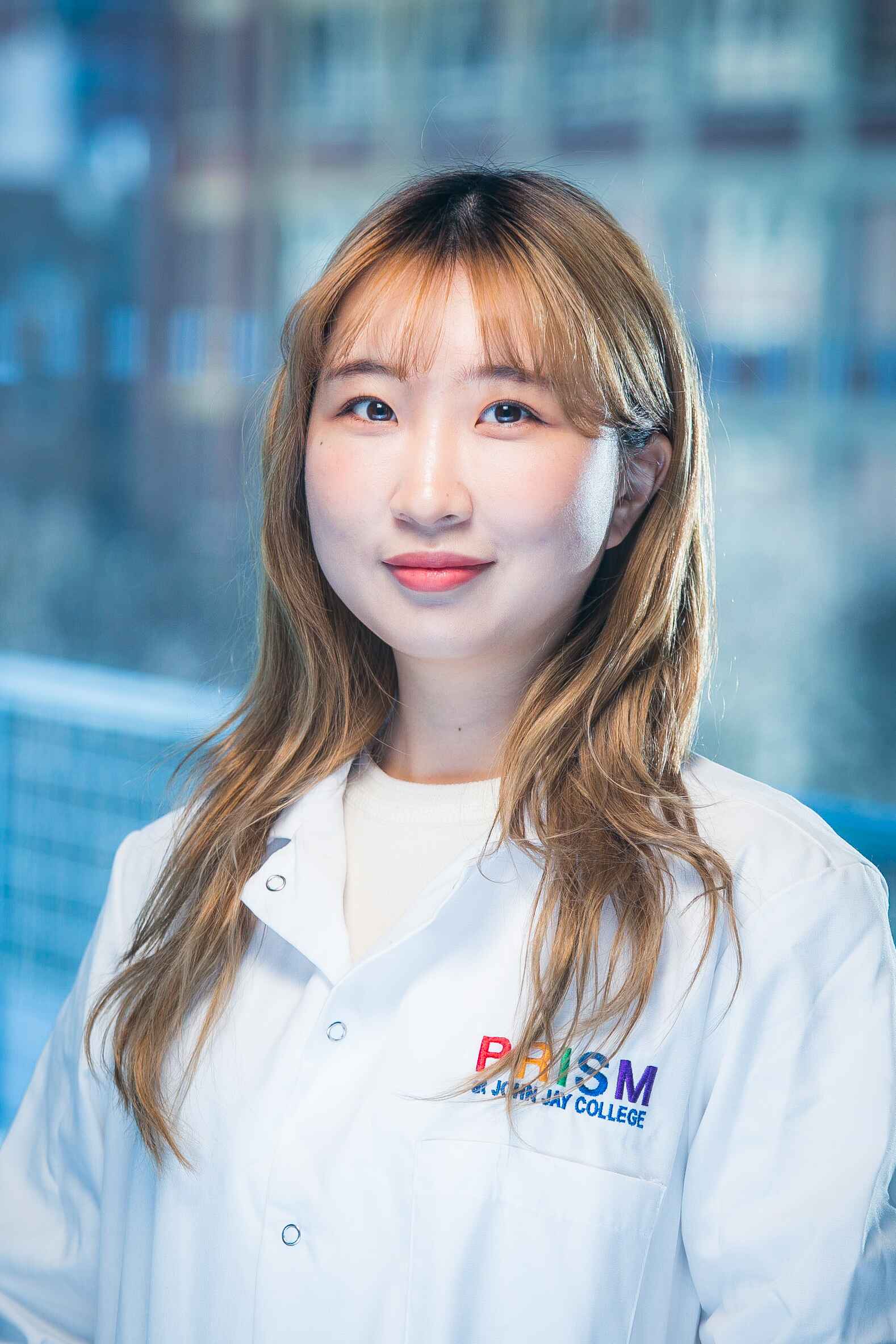
Major: Forensic Science
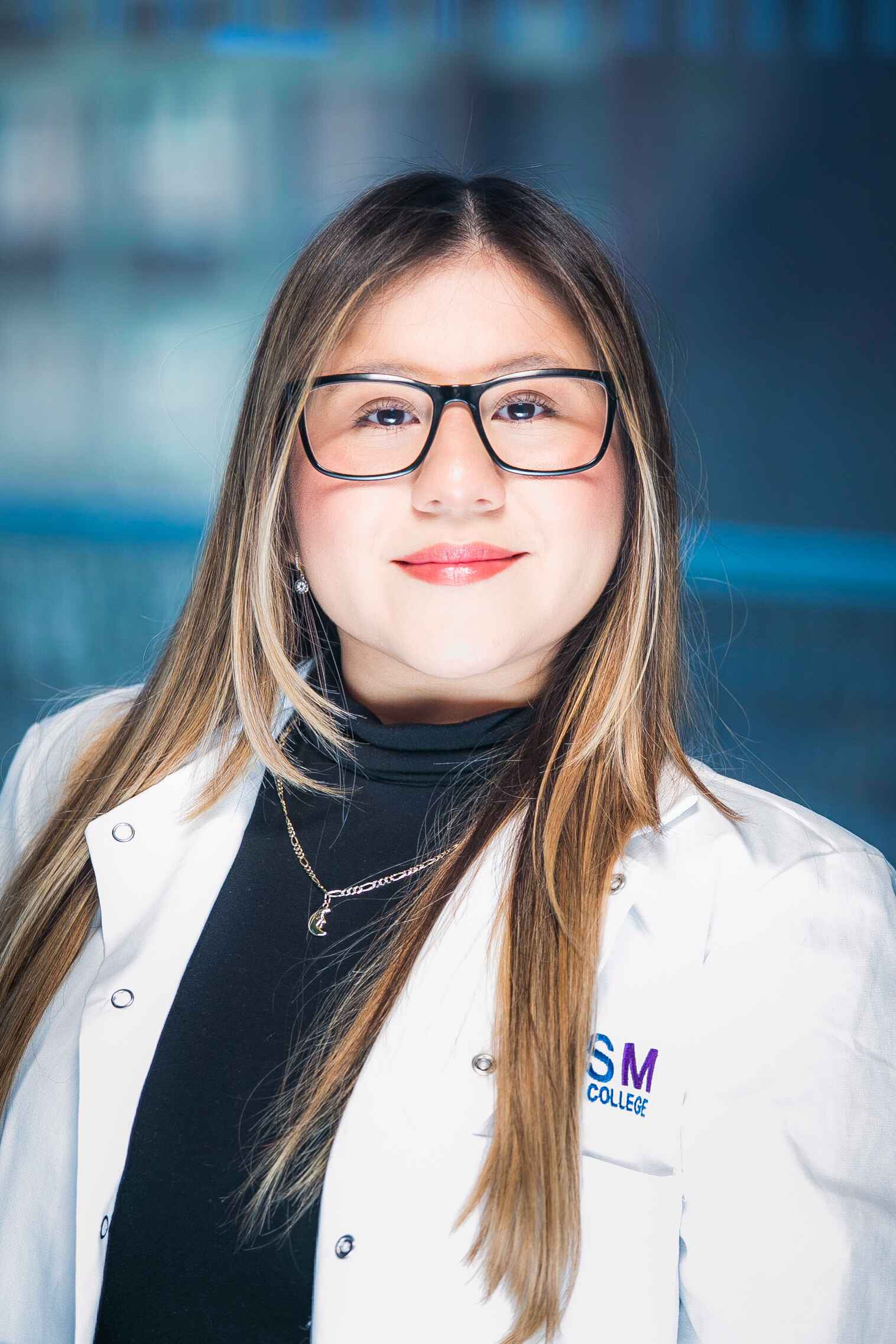
Major: Forensic Science

Major: Computer Science and Information Security
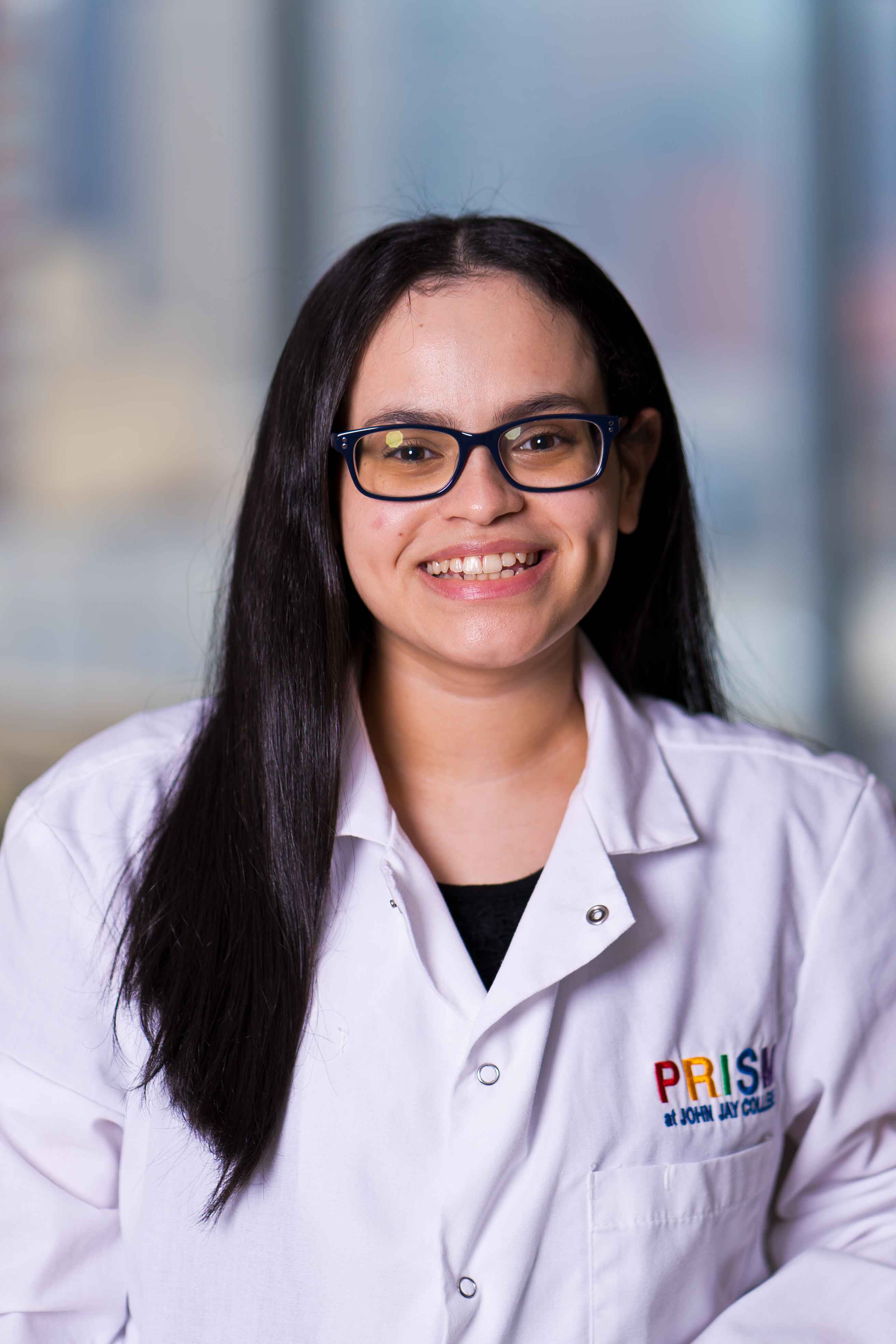
Major: MHC Cell and Molecular Biology
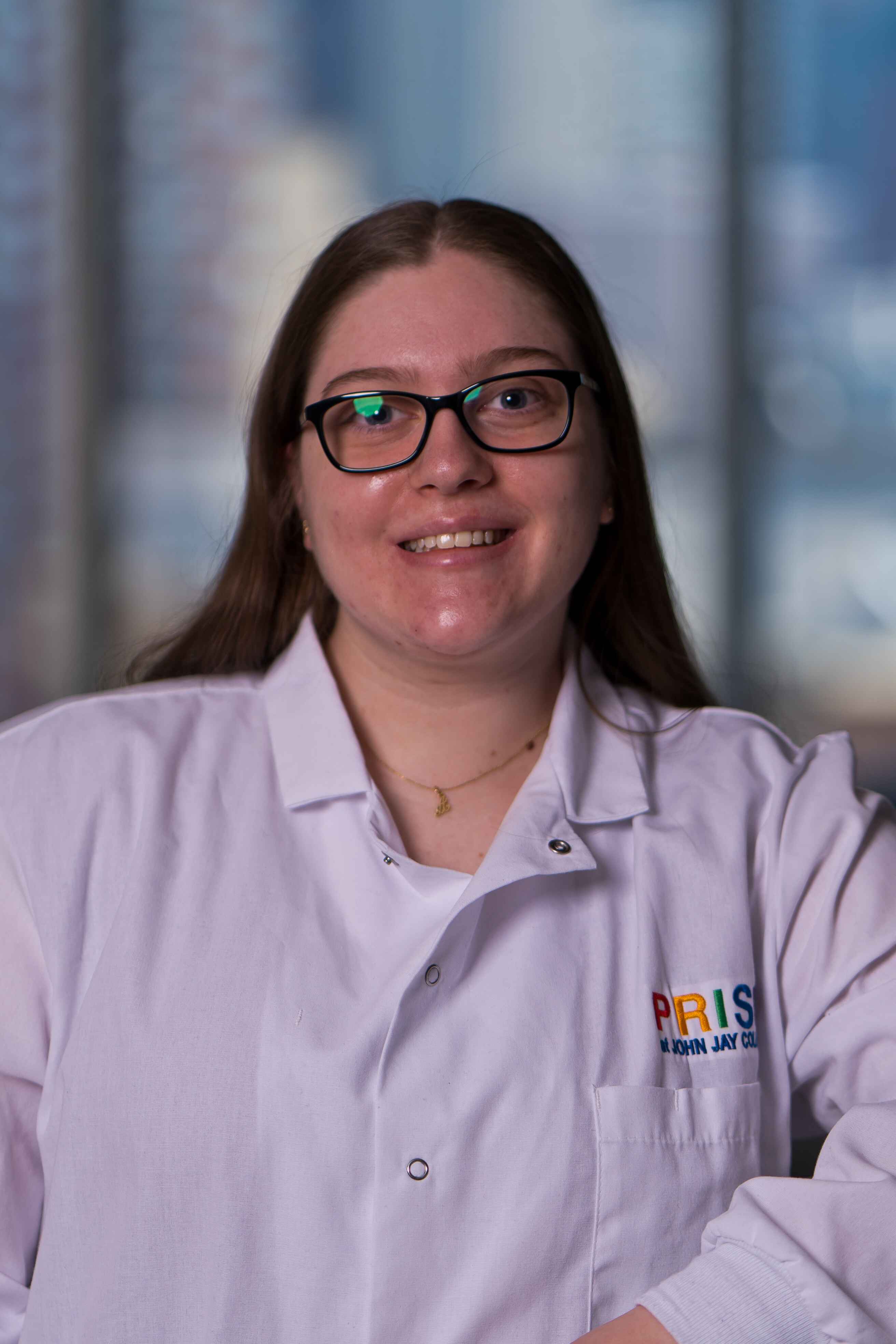
Major: Forensic Science
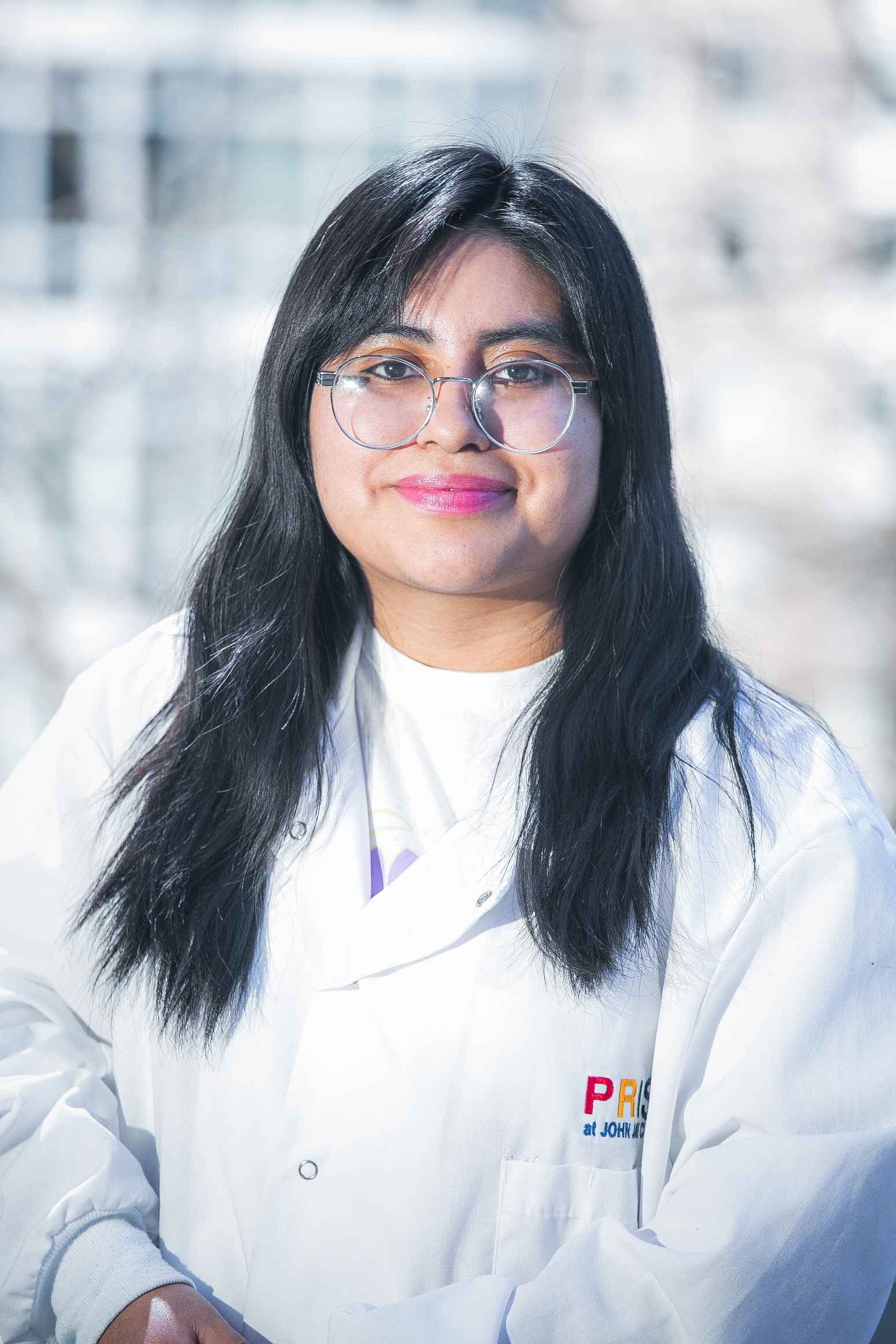
Major: Forensic Science

Major: MHC Cell and Molecular Biology
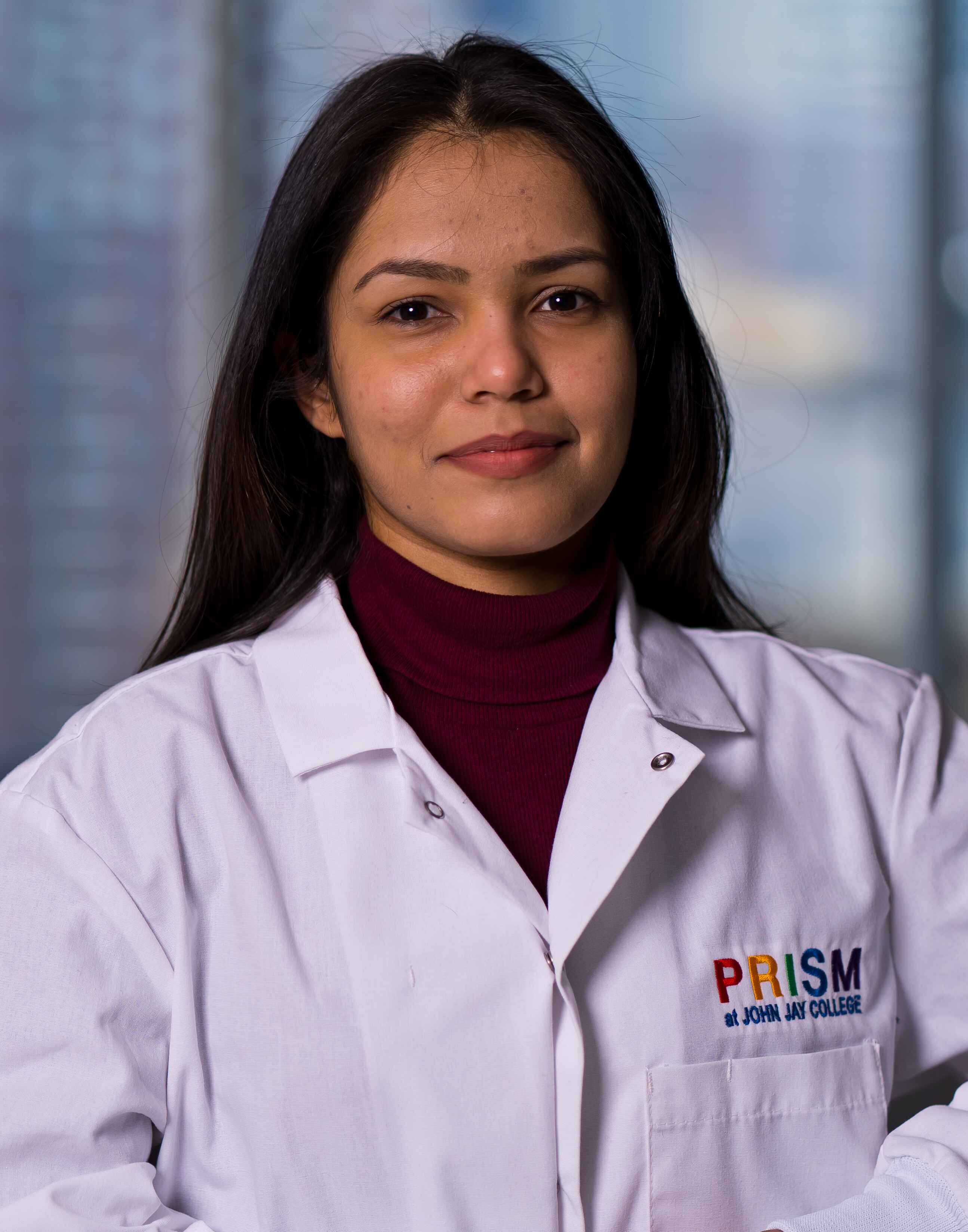
Major: Cell and Molecular Biology
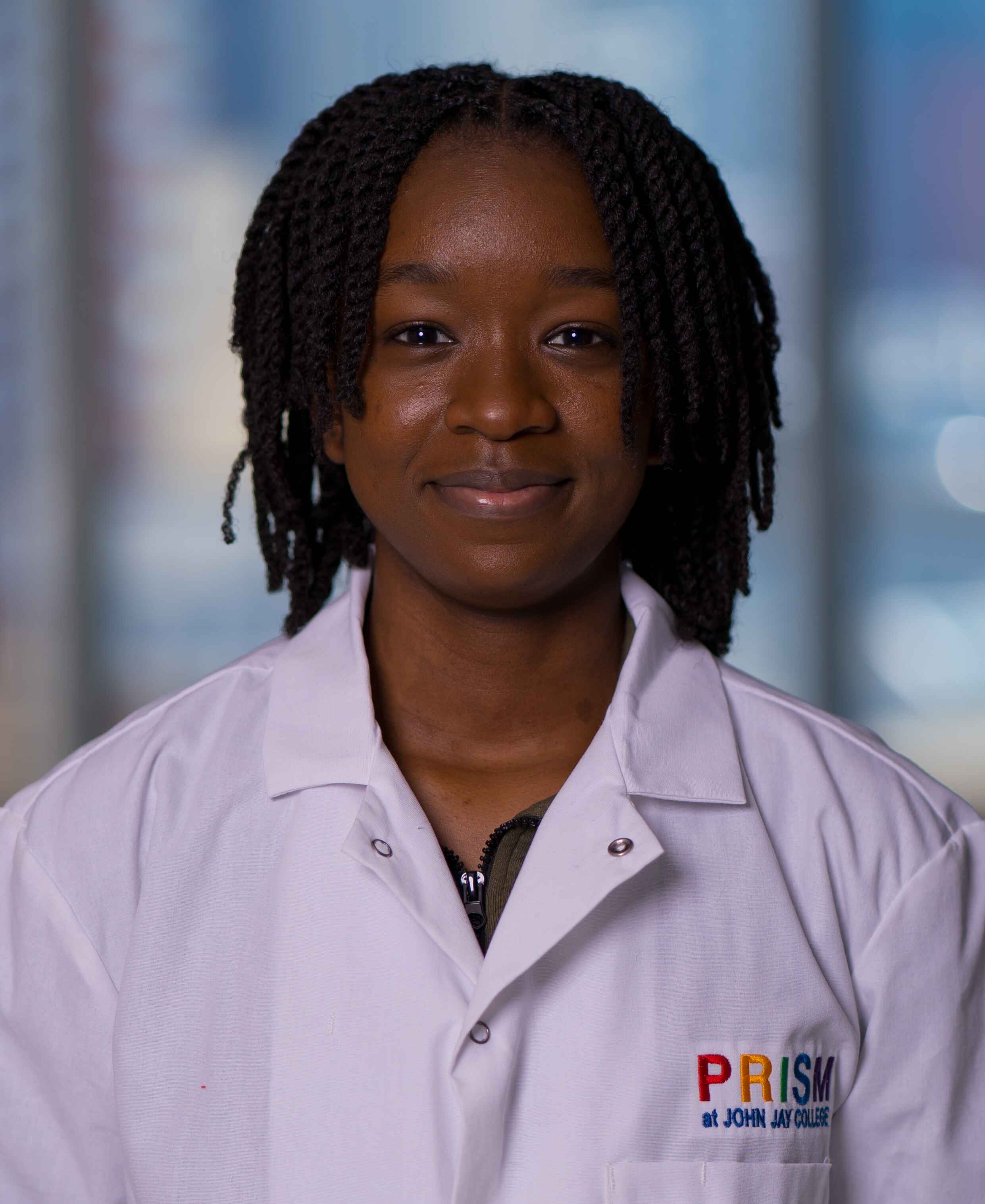
Major: Forensic Science

Major: Cell and Molecular Biology

Major: Cell and Molecular Biology

Major: Cell and Molecular Biology
2022 Graduates
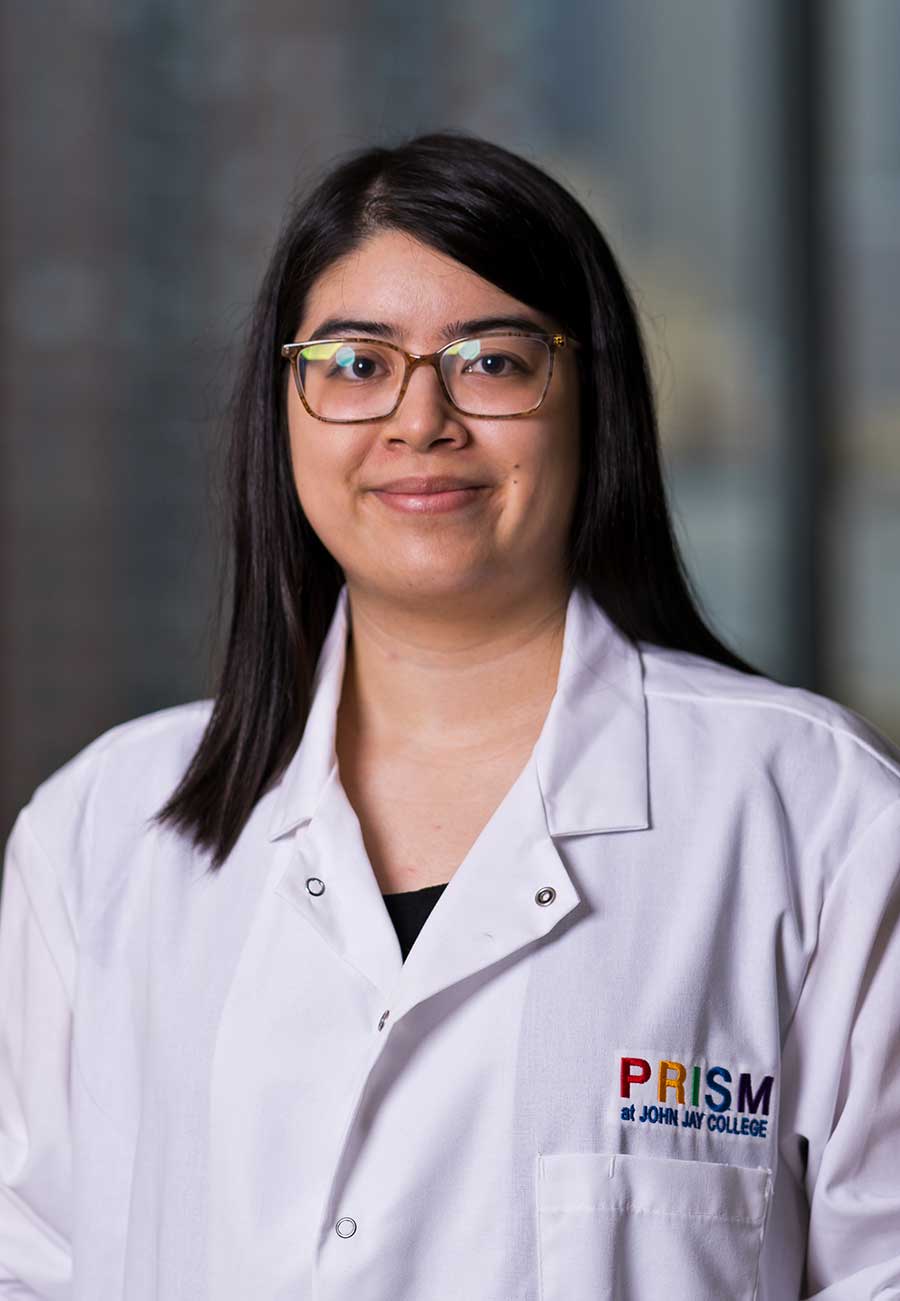
Major: Cell and Molecular Biology
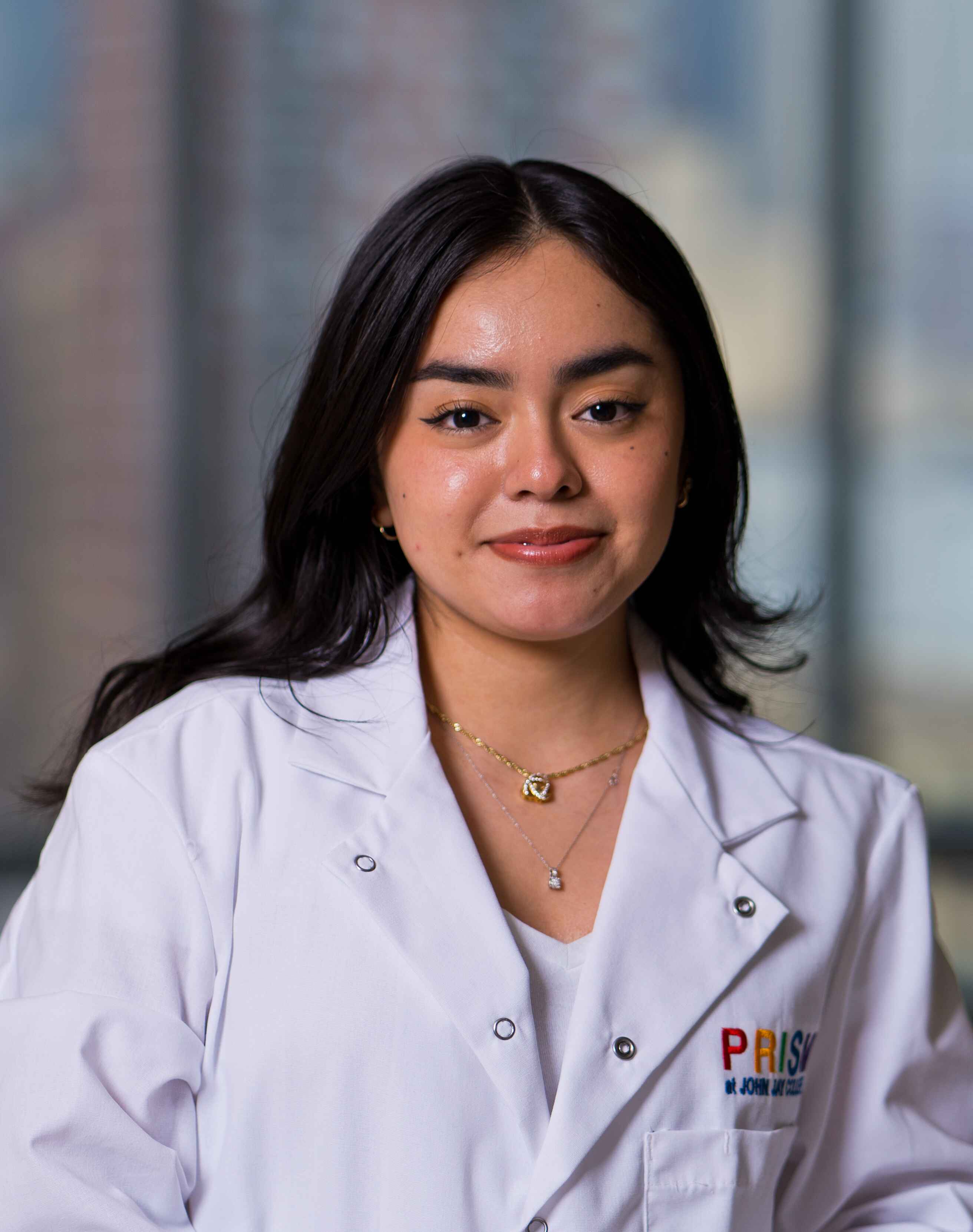
Major: Forensic Science

Major: Cell and Molecular Biology
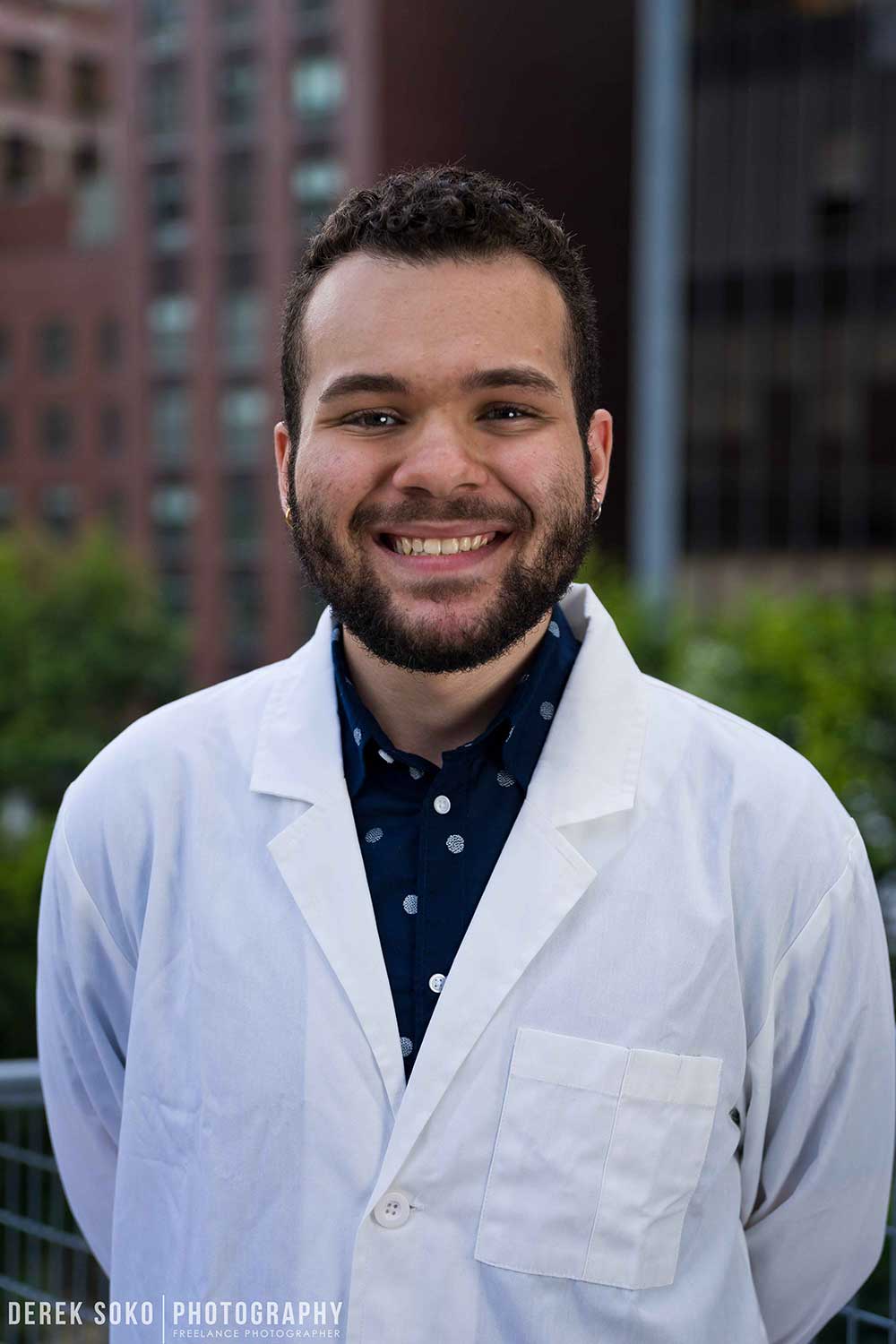
Major: Cell and Molecular Biology

Major: Cell and Molecular Biology
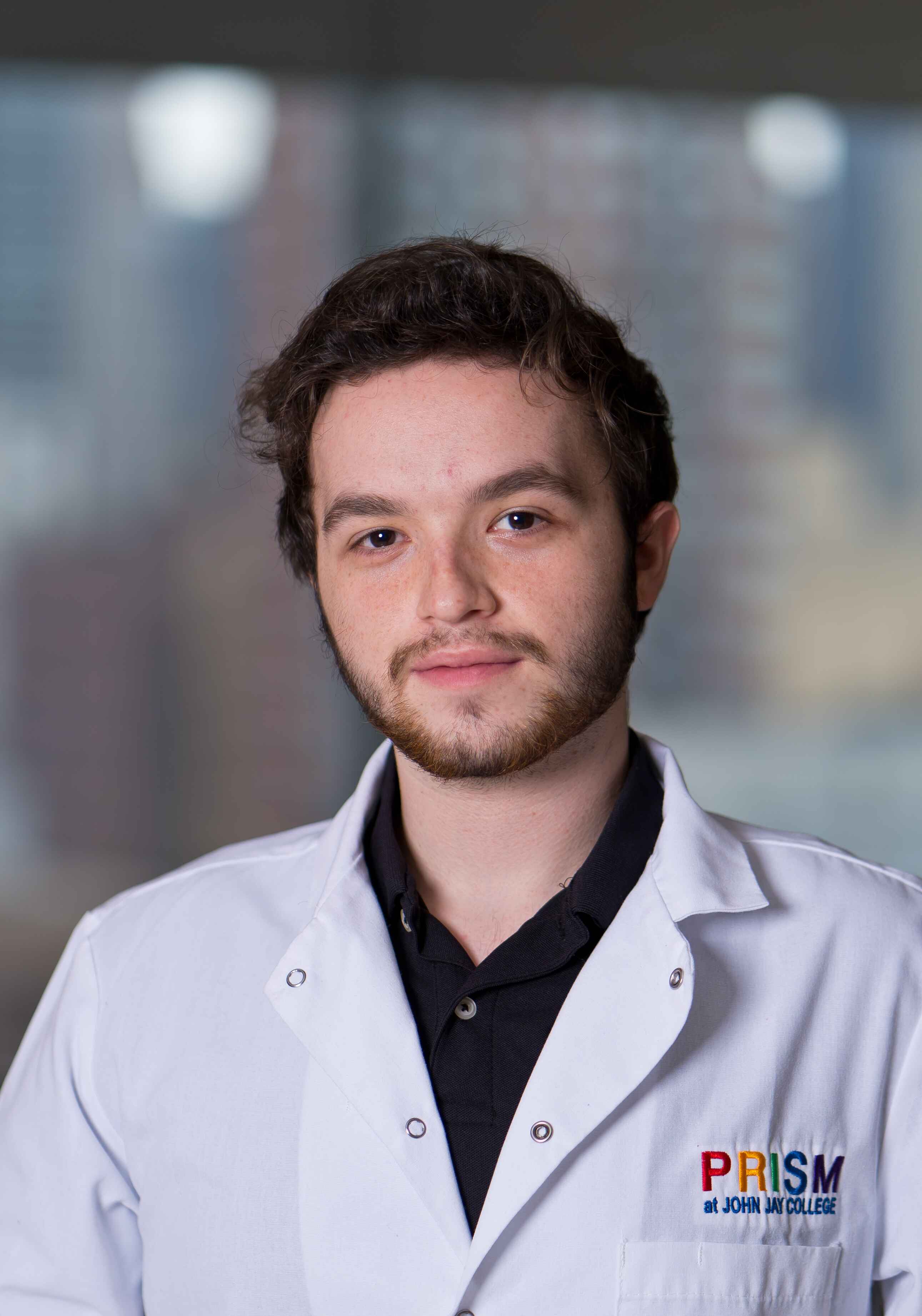
Major: Cell and Molecular Biology
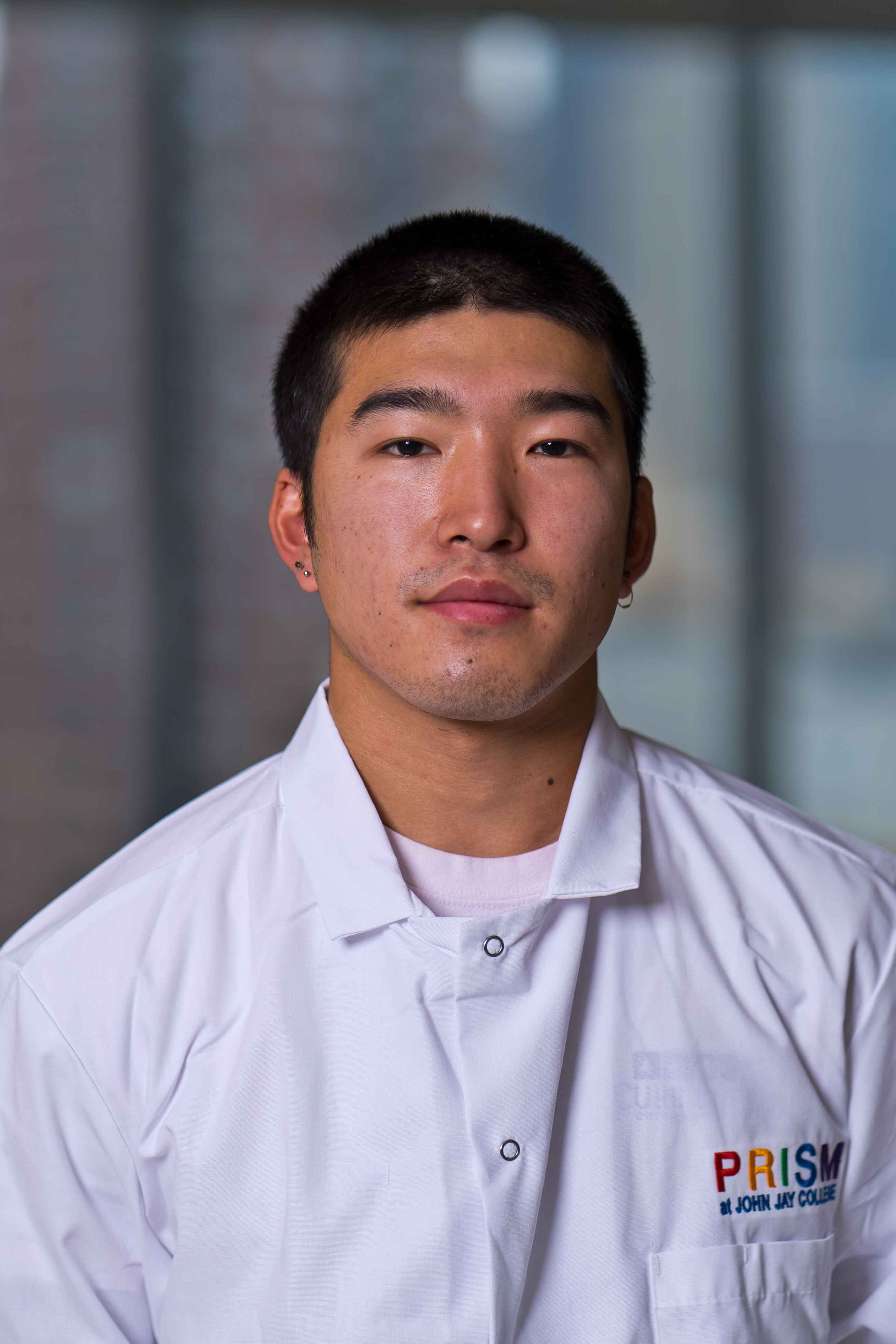
Major: Forensic Science
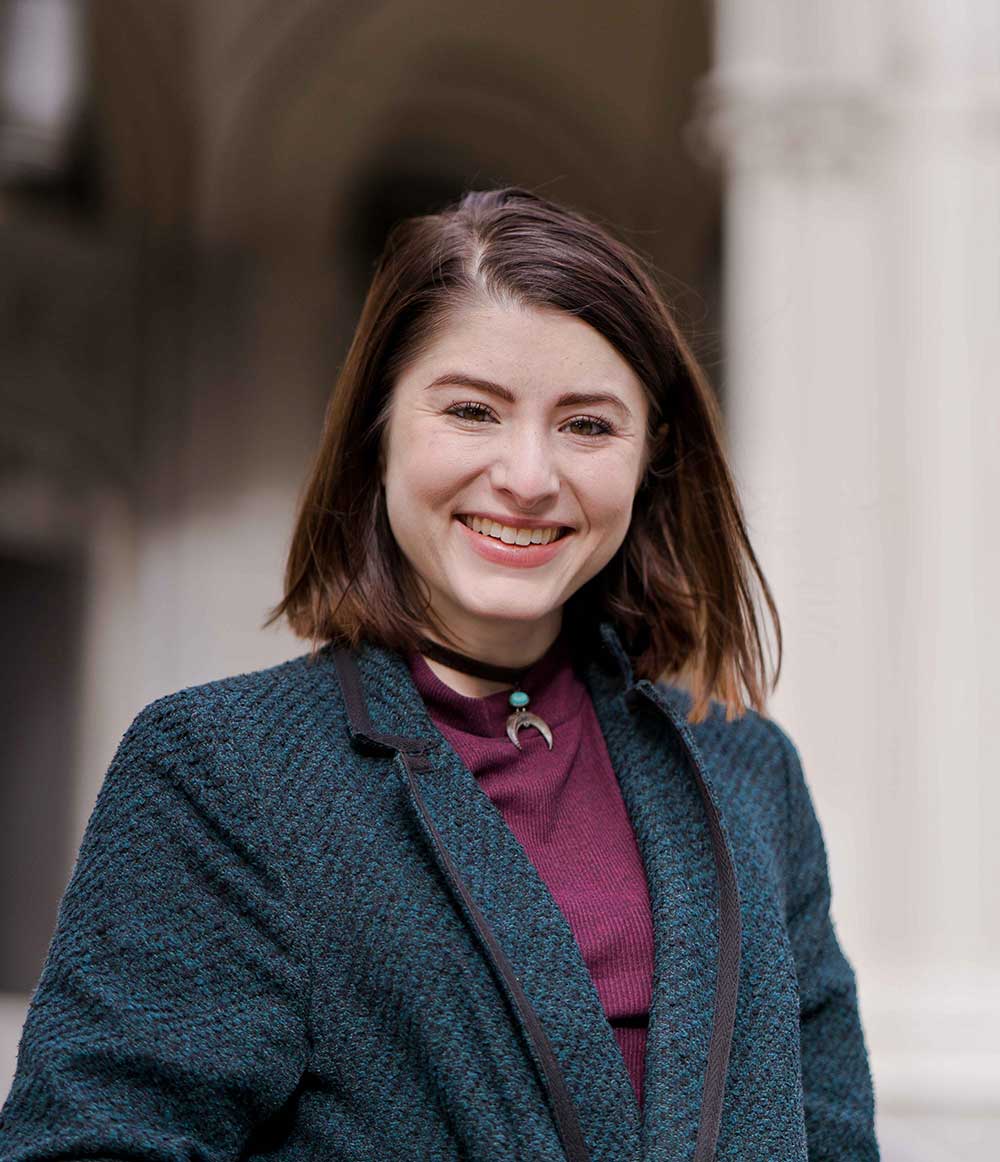
Major: Cell and Molecular Biology
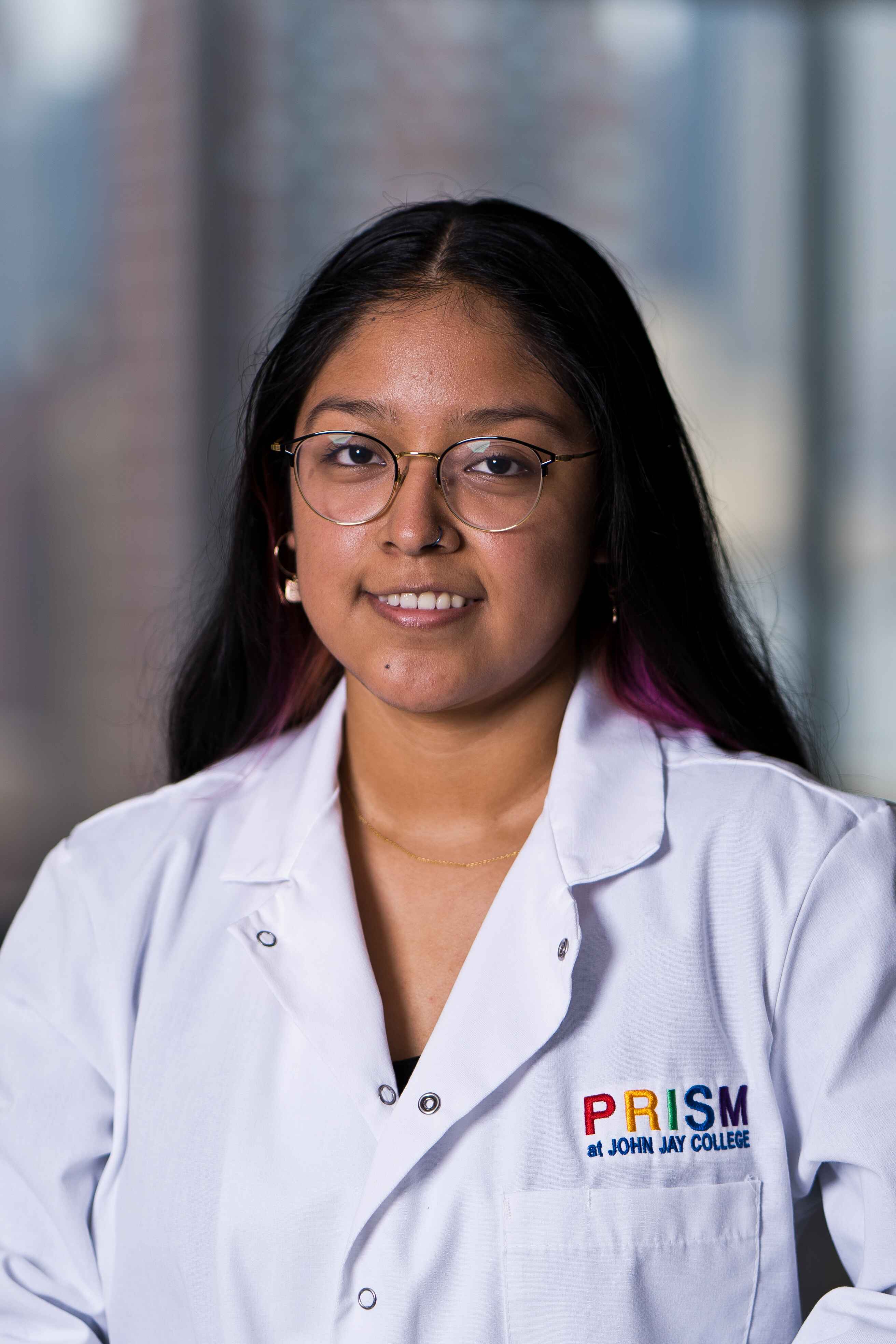
Major: Forensic Science
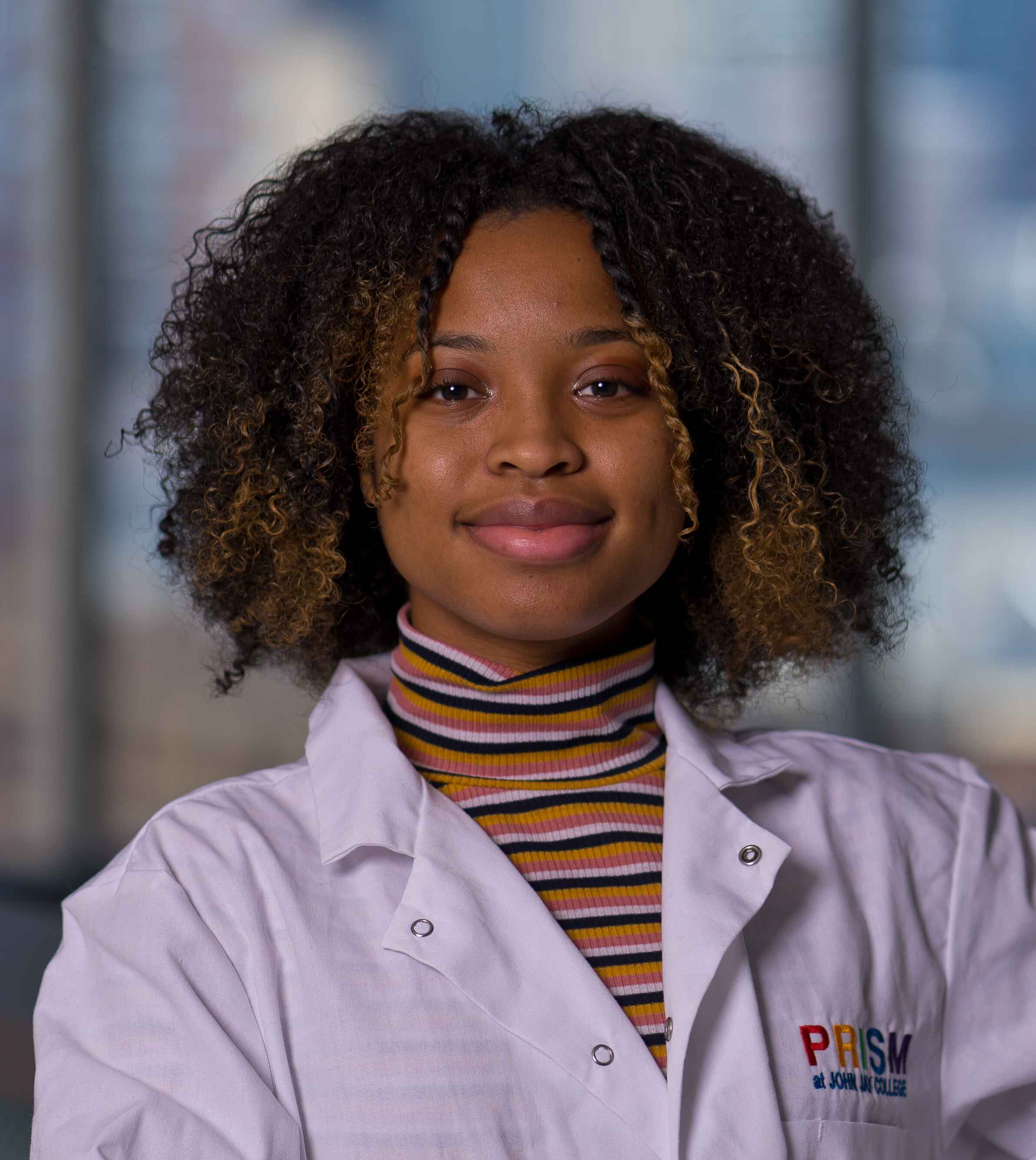
Major: Forensic Science
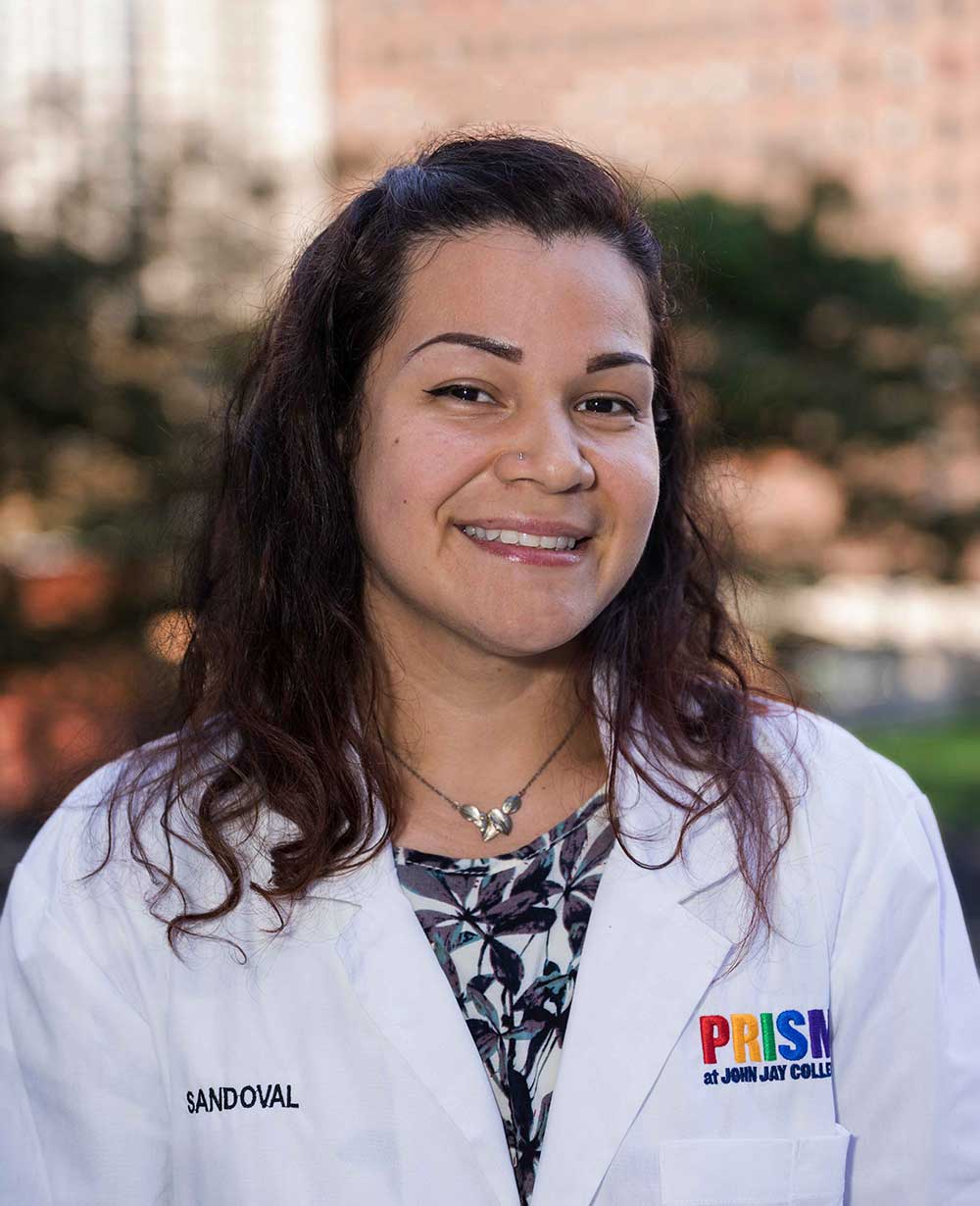
Major: Forensic Science

Major: Cell and Molecular Biology
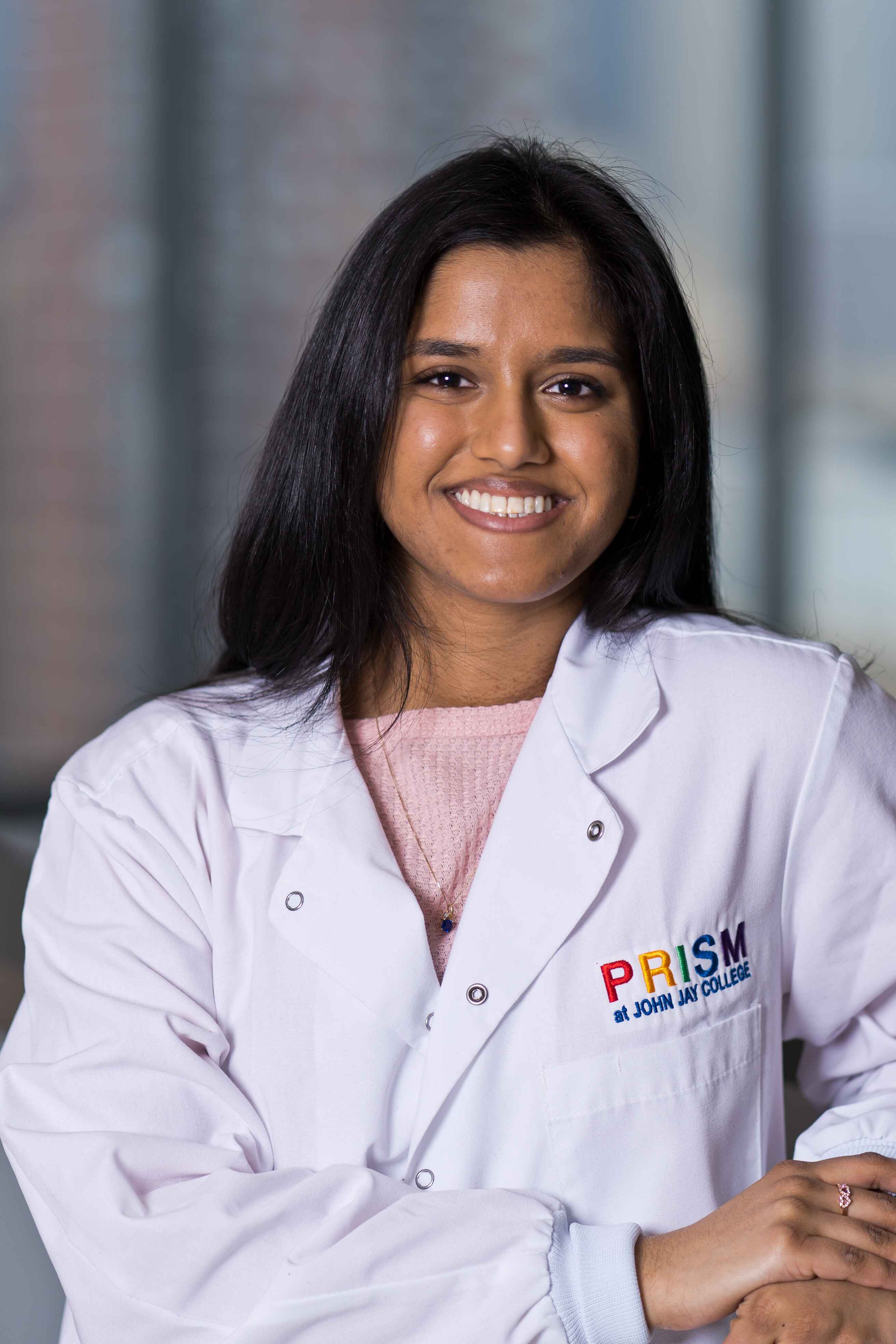
Major: Cell and Molecular Biology
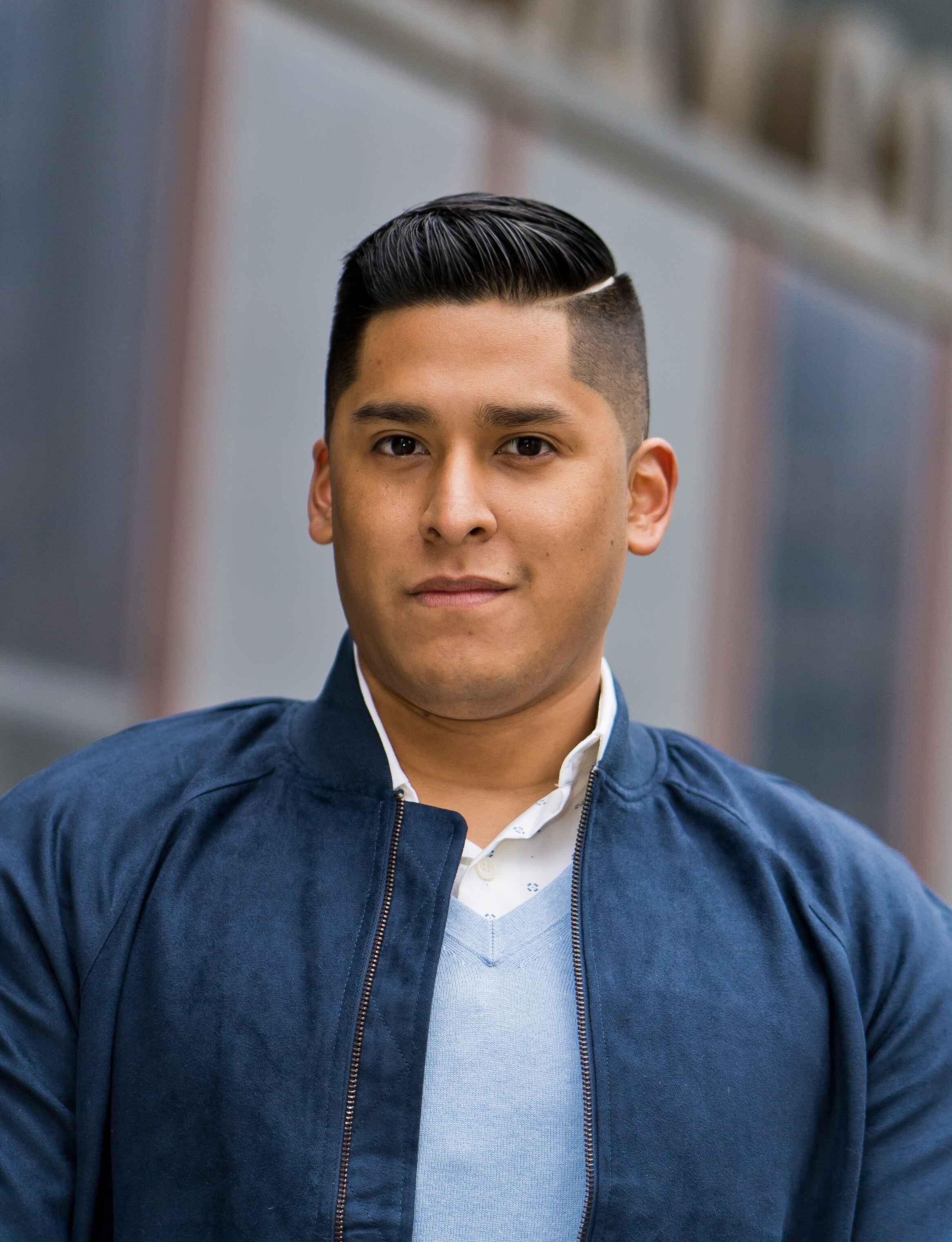
Major: Forensic Science

Major: Forensic Science

Major: Computer Science and Information Security
2021 Graduates
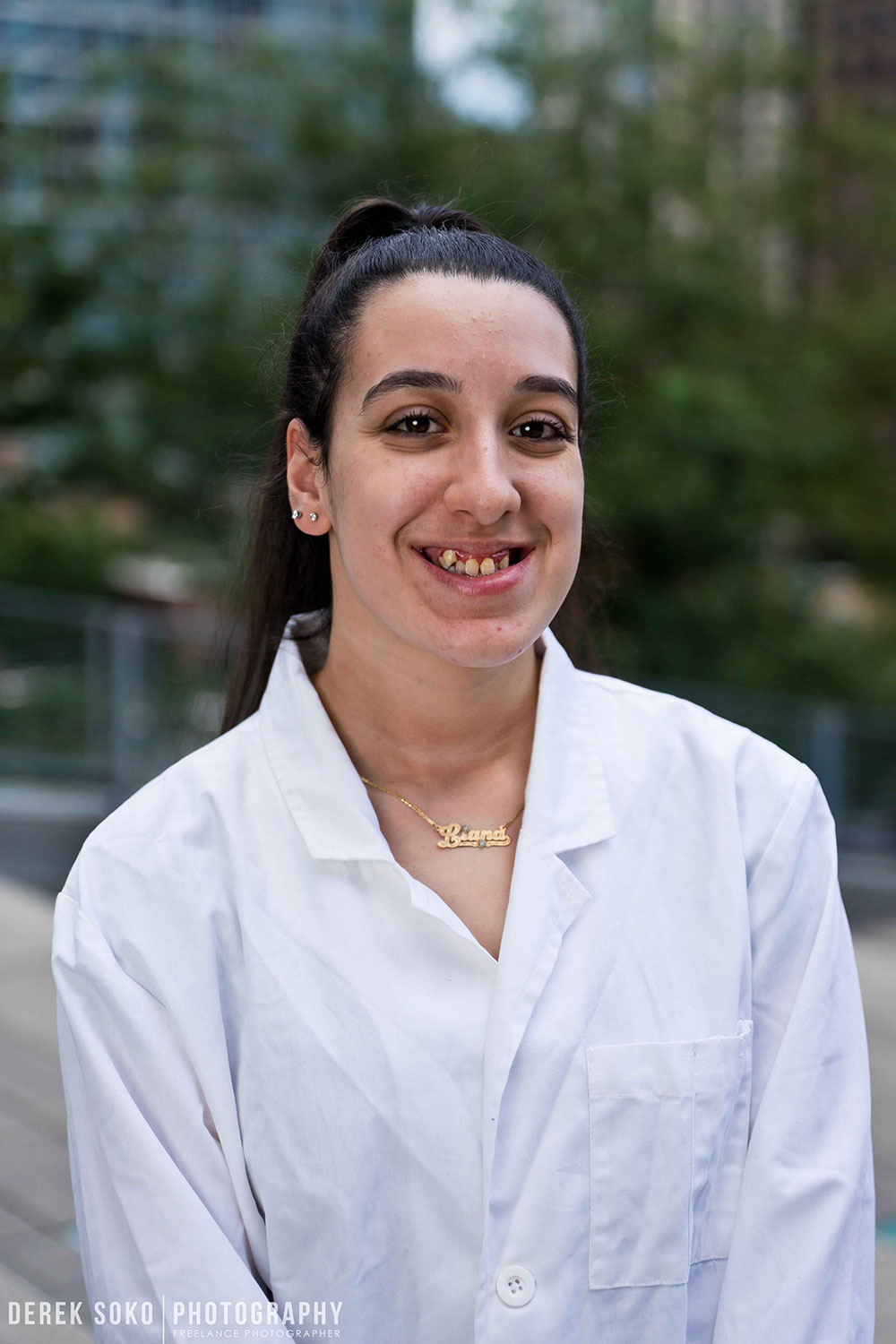
Major: Forensic Science
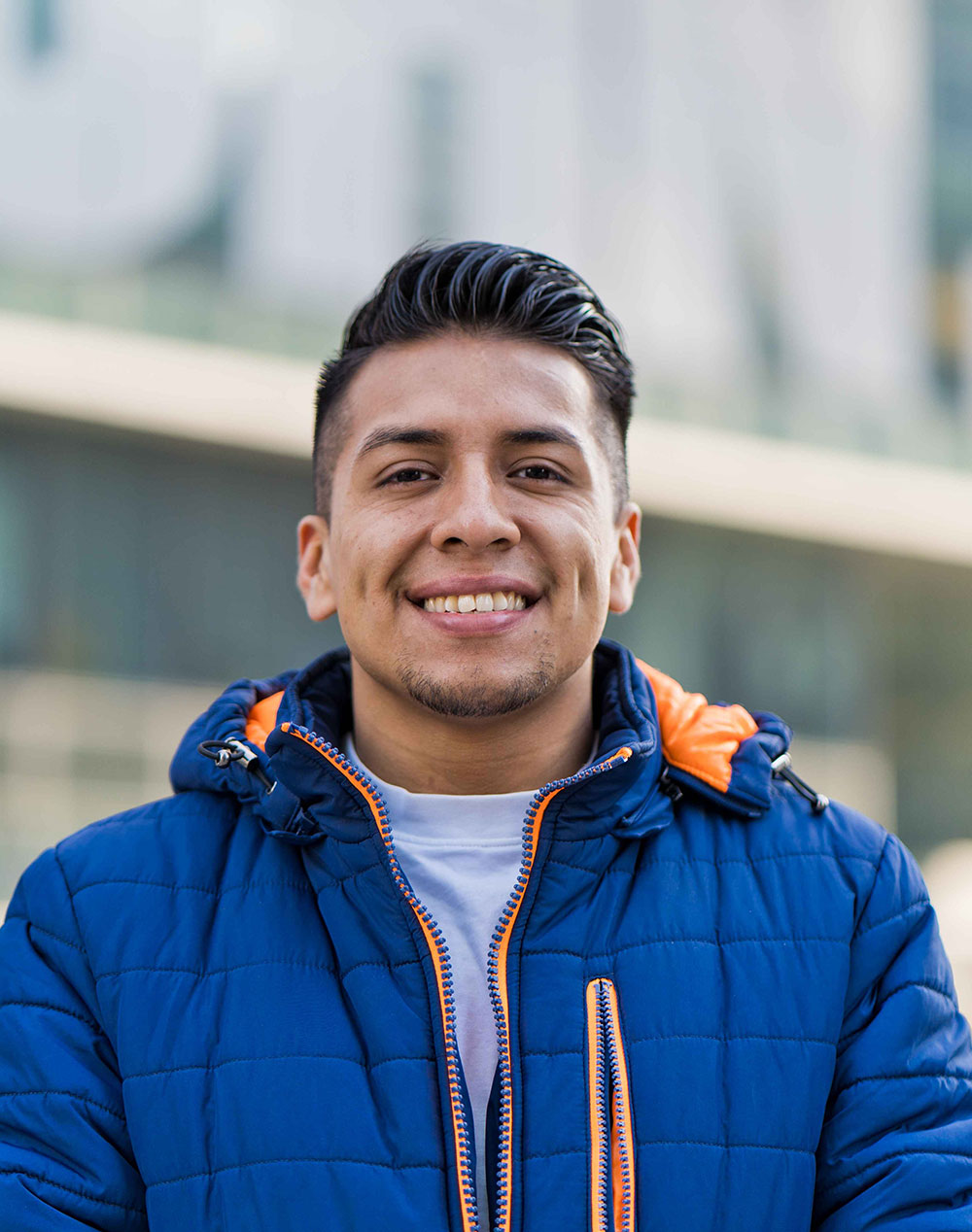
Major: Cell and Molecular Biology
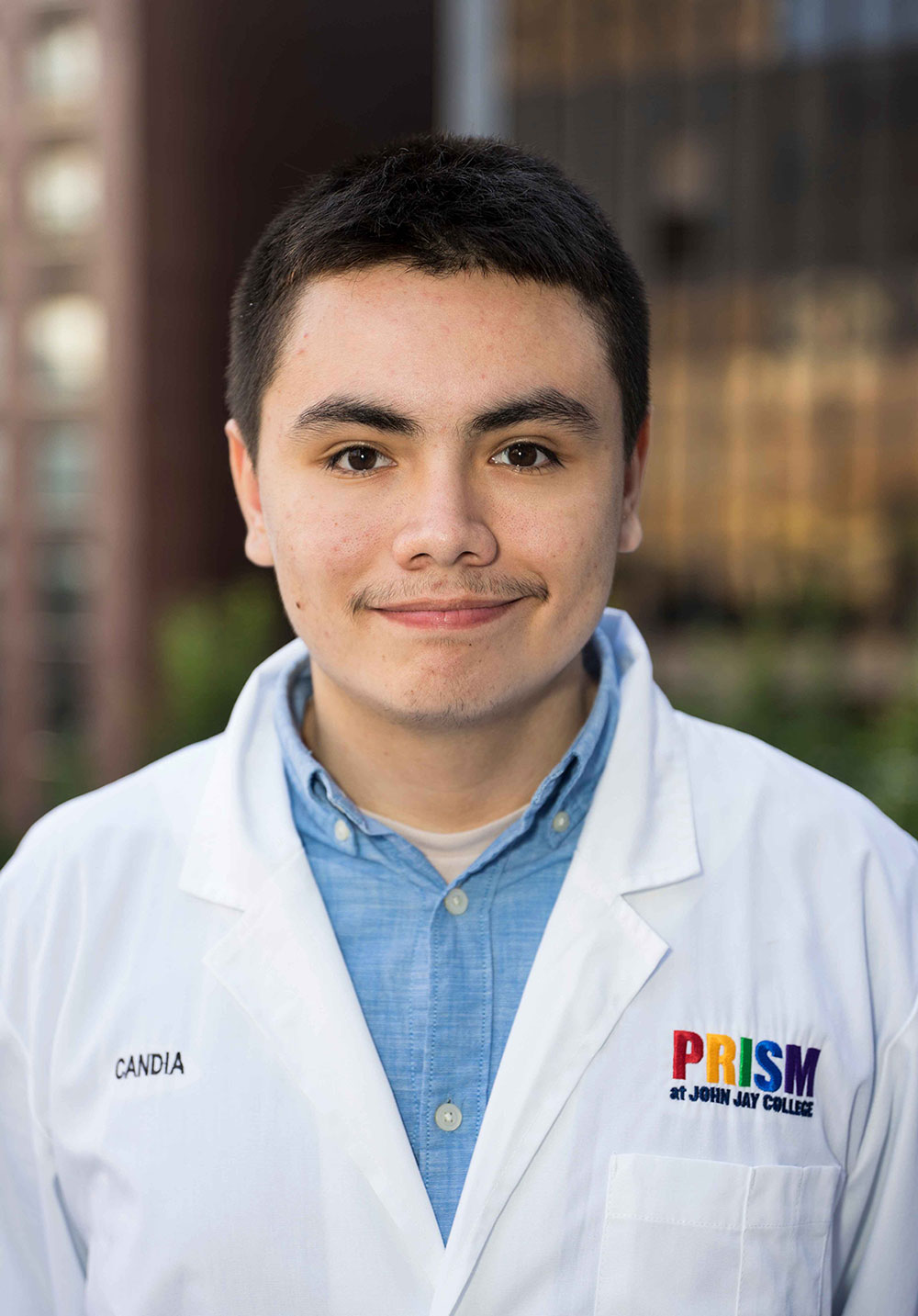
Major: Forensic Science
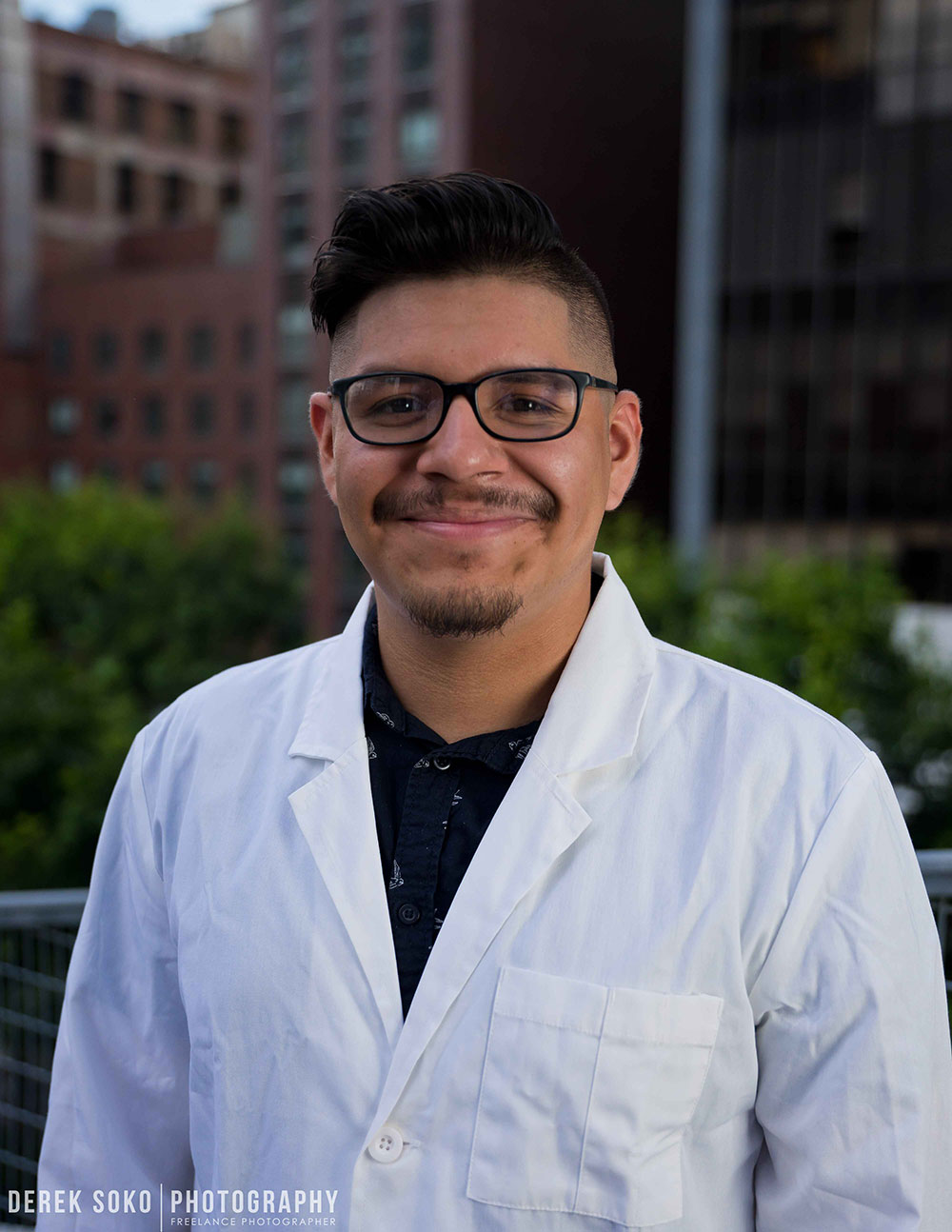
Major: Forensic Science
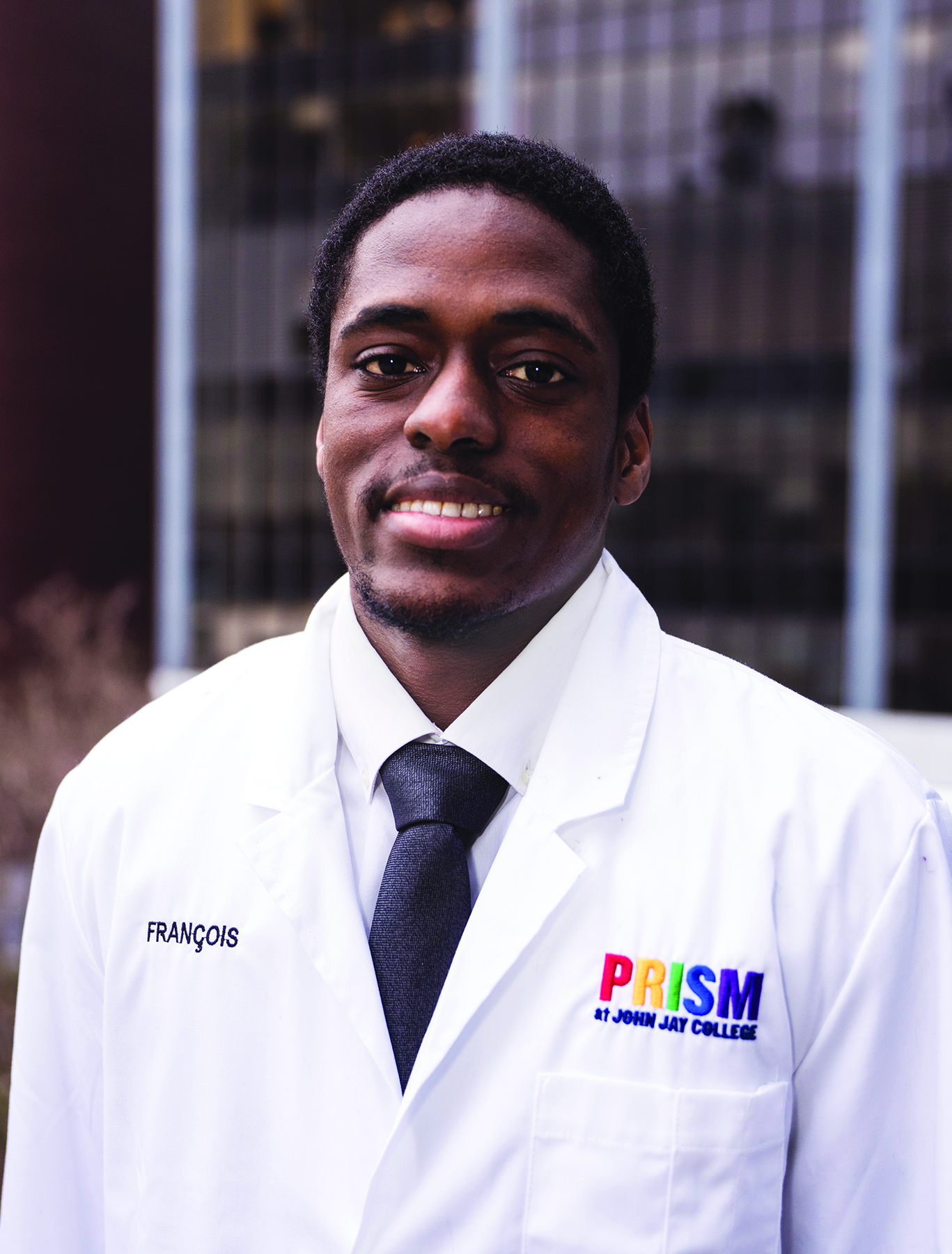
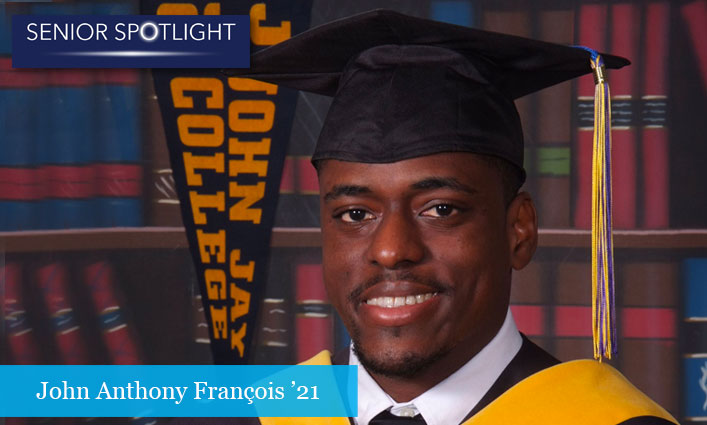
Senior Spotlight: After Overcoming Cancer, John Anthony François ’21 Heads to Stanford University with the Goal of Improving Cancer Treatment Outcomes
John Anthony François ’21, a Frederick Douglass Global Fellow and Honors, PRISM, and APPLE Corps graduating senior, is determined to improve the accessibility and outcomes of cancer treatments worldwide. After graduating with a bachelor’s degree in Cell and Molecular Biology from John Jay, François is headed to the West Coast where he’ll begin a fully funded, Ph.D. program in Immunology at Stanford University School of Medicine this fall. “I’m excited to conduct innovative cancer research at Stanford. My goal is to find less-invasive, more tolerable alternatives to the standard chemotherapy, radiation, and surgery that we use today,” says François, whose desire to make a positive change in the field of cancer research comes from his own lived experience. “I had Non-Hodgkin’s Lymphoma when I was 17 years old and had to get chemo,” he says. “Part of my treatment involved the use of monoclonal antibodies, which essentially tag cancer cells with markers that tell your immune system to destroy them. For me, it was an effective treatment and less harsh than chemo. That innovative approach is what piqued my interest in immunotherapy, and it’s why I want to study immunology. I want to find ways to ‘reprogram’ our immune systems to fight cancer.”
“My goal is to find less-invasive, more tolerable alternatives to the standard chemotherapy, radiation, and surgery we use today.” —John Anthony François
François’ passion for science and his intrinsic ability to research and find solutions made him a perfect fit for John Jay, where he was part of several cohort programs, conducted scientific research, and excelled academically. “Some of the factors that drew me to John Jay were the many experiential learning opportunities and support services the College offers its students to ensure their success,” he says. “Being part of the cohort programs is a testament to that support. Each one contributed to my development and facilitated my growth differently.” APPLE Corps eased his transition to the College and showed him how to focus on coursework. PRISM helped him grow as a researcher and scientist. And, the Honors Program expanded his views of social justice issues and the world.
“The Honors trip to Alabama was life changing in many ways. I was able to connect with my roots and walk in the steps of the late Congressman John Lewis and other Civil Rights giants who bravely fought for racial equality.” —John Anthony François
One particularly transformative Honors experience for François was the Honors Alabama Civil Rights trip in January 2020, where he and members of the Honors Program visited Civil Rights landmarks and museums in Montgomery, and Selma, Alabama. “The Honors trip to Alabama was life changing in so many ways. I was able to connect with my roots and walk in the steps of the late Congressman John Lewis and other Civil Rights giants who bravely fought for racial equality. Learning more about Bloody Sunday on the Edmund Pettus Bridge in 1965 and visiting the Equal Justice Initiative’s Legacy Museum and the National Memorial for Peace and Justice was an eye-opening and invaluable experience for me. The trip invoked very strong emotional responses in me. I was upset, angry, sad, and felt a sense of hopelessness,” he says. “But I also felt strengthened and renewed.” We connected with François to learn more about his John Jay journey and his hopes for future research.
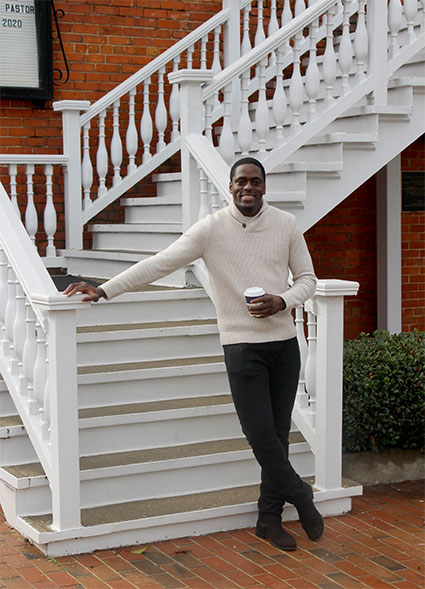
What was life like before John Jay?
I grew up in the beautiful island of St. Lucia where I would spend my days exploring the island and nature. I would ride my bike around my neighborhood, climb guava and mango trees, go to the beach, play sports, and go to school. I’m thankful I grew up in St. Lucia because the natural environment nurtured my curiosity, which led to my interest in science and taught me the value of exploring.
“I’m thankful I grew up in St. Lucia because the natural environment nurtured my curiosity, which led to my interest in science and taught me the value of exploring.” —John Anthony François
What made you want to come to John Jay?
After moving to New York, getting a college degree was the next step for me. I initially saw an advertisement for John Jay on a train while running errands with my father. When I got home, I looked up the College and noticed that there was a degree in Cell and Molecular Biology, which is exactly what I wanted to study because of my interest in cancer research. That, combined with the incredible financial and academic support I could receive—as well as the opportunity to play on the men’s volleyball team—really made the College stand out. I knew coming to John Jay was absolutely the best decision for me.
Research played a vital role during your John Jay experience. Do you have a favorite memory from your time with PRISM?
As a PRISM student, I saw myself really develop as a researcher. I was a member of Dr. Lissette Degaldo-Cruzata’s lab where I studied the epigenetic regulation of neuropathic pain and neuropathy-related cellular pathways in mice and human beings—that was an invaluable learning experience. But my most memorable experience with PRISM would have to be when I attended SACNAS, the national diversity in STEM conference, with my lab mates and other PRISM undergraduate researchers in 2019. The experience of being around such a large number of people who had genuine passions for research in their respective fields was inspiring. My work was also recognized. I won the Outstanding Undergraduate Research Presentation Award for my communication skills and research achievements in the field of Cell/Molecular Biology.
What academic achievement are your particularly proud of accomplishing?
I’m really proud of being named a Frederick Douglass Global Fellow in 2019. The fellowship experience gave me the opportunity to study abroad in London, experience a new culture, and meet new people. During the fellowship, we traveled to Belfast in Northern Ireland to learn more about Frederick Douglass and his journey to Ireland at the end of 1845. A big theme throughout the fellowship was learning more about yourself while you experience a culture that is very different from your own. The trip opened my eyes to the different social justice views and how I can be a force for positive change in society.
“I want for us to get to the point where we won’t need chemo drugs. Instead, we’ll be able to rely entirely on reprogramming our immune system to treat and defeat the cancer.” —John Anthony François
What do you hope to do after you graduate from John Jay? Why have you decided on this career plan or graduate school?
After I graduate from John Jay, I’ll be pursuing my Ph.D. in Immunology under the Biosciences Program at the Stanford University School of Medicine. At Stanford, they have multiple labs that I can see myself thriving in and working on interesting research projects and immunotherapy development. I have always wanted to find ways to improve cancer treatment and make treatment more tolerable and easier on the body. I want for us to get to the point where we won’t need chemo drugs. Instead, we’ll be able to rely entirely on reprogramming our immune system to treat and defeat the cancer.
I’m also hoping to ameliorate cancer care in St. Lucia. When I was undergoing treatment, I had to travel from St. Lucia to Martinique for chemotherapy every three weeks because our island wasn’t equipped to provide treatment. I did that for six months. During my hospital visits, I noted how many people simply couldn’t afford to move back and forth the way I did, and that to me wasn’t right. Everyone should have access to life-saving treatment. One of my ultimate goals in life is to make cancer treatment accessible in St. Lucia. I’d love to develop clinics and maybe build a new hospital on the island one day.
“Coming to John Jay changed my life, made me a better person and researcher, and put me on the path to success.” —John Anthony François
Please finish this sentence: Because of John Jay…
Because of John Jay, I have grown exponentially as an individual and I’m a huge step closer to achieving my life goals. The experiences I’ve had at John Jay and the people I’ve met at the College will forever stay with me. Coming to John Jay changed my life, made me a better person and researcher, and put me on the path to success.
Major: Cell and Molecular Biology
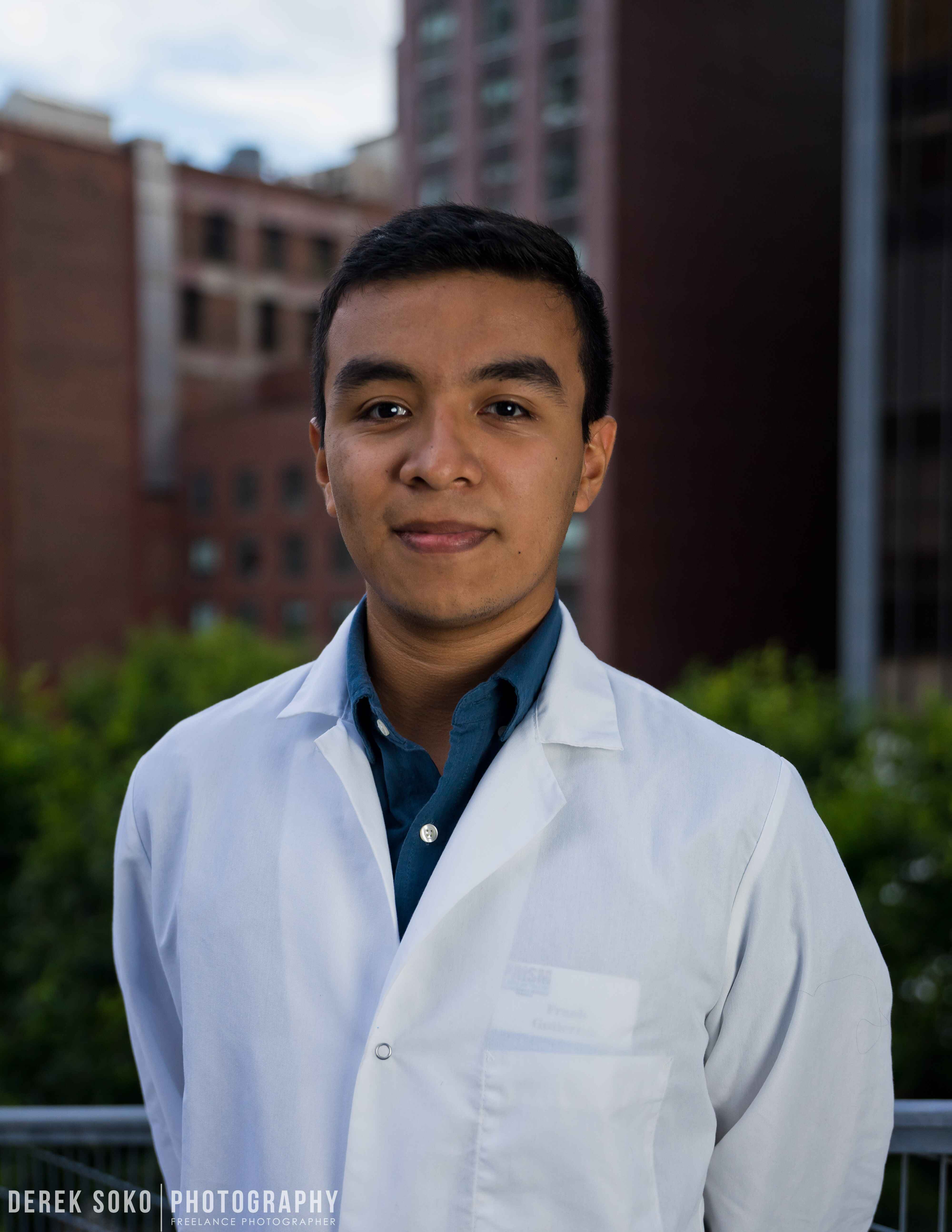
Major: MHC Forensic Science
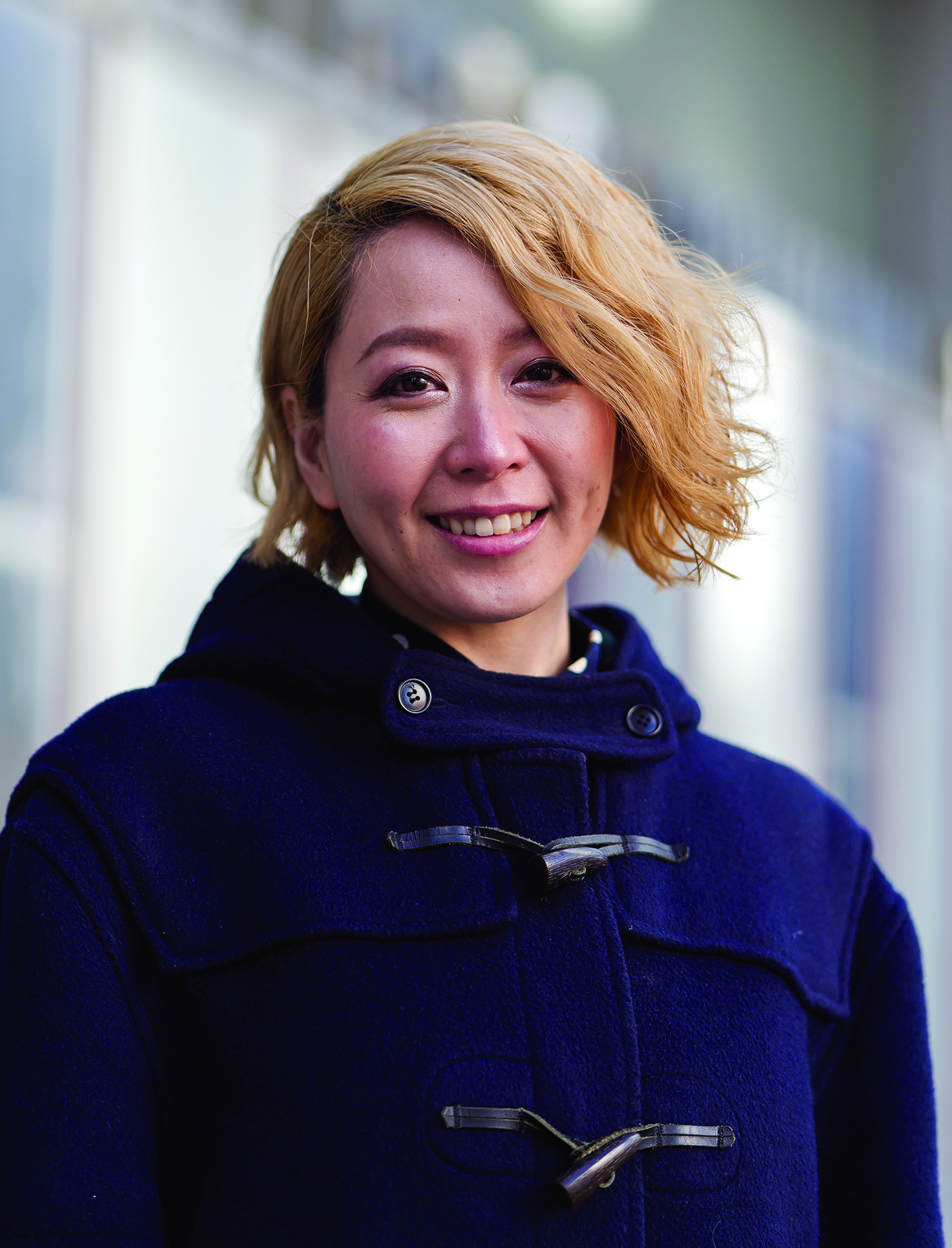
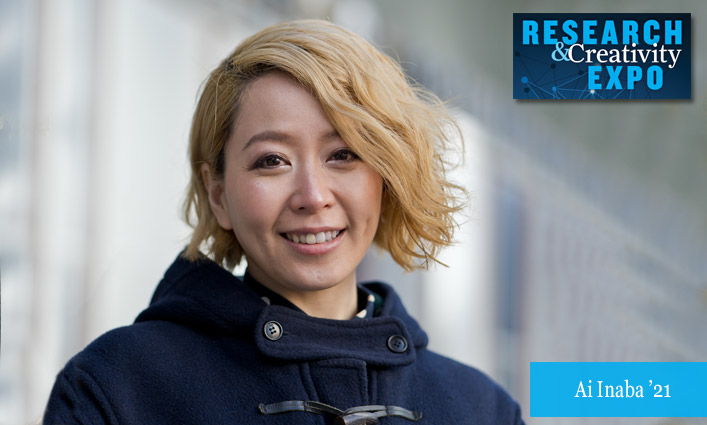
Research & Creativity Expo 2021: Ai Inaba ’21 Researches Synthetic Peptide that Could Inhibit Deadly Toxin Ricin Used in Biological Weapons
John Jay College deeply values the power of data. Research is an integral part of our institutional mission, and as a society, we rely on data to help guide our perspectives and policies. It’s this dedication to research that underpins our excitement about the 2021 Research & Creativity Expo, April 28 – May 7. At this annual event—which will be presented through a variety of online platforms due to the pandemic—we have the opportunity to see some of the research projects that our students have been working on for a semester, or even a full academic year, with the collaboration and guidance of our dedicated faculty. The students’ research projects cover a wide range of disciplines and methodologies, and they skillfully examine questions and concerns that directly impact our communities. In short: Our Research & Creativity Expo is a celebration of John Jay’s thriving research community.
If you’re not in the scientific community, and you’re not up on the latest measures being studied to combat terrorism and biological weapons, you might not know what ricin is, but Ai Inaba ’21 and Biochemistry Assistant Professor Artem V. Domashevskiy, Ph.D. have been spending a lot of time researching ways to prevent this deadly toxin from being used as a chemical/biological warfare agent. Historically, ricin, a plant toxin from the castor bean plant, has been implicated in several animal and human poisonings. “Our research project focuses on the development of a synthetic peptide that may be used as an efficient inhibitor against ricin,” says Inaba, a John Jay Rising Star Fellowship awardee and a scholar from the U.S.-Japan Council Watanabe Study Abroad Program. She further explains that “the castor bean plant employs the ricin toxin to defend itself from being eaten by animals, including humans.” We were thrilled to connect with Inaba to get a deeper dive into this important scientific research.
Your research with Professor Domashevskiy is truly fascinating. Can you talk a little more about the development of the peptide that could inhibit ricin?
Well, there’s a member of the genus Potyvirus, the turnip mosaic virus (TuMV), that is thought to have an evolutionary advantage that aids the virus in overcoming the plant defense mechanisms of some virus-resistant plants, such as pokeweed. The TuMV genome includes a small viral genome-linked protein (VPg) that binds to and inhibits the activities of these plant toxins, allowing the virus to promote its viral replication and infection cycle.
Professor Domashevskiy, my research advisor, has conducted the preliminary research and demonstrated that VPg inhibits the activity of ricin and similar toxins. My project involves investigations into the protein-protein interaction between VPg and a catalytic subunit of ricin (RTA) and includes the engineering of a VPg peptide that possesses an inhibitory effect on ricin toxin. The goal of our research is to develop an effective treatment against ricin poisoning. Our findings may lead to a design of novel therapeutics against ricin poisoning, and other related cytotoxic biological agents, like Shigella-like toxins.
“The goal of our research is to develop an effective treatment against ricin poisoning. Our findings may lead to a design of novel therapeutics against ricin poisoning, and other related cytotoxic biological agents.” —Ai Inaba
What was the research process like? What was your research methodology?
My research at Dr. Domashevskiy’s lab began with studying the history of ricin. I started reviewing existing literature, including Dr. Domashevskiy’s publications, to learn about ricin, VPg, and methods employed in our research. As a Program for Research Initiatives in Science and Math (PRISM) scholar, I had a head start attending numerous summer workshops, where I learned the principles of basic research techniques. Additionally, I have gained knowledge by reading scientific literature, interpreting research data, and conducting my own research. Throughout my studies, it was impressed upon me to never forget the impact science can have on society, including our own scientific community. Through PRISM, I have also learned how to write grant proposals. I have written my research proposal with the research aims and experimental procedures, which is currently happening remotely due to the ongoing pandemic. I have actively learned essential biochemistry techniques that are necessary for our research, so that we can jumpstart the experiments once we return to the laboratory.
“As a Program for Research Initiatives in Science and Math (PRISM) scholar, I had a head start attending numerous summer workshops, where I learned the principles of basic research techniques.” —Ai Inaba
Our research plan is to employ site-directed mutagenesis and create truncated VPg peptide variants that we hypothesize will have the greatest binding and inhibitory effect on ricin. Then, we will conduct a quantitative analysis of our results by using fluorescence assays and high-performance liquid chromatography separation to identify the VPg variant with the most efficient inhibitory activity on ricin. We will use molecular modeling and docking analysis and X-ray crystallography to solve the 3D structure of the ricin-VPg complex to study the interaction further.
Ultimately, we expect to create a VPg variant that has a minimum amino acid sequence, higher binding affinity and specificity, and greater inhibitory effect on ricin toxicity. The long-term goal of our proposed research is to develop a synthetic peptide that can be used as an optimal inhibitor of ricin toxin.
Was there a special professor that helped you in your research? How did they guide you and what were they particularly helpful with as you progressed in your research?
I cannot choose one since so many dedicated and amazing professors at John Jay guided me through my research project. However, I would still like to honor three special professors: my mentor Dr. Domashevskiy, and the PRISM co-directors Dr. Sanguineti, who I call “Dr. G,” and Dr. Sanabria-Valentín, “Dr. Ed,” who supported me throughout my research project.
Dr. Domashevskiy is the best mentor ever. He has not only taught me the techniques of biochemistry research, but also prepared me for my graduate studies, always making sure I understand every step and detail. I am so grateful for the mentorship he has given me. Dr. G guided me on how to write strong science proposals. I will never forget how glad I was when she told me that I did an excellent job on my statement and said, “It was a pleasure to read your research statement.” Her recognition of my effort made me feel that I was becoming a scientist. Dr. Ed always gave me helpful advice and cared about my success with the project. He works very hard to maximize the potential of his students. He was the one who believed in me, and I am so grateful to have him as my professor.
What were the most challenging aspects of conducting this research? What were the most rewarding aspects?
My research is highly interdisciplinary, involving biochemistry, molecular biology, virology, and pathogenesis. Understanding the principles of research and biochemical techniques without conducting actual experiments and generating the raw data was challenging. For the same reason, I faced difficulties many times when designing and establishing the strategies to answer the research questions without physically being exposed to the research in the laboratory. However, my mentor and the PRISM directors helped me to overcome all of them, and ultimately, I wrote my own research proposal.
“I faced difficulties many times when designing and establishing the strategies to answer the research questions without physically being exposed to the research in the laboratory. However, my mentor and the PRISM directors helped me to overcome all of them.” —Ai Inaba
With my posters and our preliminary data, I have attended various conferences and presented my future plan at the 2020 Biomedical Research Symposium at Icahn School of Medicine at Mount Sinai, the 2021 SACNAS New England Regional Conference hosted by Harvard University, and the 2021 PRISM Research Symposium. It was absolutely one of the most rewarding moments in my research to present my work and to have feedback provided to me on my oral presentations from professors at top research universities and to connect with many scientists from various fields.
As a college focused on justice, how does your research help move the needle forward on justice issues? How do you hope your research is used?
We are working on the development of a therapeutic peptide against plant toxin ricin that is recognized as a category B biological agent. Our mission is very important because our research will not only help design therapeutics to treat or prevent the poisoning, but most importantly, it will also help keep the toxin from being an attractive compound as a bioweapon. I hope my research is used to help develop novel and more effective treatments against ricin and other related toxins and ultimately provide an advanced strategy against the use of these deadly toxins as agents of bioterrorism, all of which will lead to making a safer environment.
In five years, what do you hope you’ll be doing?
In five years, I will be working on my dissertation to pursue my Ph.D. degree. In the future, I hope to become a university professor, conducting independent research and mentoring students from various backgrounds including minority, underrepresented groups, women, and international students.
“I made the best decision ever to attend John Jay College and will forever be proud of being a student and a graduate of John Jay College.” —Ai Inaba
Can you finish this sentence? Because of John Jay...
Because of John Jay and PRISM, I have been presented with invaluable opportunities to gain knowledge, critical research and problem-solving skills, and professional and personal development as a scientist. I have built great relationships with mentors and professors that I hope to keep for my lifetime. I made the best decision ever to attend John Jay College and will forever be proud of being a student and a graduate of John Jay College.
Major: Cell/Cellular and Molecular Biology

Major: Forensic Science BS
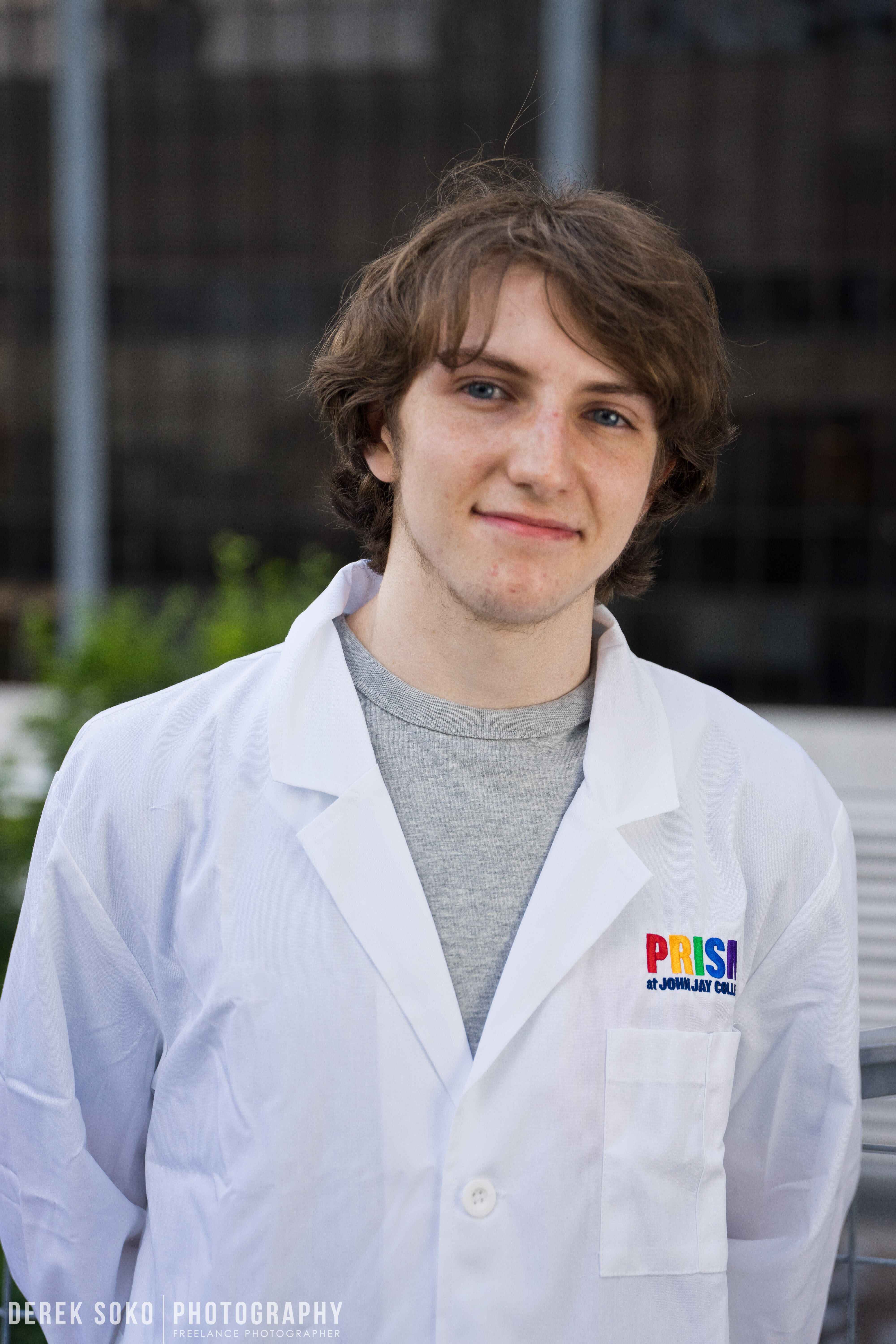
Major: Computer Science and Informaton Security
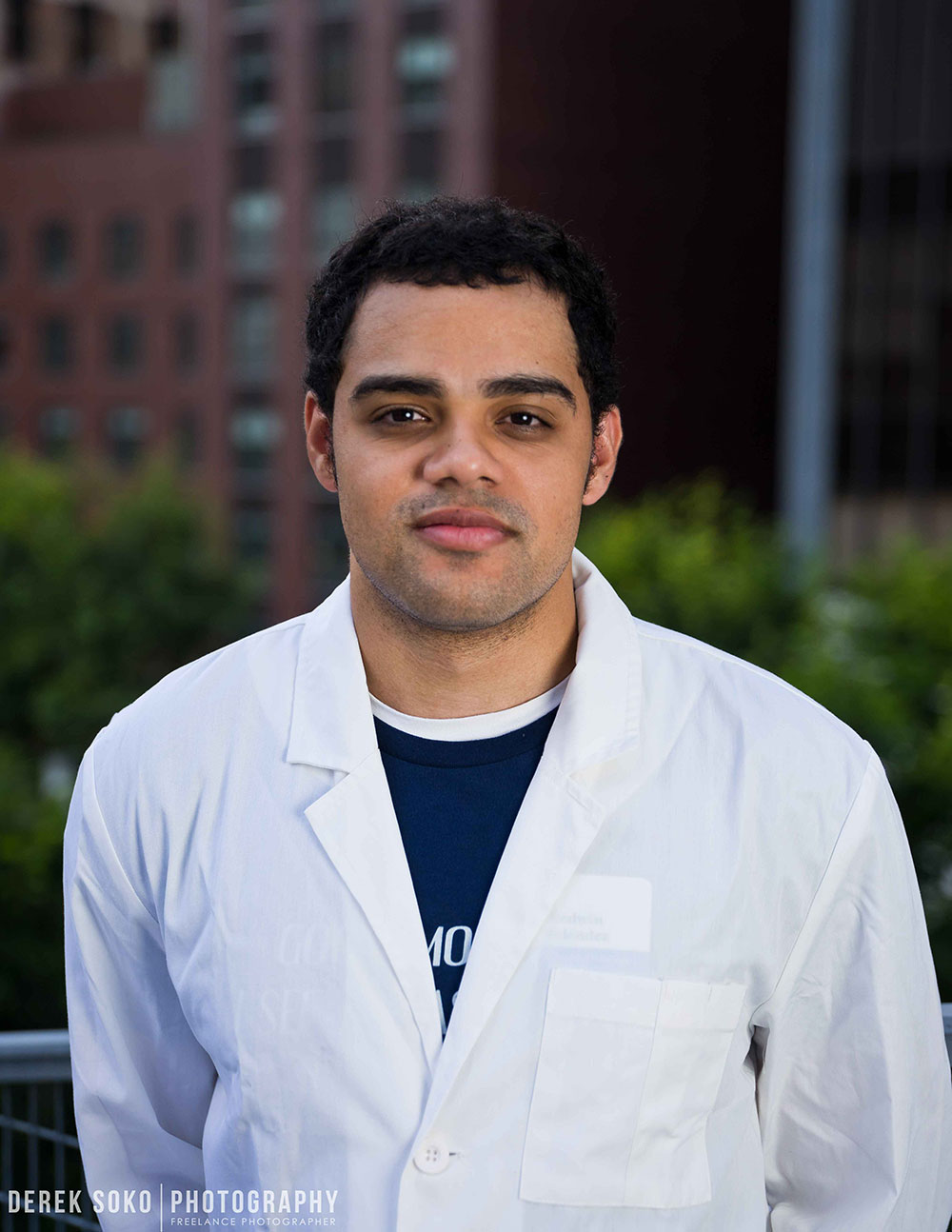
Major: Forensic Science
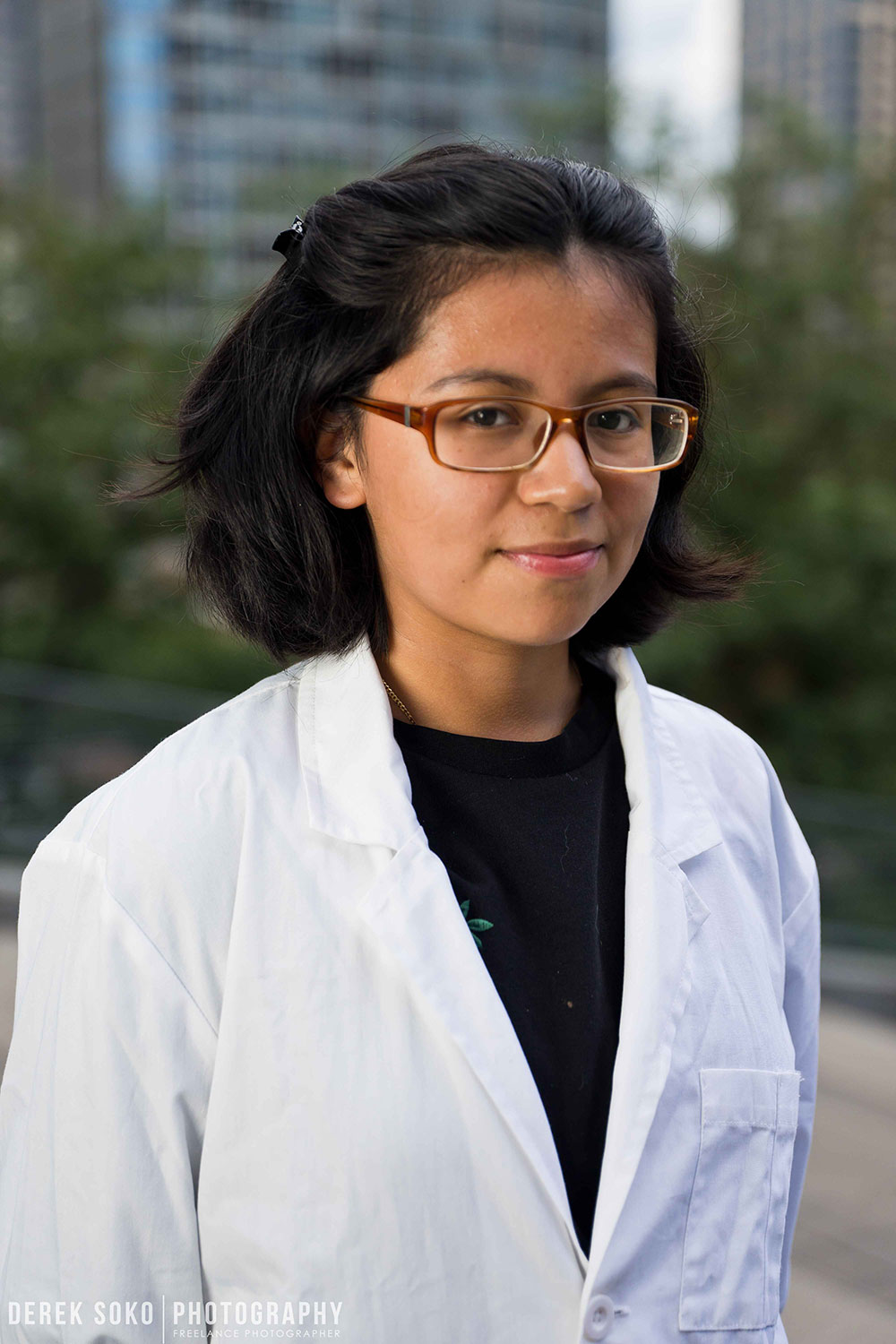
Major: Forensic Science
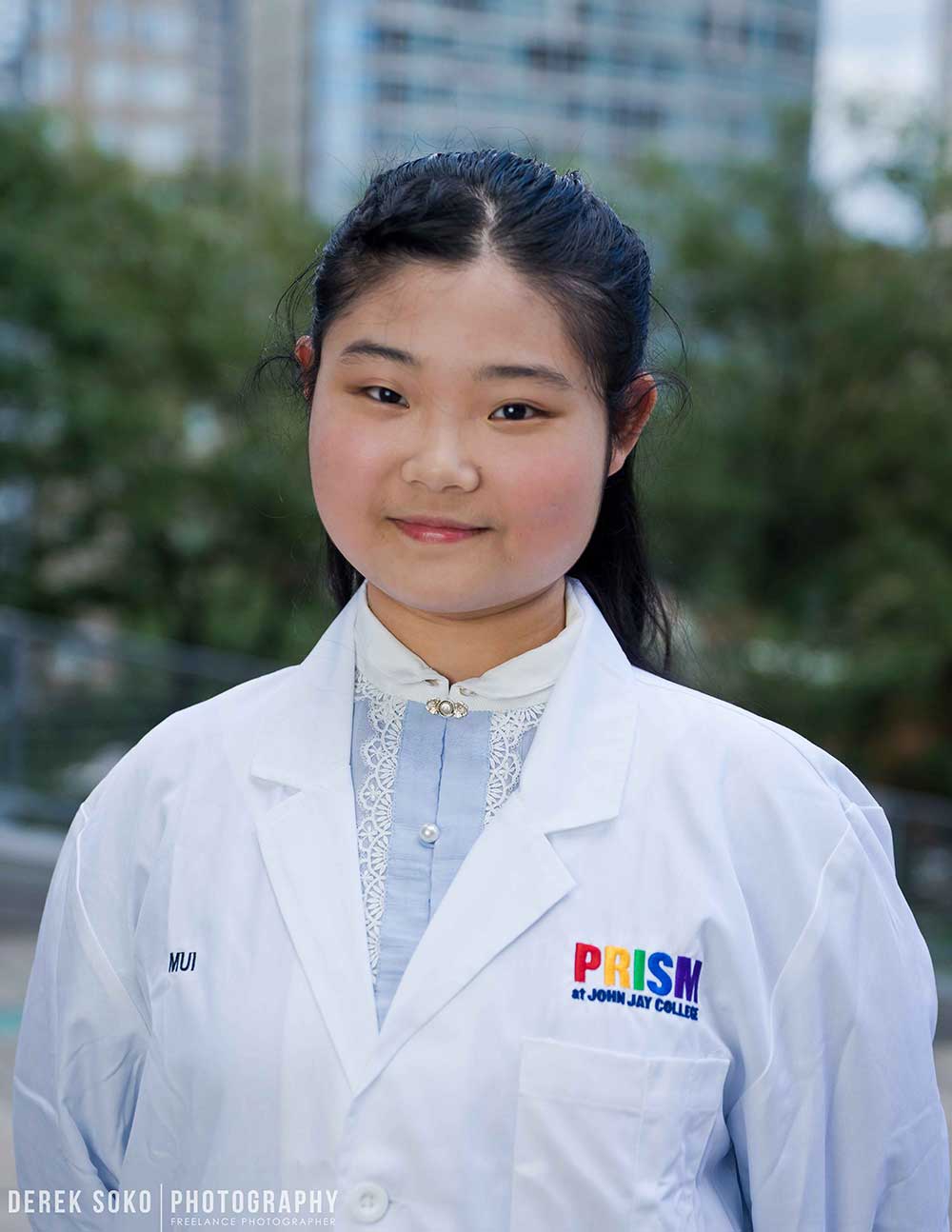
Major: Toxicology
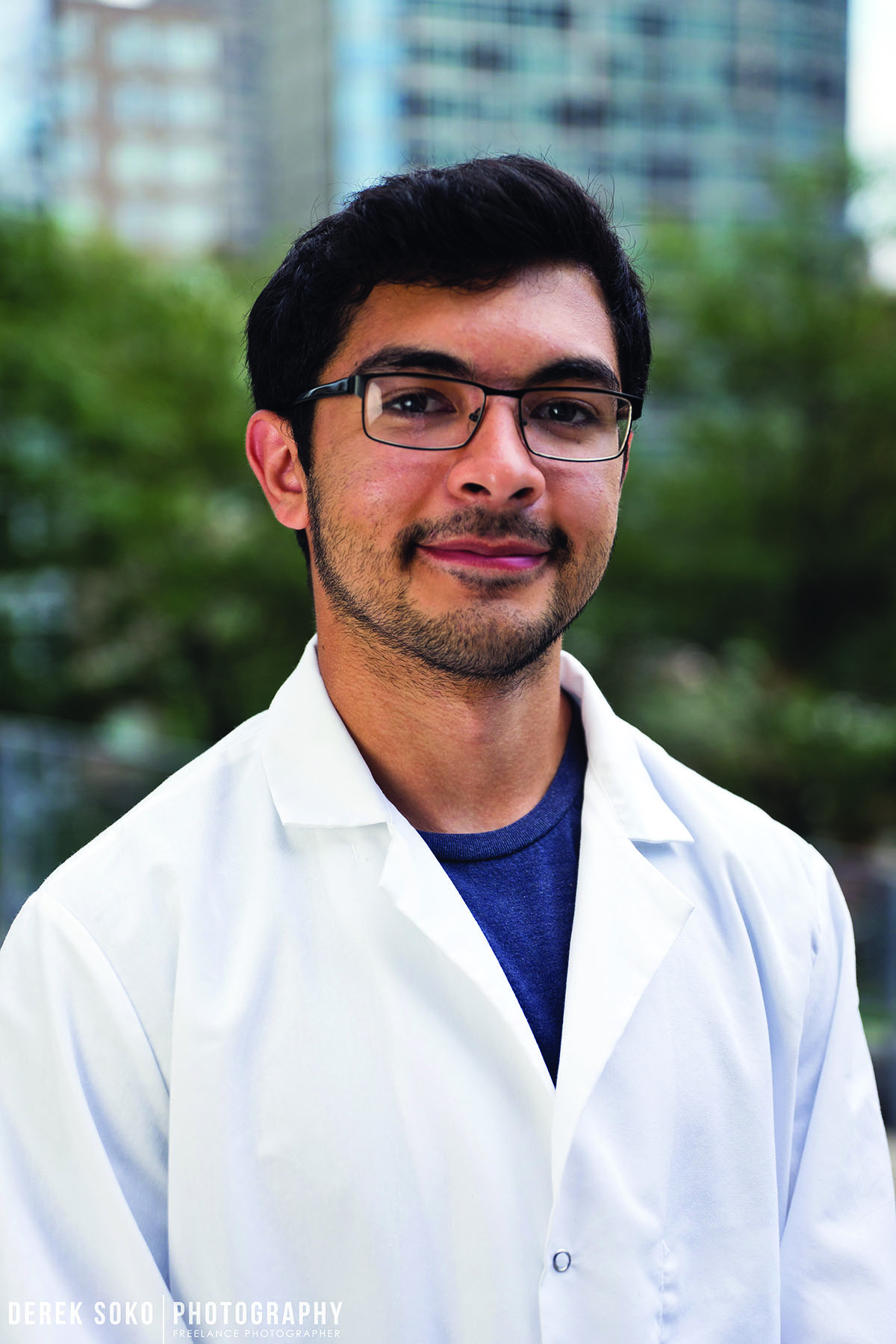
Major: MHC Cell and Molecular Biology
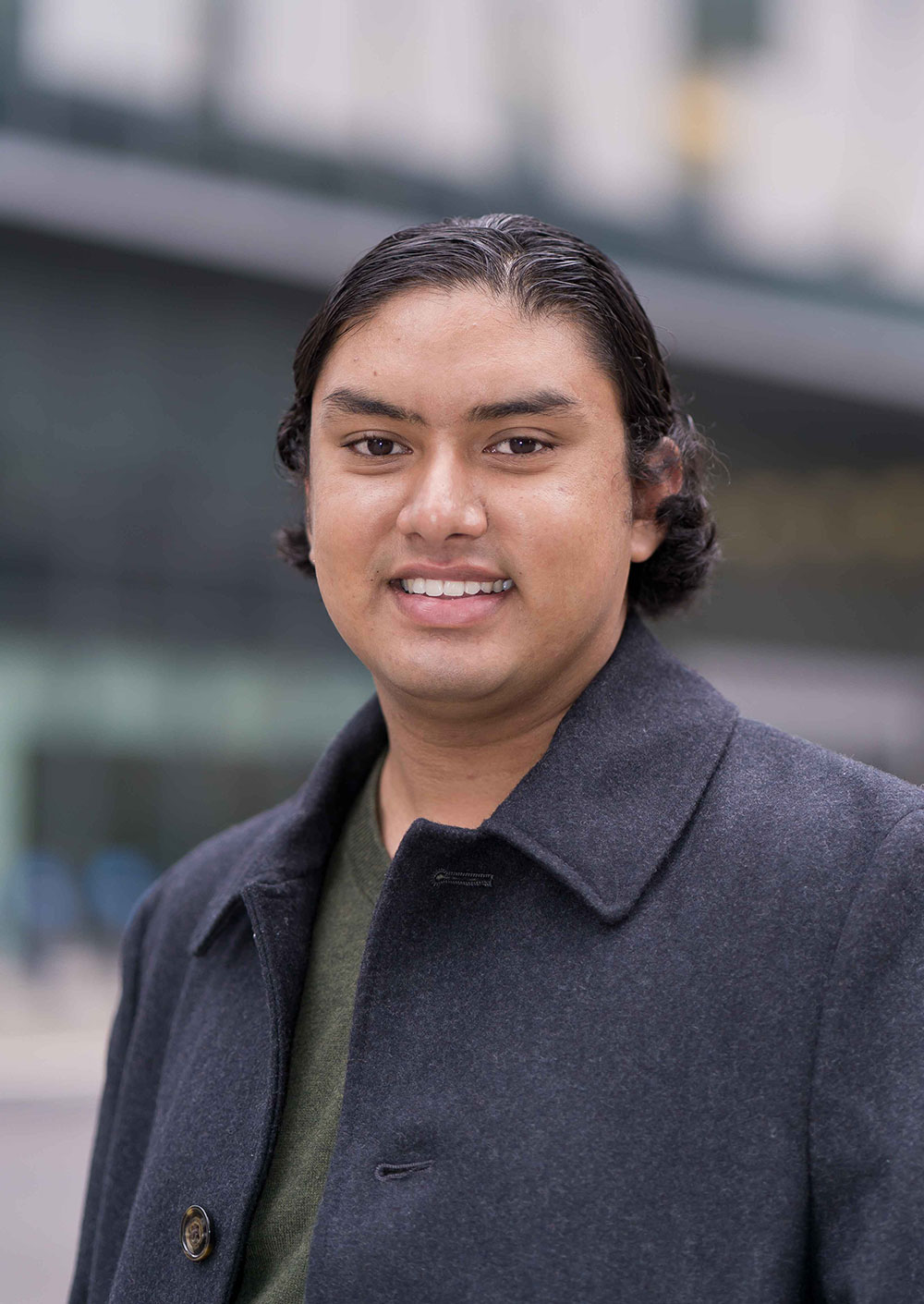
Major: Forensic Science
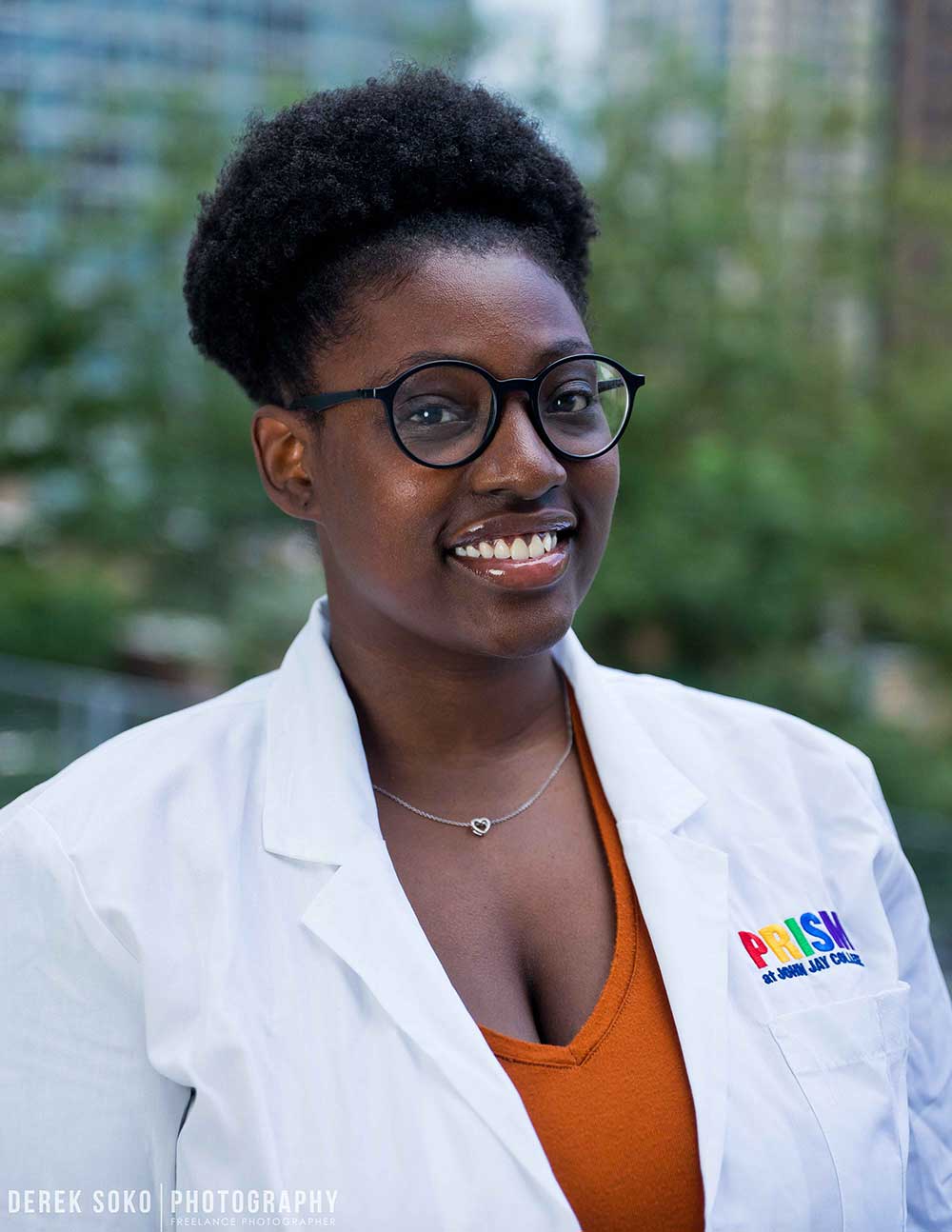
Major: Toxicology
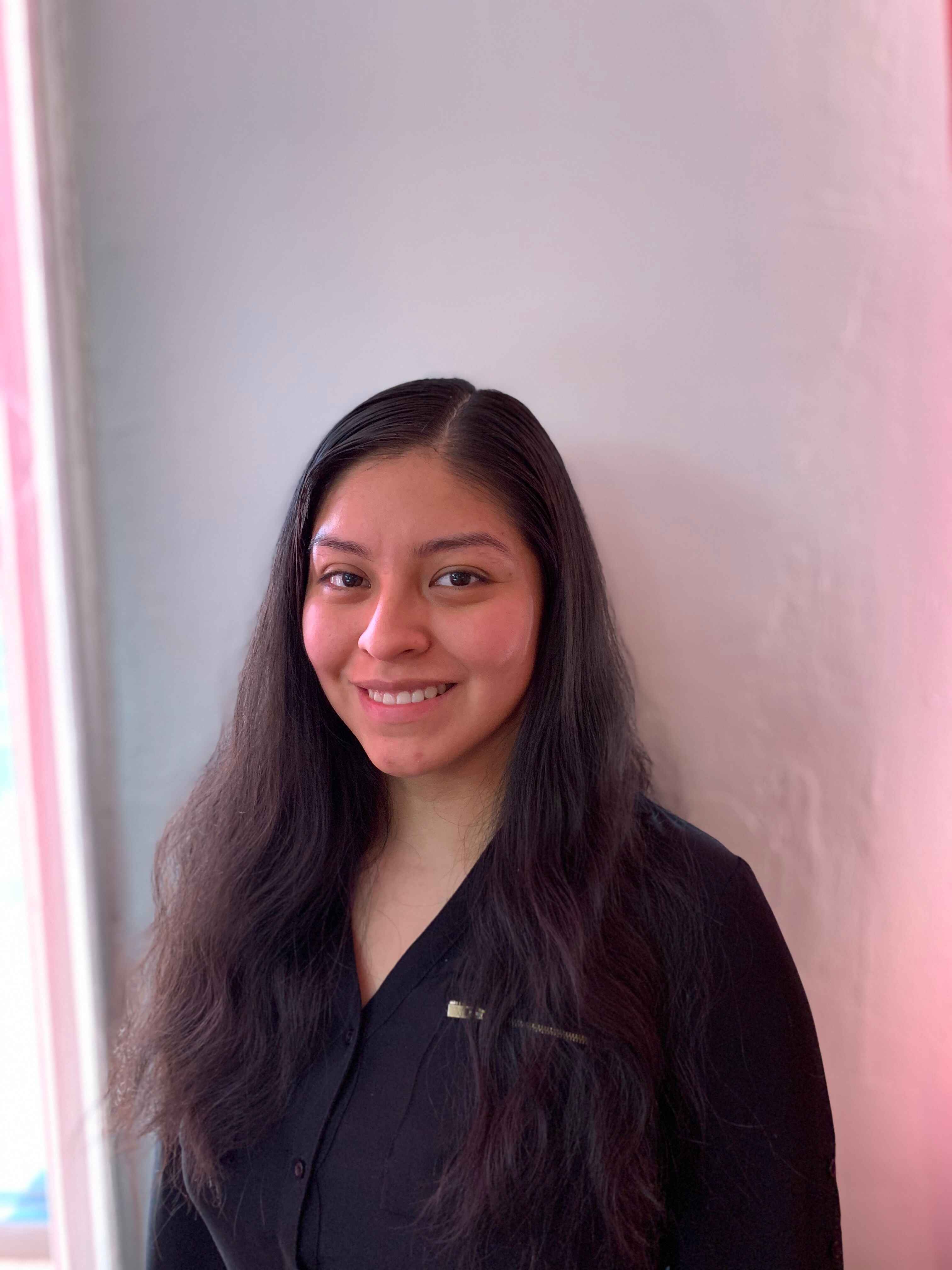
Major: Forensic Science
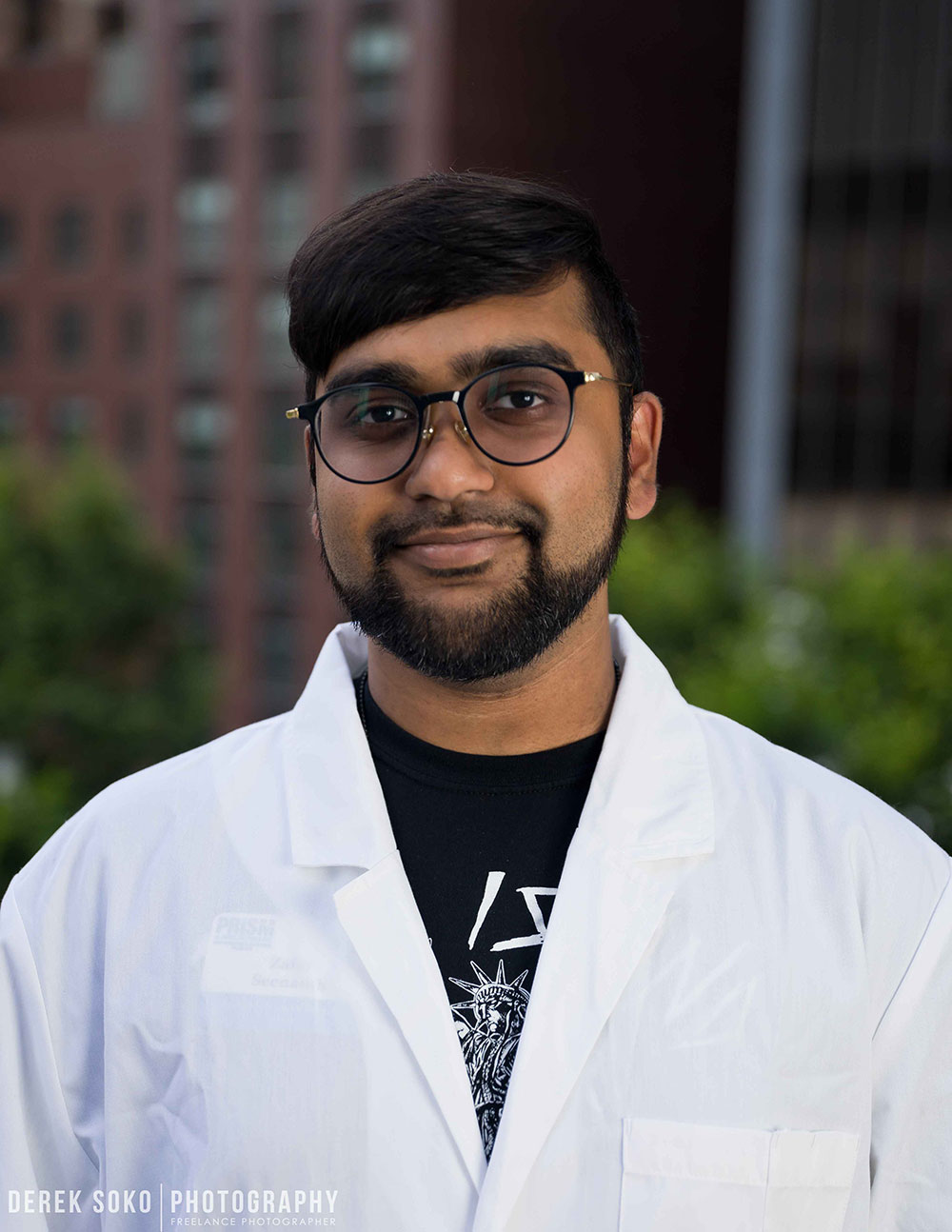
Major: Computer Science and Information Security
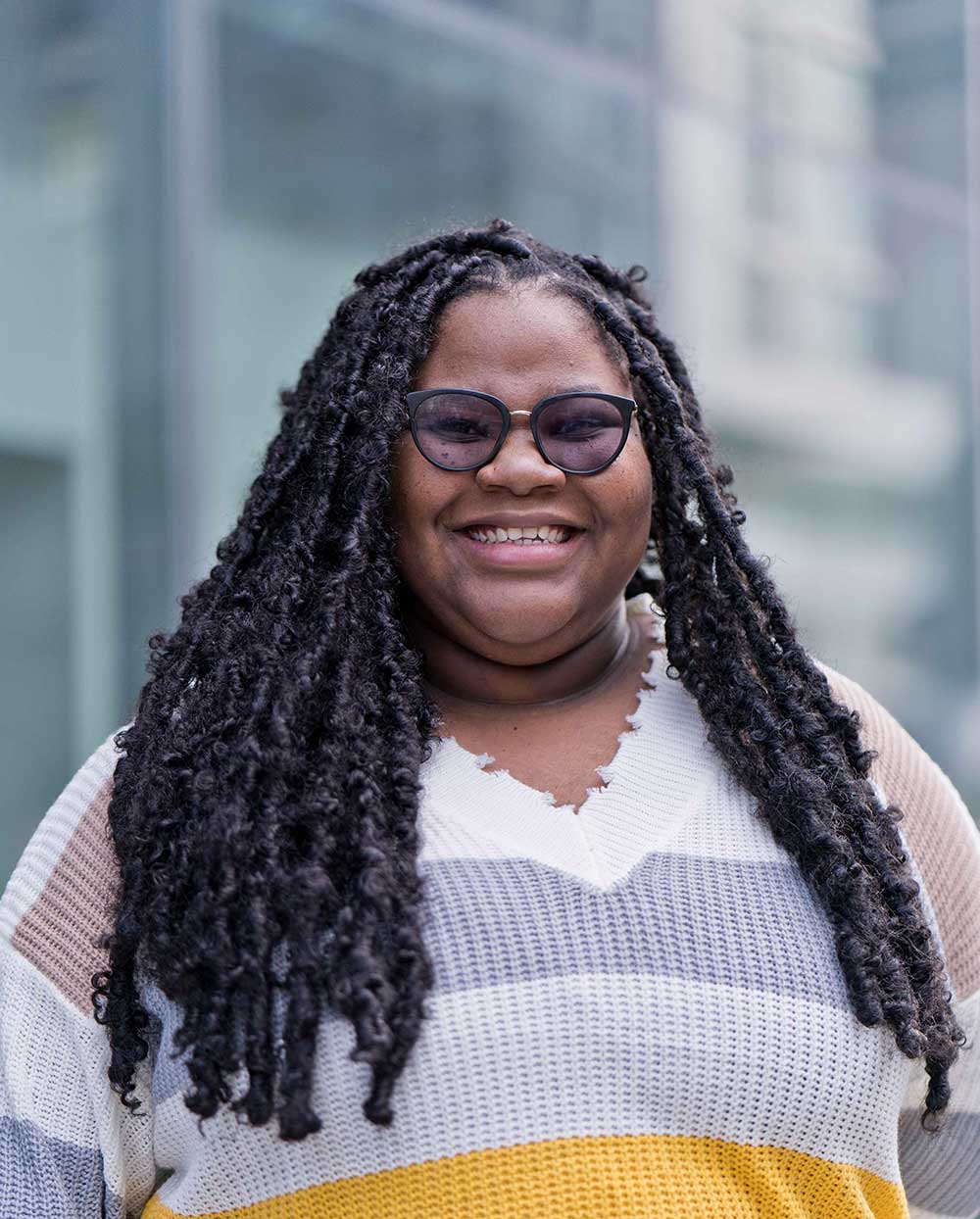
Major: Forensic Science
Major: Toxicology
Major: Toxicology
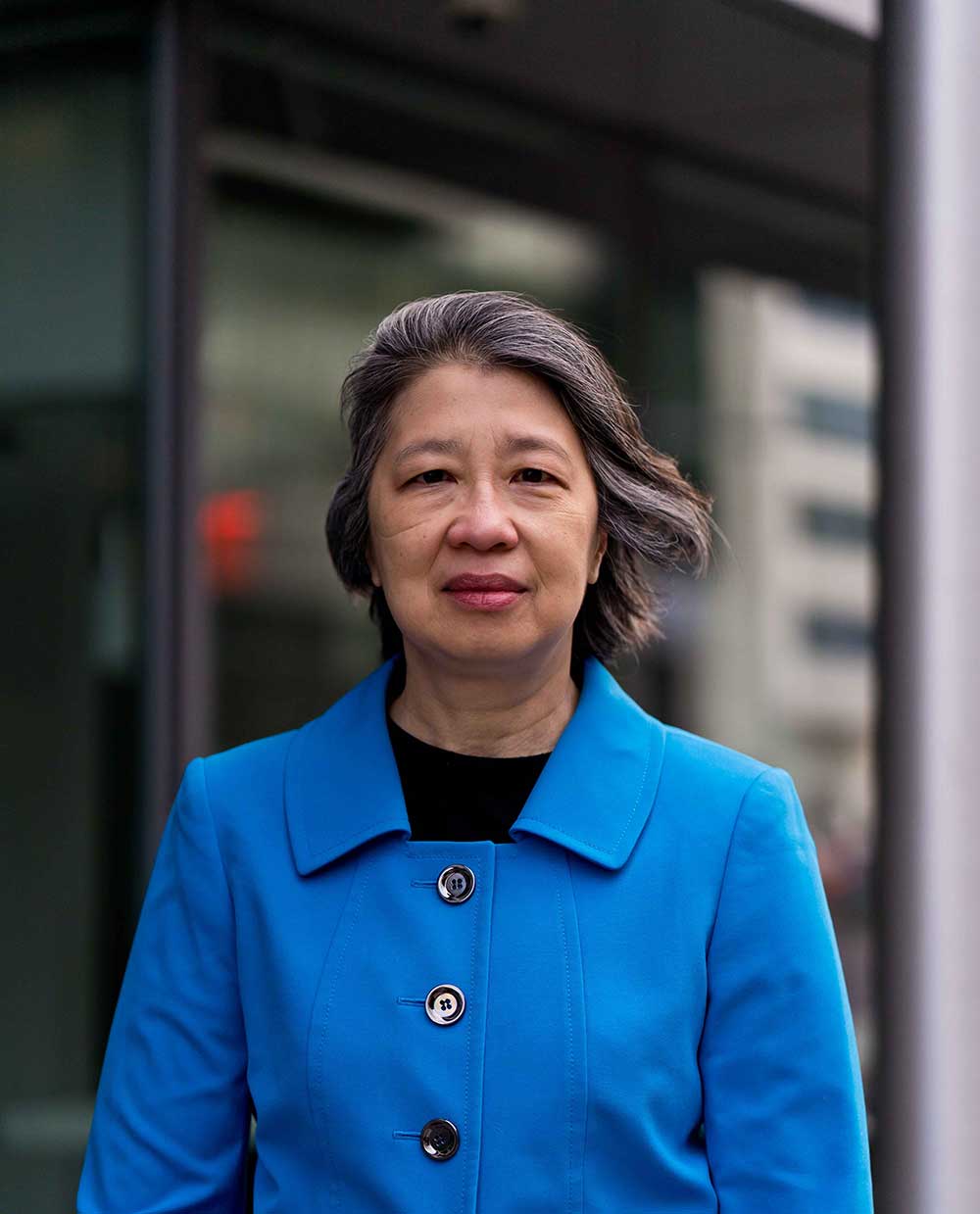
Major: Computer Science and Information Security

Major: Computer Science and Information Security

Major: Forensic Science

Major: Cell and Molecular Biology
2020 Graduates
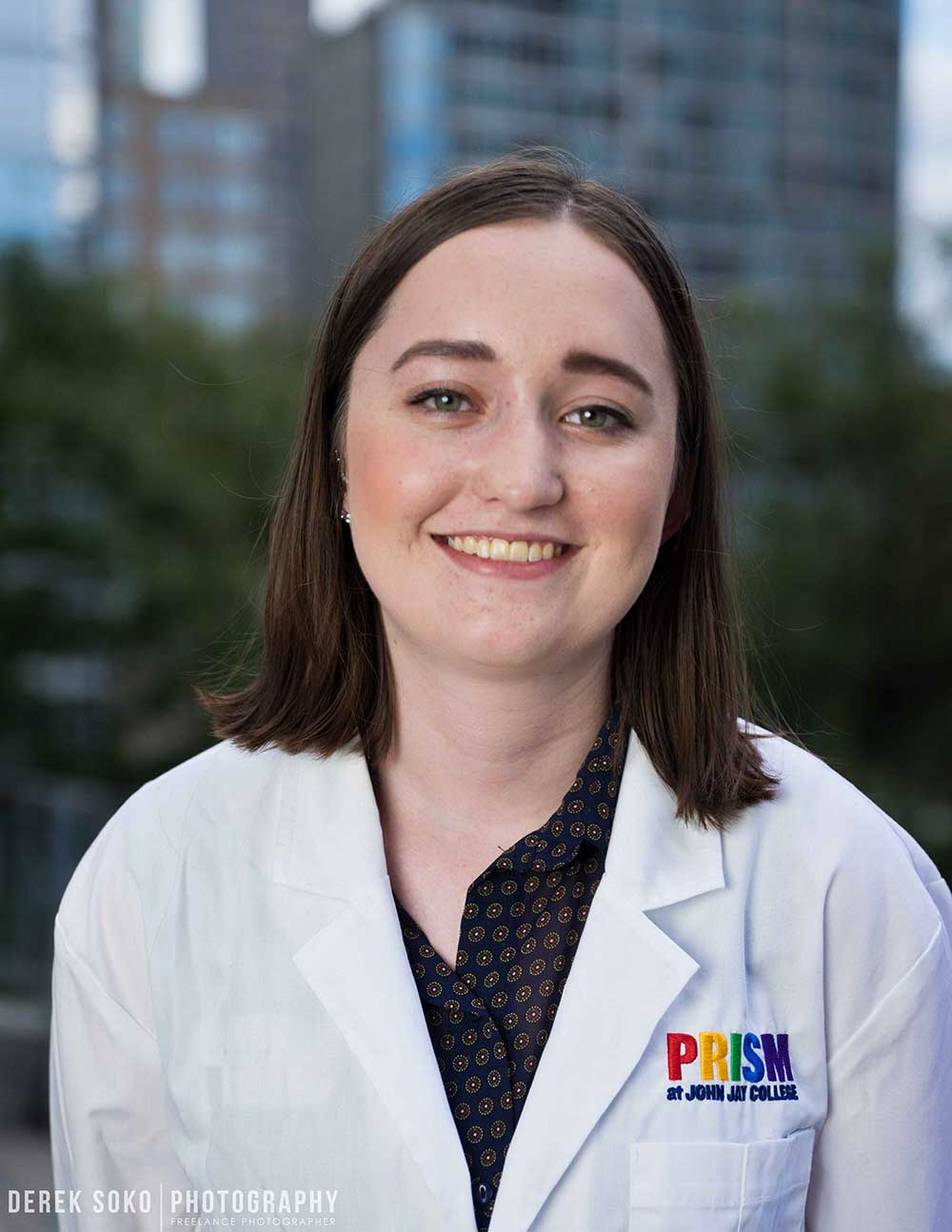
Major: Forensic Science BS
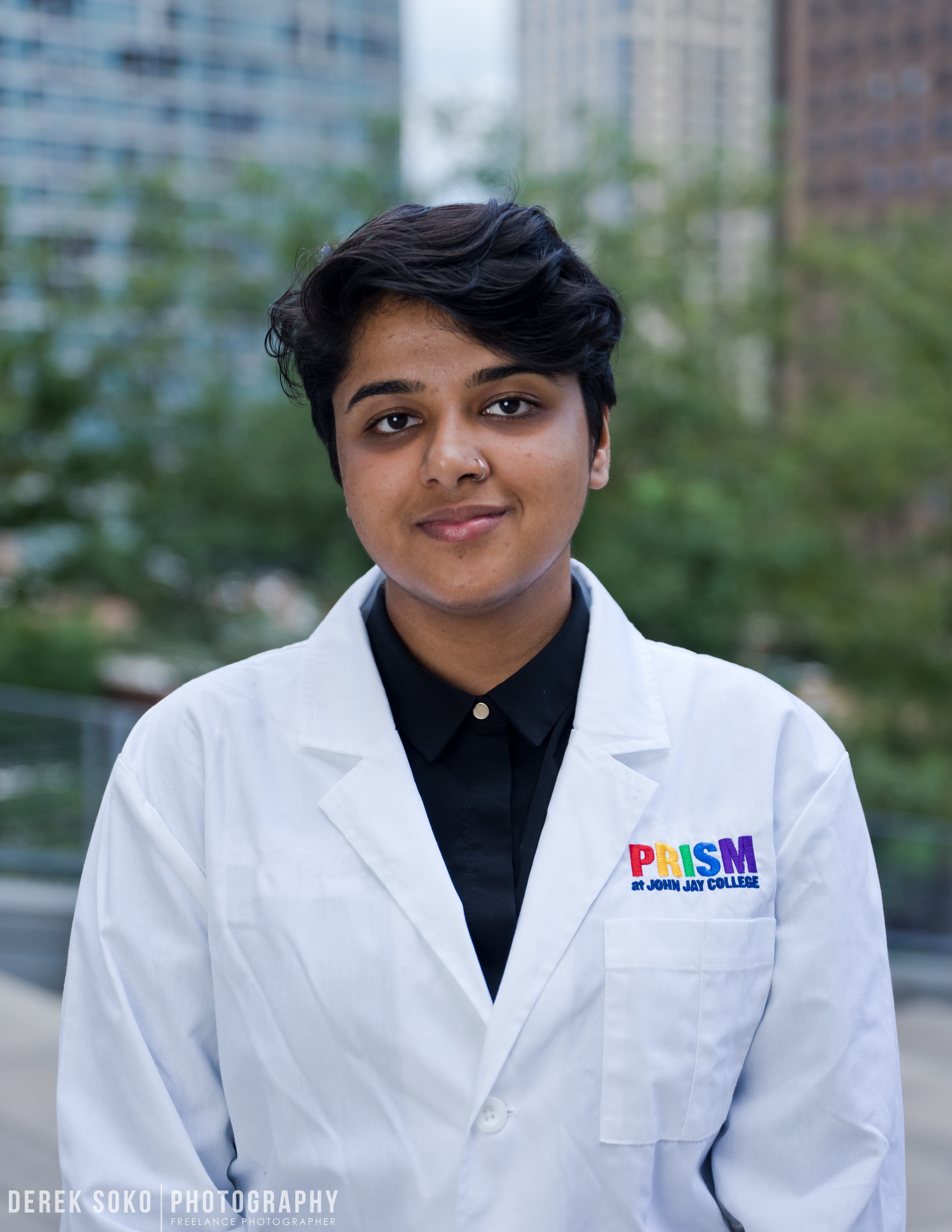
Major: Forensic Science BS
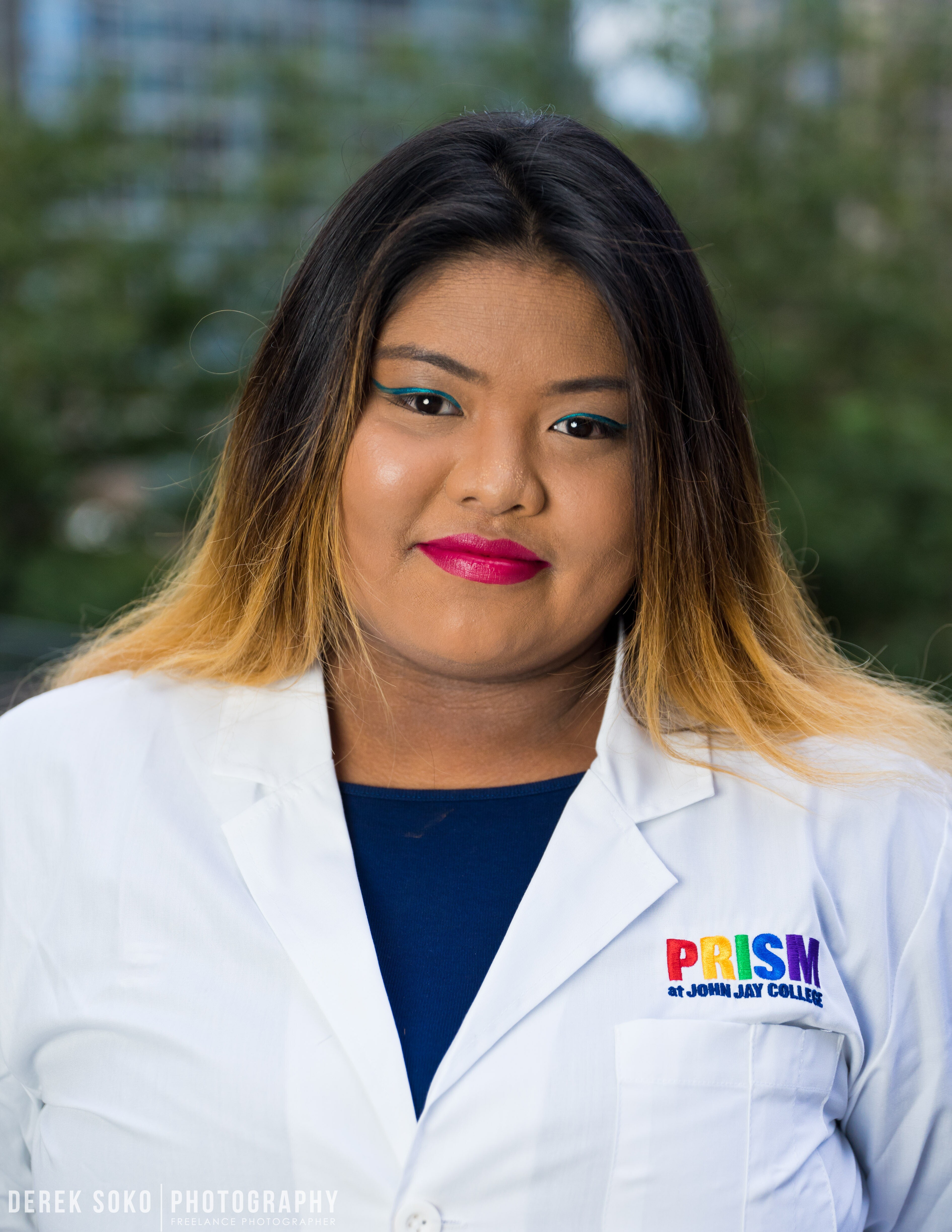
Major: Toxicology BS
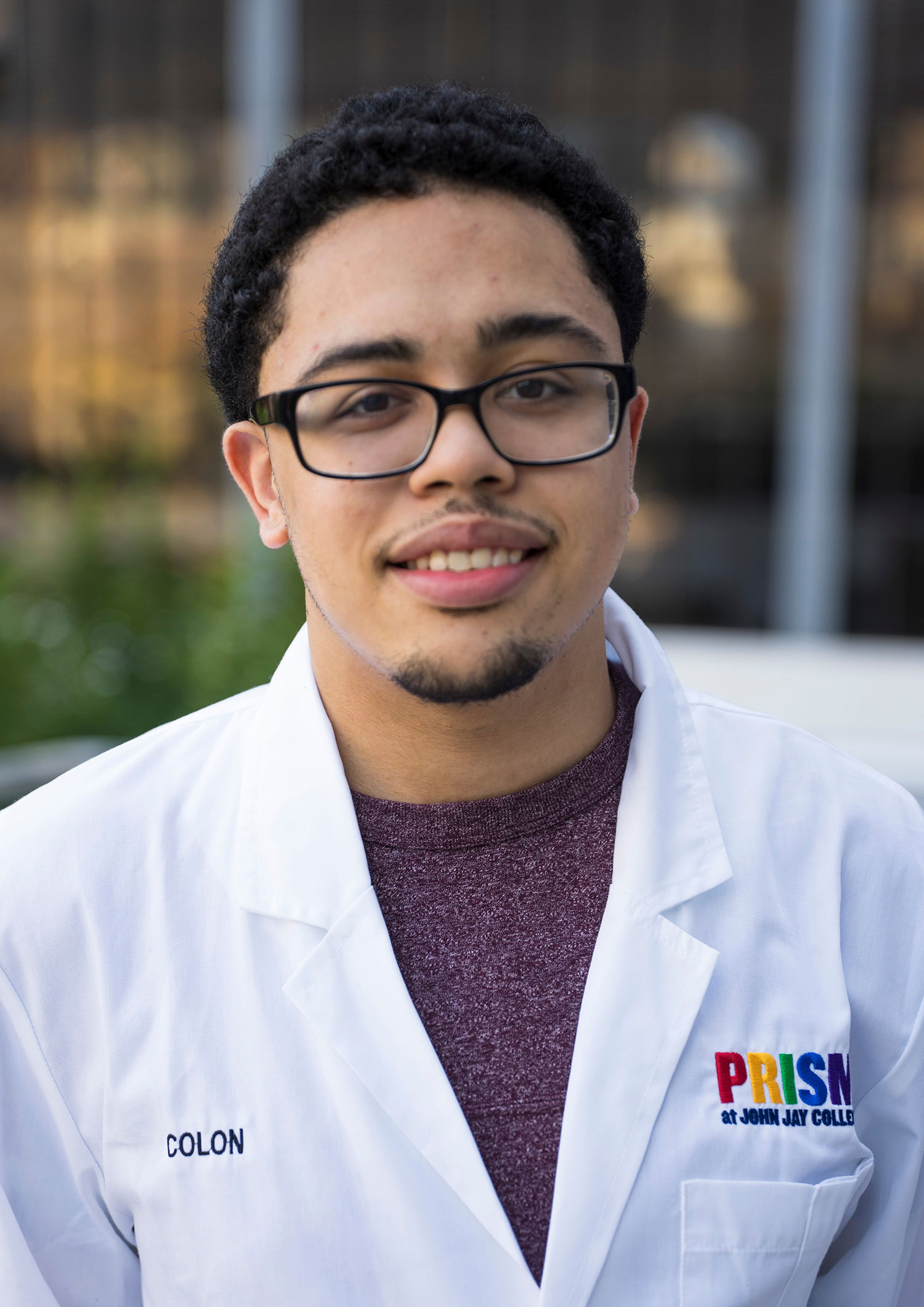
Major: Toxicology BS
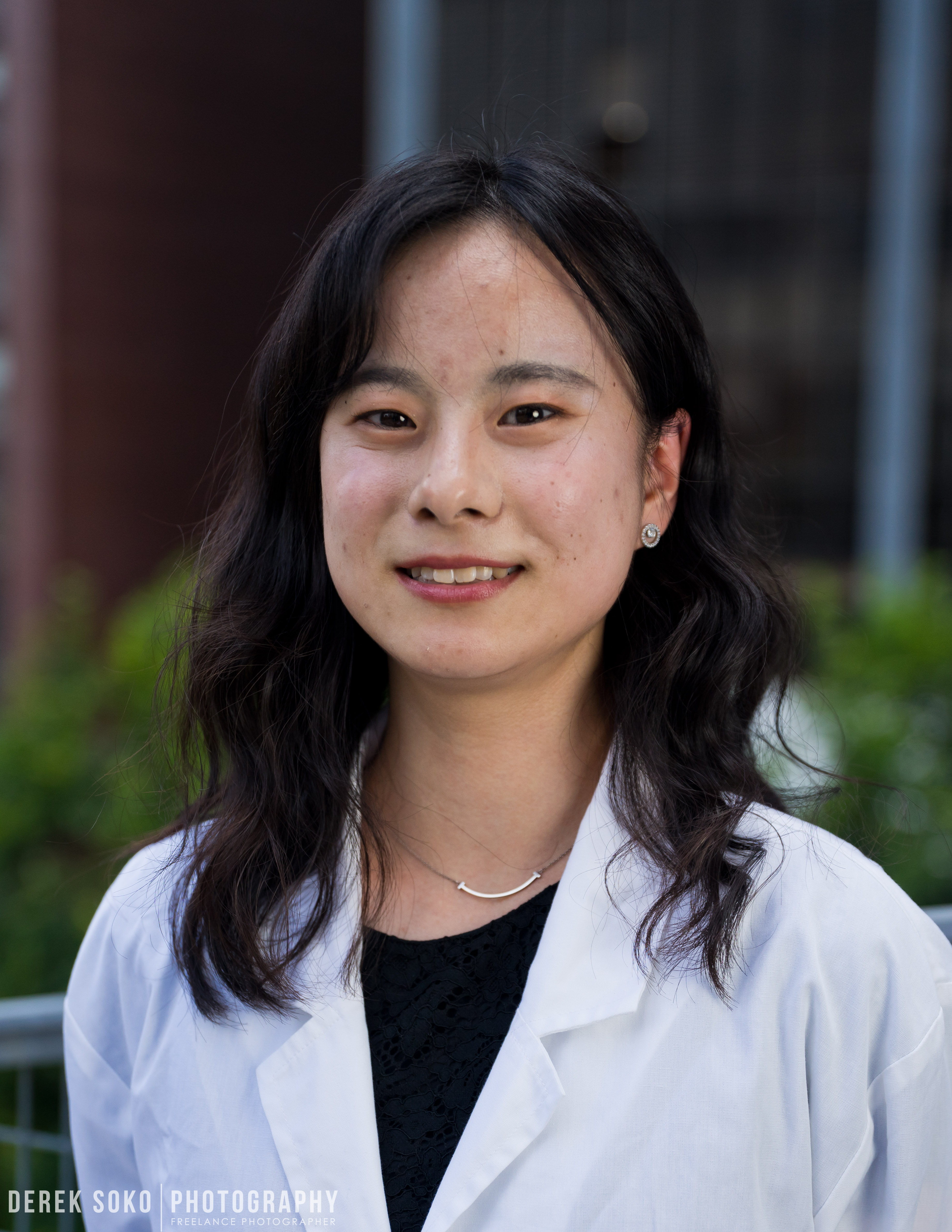
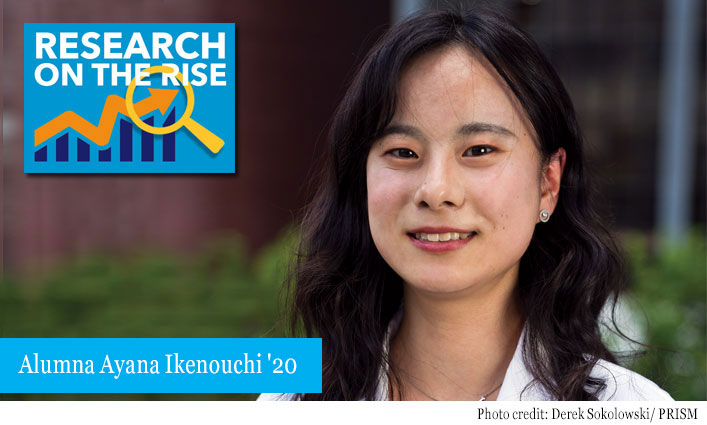
Research on the Rise: Ayana Ikenouchi ’20 Investigates the Role of DNA in Identifying the Dead and Helping the Living
“Research sits at the core of our mission to educate for justice,” says President Karol V. Mason. The remarkable research that our esteemed faculty, students, and alumni perform directly impacts our society and helps move the needle forward toward creating a more just world. Their empirical data reveals inconsistencies, pushes boundaries, and opens minds to a whole new way of thinking. Our “Research on the Rise” series aims to showcase the ongoing, upcoming, and noteworthy research happening right here at John Jay.
During her time with John Jay’s Program for Research Initiatives in Science and Math (PRISM), alumna Ayana Ikenouchi ’20 relished the opportunity to conduct research with Associate Professor Richard Li, Ph.D., an expert on DNA analysis. Ikenouchi’s interest in the study of DNA stems from witnessing the devastating impact the 2011 tsunami had on her native Japan. “I will never forget how it was forensic science and the analysis of DNA samples that led to many missing people being identified. Because of the DNA, their bodies were returned to their families. So, from the moment I read Dr. Li’s research on DNA, I knew I wanted to work with him,” says Ikenouchi, crediting Li’s work on developing an innovative and less invasive way to extract DNA from decayed bones—a process that required less physical force and could lead to a larger pool of analysis—with opening her eyes to all the possibilities research offers. At John Jay, Ikenouchi got the chance to do just that, working with Li to develop new ways to identify sus species, or pigs, with the goal of identifying the host of the swine virus and preventing food adulteration. We sat down with Ikenouchi to learn more about her research and hopes for the future.
“Science is everywhere and in everything.” —Ayana Ikenouchi
Seeing Science in Everything
Ikenouchi can remember the exact moment she became fascinated by the world of science. She was sitting in class in her hometown of Osaka, Japan, and her teacher began to show how colors can change because of a simple chemical reaction. “That observation really impacted me because it showed me that science is everywhere and in everything,” says Ikenouchi, who went on to attend a “super science high school” where she conducted research on how cicadas are impacted by global warming and how they affect the environment. But it was a natural disaster in Japan that would have the biggest influence on Ikenouchi, putting her on the path toward forensic science research in the U.S. “A big earthquake in Tohoku led to a tsunami. A lot of people were missing and when their bodies were found they could not be identified just by looking at them, so the body could not go back to their family,” says Ikenouchi. “At that point, forensic science comes in, and DNA identification starts to happen. By using DNA samples, a lot of people were identified, and their bodies went back to their families. If someone you love is missing, you cannot move on, you cannot get closure. But once they were found, and DNA samples helped identify them, it provided the families with peace and a chance to move forward.”
“I came to the U.S. because I wanted to go to a good forensic science program, I wanted to conduct research, and I wanted a good support system. I found all those things at John Jay and PRISM.” —Ayana Ikenouchi
Embracing Research at John Jay
Transformed by her experience back home, Ikenouchi was ready to pursue a path in forensic science and research, and she decided to study in the U.S. “In Japan, the forensic science major doesn’t exist. I came to the U.S. because I wanted to go to a good forensic science program, I wanted to conduct research, and I wanted a good support system. I found all those things at John Jay and PRISM,” she says. Providing insight on the work that inspired her to come to the College, Ikenouchi breaks down Li’s work on extracting DNA from decayed bones. She explains that bones, which are made of protein, contain DNA inside of them and in order to get to the DNA you need a chemical reaction to occur. “Dr. Li used an enzyme to cause a chemical reaction that digests the protein of the bone without harming the DNA. The enzyme opens the bone up so that DNA can be extracted without being harmed. He was able to get purified DNA using this method,” says Ikenouchi.
Conducting Research Amid Covid-19
Li’s research in DNA inspired Ikenouchi so much that she wanted to make it an integral part of their collaborative research on pig species identification. “We know how to extract DNA using Dr. Li’s enzymatic method and I wanted to do that with all the different sus species,” explains Ikenouchi, who used DNA sequences to build phylogenetic trees, that would determine the differences between each pig species. She had two major goals for the project in mind, the first being that it would help reduce the level of food adulteration, or food fraud, happening in the country. “Many people eat meat, meat from pigs or beef. Sometimes on the label it will say it’s pig, and you assume it’s true and safe, but it isn’t. There could be different meats in the package,” she says, suggesting that this kind of intentional mislabeling, food mixing, or misrepresentation can cause harm.
Her second goal was to shed light on the origins of the swine virus. Ikenouchi explained that if they could identify the same protein in the virus and in the DNA sequence of each of the pig species, they could find the virus’s possible original host. Another virus, however, would put a twist on their research. Because of the pandemic, they couldn’t collect all the data they needed in the lab. Li suggested they pivot and look to the data that was available. “I was able to use DNA sequences from the National Center for Biotechnology Information database and from Dr. Li’s own collected data,” says Ikenouchi. “I analyzed the DNA sequences using the Molecular Evolutionary Genetics Analysis [MEGA X] and was able to construct many phylogenetic trees and identify different sus species.” While the research couldn’t be conducted in the way they originally hoped, Ikenouchi is proud of what her and Li were able to accomplish. “We could not identify all the sus species because of Covid, but we believe that using our research method in the future will help identify all of them, and lead to the prevention of food adulteration and the identification of the host of swine virus.”
“Before conducting research at John Jay, I thought forensic science research was only for crime scenes and natural disasters, but now I know it’s a field that can be used in so many ways to help so many people.” —Ayana Ikenouchi
Feeling Grateful for Collaborative Work
When she thinks about her time at John Jay, Ikenouchi appreciates the opportunities the College offered her, but she’s especially grateful to Li, who helped her find her footing in research. “Dr. Li taught me a lot of things. He taught me how to do research, how to write a research paper, what to look for when you’re developing your research methods and working on each section of your investigation. Even after I graduated, we still keep in touch. I ask him what classes I should take in grad school and what courses would be good for me if I wanted to do a Ph.D. He’s really a mentor for my life,” says Ikenouchi. “Before conducting research at John Jay, I thought forensic science research was only for crime scenes and natural disasters, but now I know it’s a field that can be used in so many ways to help so many people. And it gives me more possibilities to conduct more research.”
“I want to learn how differences in our DNA sequence can cause diseases. If we can identify the differences, then we can find ways to counter the disease, we can treat people, and maybe even save lives.” —Ayana Ikenouchi
Looking ahead, Ikenouchi is on track to earn her master’s degree in Biology/Biological Sciences from Hunter College, and then possibly go on to pursue her doctorate. After that, she plans to continue conducting research and changing the education system in her native Japan. “I have two big dreams for my life. One is to make a positive impact on the Japanese education system. I want to launch forensic science programs and majors across the universities there. And, my second dream is to continue to do research, especially medical DNA research. I want to learn how differences in our DNA sequence can cause diseases. If we can identify the differences, then we can find ways to counter the disease, we can treat people, and maybe even save lives.”
Major: Forensic Science
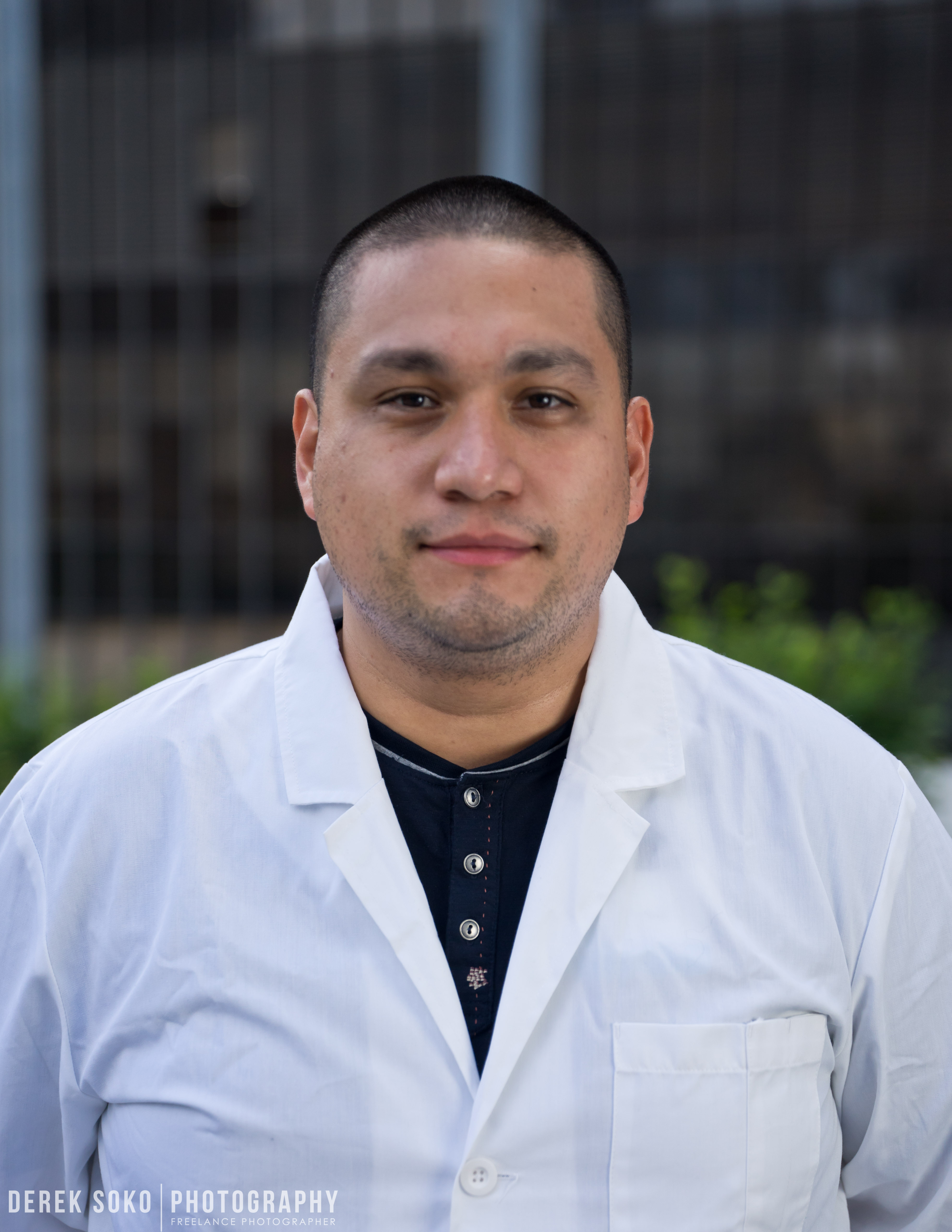
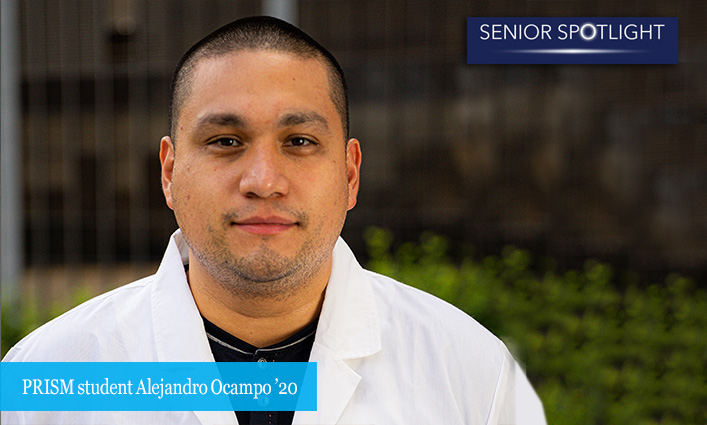
Senior Spotlight: Alejandro Ocampo ’20 Credits PRISM with Changing the Course of His Life
Through his steady determination, first-generation college student Alejandro Ocampo '20, balanced school work, exciting research through the Program for Research Initiatives in Science and Math (PRISM), and worked a full-time job as an overnight security guard to earn his bachelor’s degree in Forensic Science from John Jay. But he never tired from the daily grind. "I'm 31 years old, I don't have time to put my goals on hold anymore. I know that at the end of all this hard work, there's going to be something incredible waiting for me." This fall, he'll start a master’s degree program in Biomedical Science at Stony Brook University, and he credits PRISM with putting him on the path to success. “My going to graduate school is a direct result of my time at John Jay and PRISM. They changed the course of my life and put me on a path of success. Without the College and the PRISM program I wouldn’t be where I am today.”
“My going to graduate school is a direct result of my time at John Jay and PRISM. They put me on a path of success. Without the College and the PRISM program I wouldn’t be where I am today.” —Alejandro Ocampo
Enrolling at John Jay
Ocampo will be the first to tell you that college and the field of science weren’t always a part of his future plans. “After high school I began working for TSA [Transportation Security Administration] at LaGuardia Airport and I was making good money. So, I didn’t plan to go college at all,” he says. “But after a while, I wanted more out of life, so I enrolled in a community college where I majored in Criminal Justice, because it aligned with the work I was doing at TSA. Then I transferred to John Jay in hopes of earning my bachelor’s degree.” At John Jay, Ocampo found himself transitioning from criminal justice to the sciences, as his love for science and research began to grow. “I took a General Ed. Science course that completely changed my life,” he says. “After completing the course, I switched to a Forensic Science major and began a four-year degree program. The added time to my college career didn’t bother me because I realized that science and research was the world I was meant to be in.”
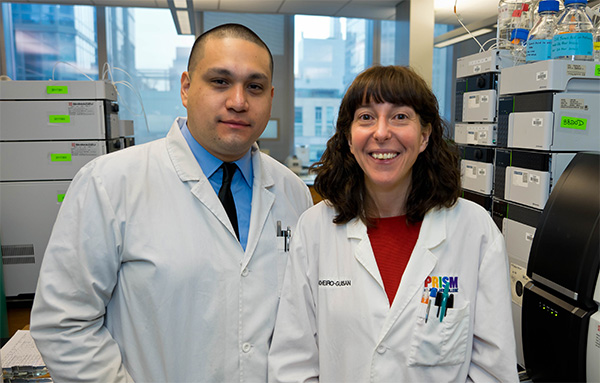
“When you’re a student in PRISM, you ‘level up,’ so-to-speak. You’re performing new, exciting research.” —Alejandro Ocampo
Joining the PRISM Program
Ocampo joined PRISM during his junior year at John Jay and was immediately enthralled by the program’s research initiatives, advanced practices, and high expectations. “When you’re a student in the PRISM program, you ‘level up,’ so-to-speak. You’re performing new, exciting research. You’re posing new questions and through experiments, analysis, and testing, finding new answers.” Named PRISM’s Outstanding Undergraduate Researcher of the year, Ocampo credits his mentor, Professor Marta Concheiro-Guisan, Ph.D., for teaching him the skills to perform high-level research. Focusing on Forensic Toxicology, Ocampo and Concheiro-Guisan conducted a research project this year focused on determining the best methods to test for THC, a chemical compound inside marijuana, using placenta. “The goal of our research was to come up with the best extraction method to be able to test for drugs,” explains Ocampo. “Professor Concheiro-Guisan was, and continues to be, a great mentor. She taught me so much during the research process from the different approaches we could take, to the instruments we could use, to how to physically handle a placenta in the lab. She’s equipped me with techniques and strategies that are currently used in the professional field. That was rewarding because it gave me an in-field professional experience and the confidence to know this is the right path for me.”
“Right now, as a country, we’re living through an incredibly scary time, but I find peace in knowing there are medical professionals and scientists working tirelessly to find a solution and help others.” —Alejandro Ocampo
Looking to the Future
This fall Ocampo will begin a master’s program in Biomedical Science at Stony Brook University, part of the State University of New York (SUNY) system. “It’s funny, because when I think back to where I was a few years ago, I would have never imagined this kind of future for myself,” says Ocampo. “PRISM gave me a solid foundation, the education and the principles to work at such a high level that the transition to graduate work doesn’t seem as daunting.” After he’s done earning his graduate degree, Ocampo hopes to help others by finding new medical solutions and advancing scientific research forward. “My hope is to earn my Ph.D. in Biomedicine and enter the pharmaceutical industry where I can use my research skills to help discover and develop new drugs and treatment plans. Right now, as a country, we’re living through an incredibly scary time, but I find peace in knowing there are medical professionals and scientists working tirelessly to find a solution and help others,” he says. “It’s amazing to me that I can have a future like that where I can make such a difference in the world. And, that’s all because of PRISM and John Jay.”
Major: Forensic Science
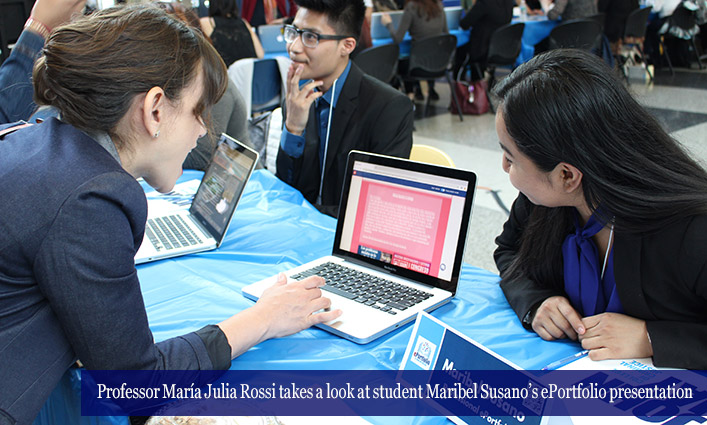
John Jay Students Shine At The 2019 Research and Creativity Expo
This year’s ten-day Research and Creativity Expo allowed everyone in the John Jay community to be inspired by the inventive research projects conducted at the College. Held from May 1-10, the projects came from every department imaginable, including PRISM, McNair, the Student Academic Success Program, and Honors and Macaulay. Kicking off the event, President Karol V. Mason spoke at the opening ceremony where she told the audience about the value of this Expo. “This is an important week for us. We are here to view the hard work of our determined students here at John Jay,” said Mason. “And, what we are going to see is the innovative work that you all are doing. Your work is not just for the John Jay community, or the faculty, its work that can change the world.”

“Your work is not just for the John Jay community, or the faculty, its work that can change the world.”—President Karol V. Mason
Turning the mic over to Anthony Carpi, Dean of Research and Professor in the Department of Sciences, he encouraged the audience to take the time to attend the planned events. “This is going to be an exciting week for research. Over the next 10 days, there are going to be all sorts of exciting events from musical performances, poster sessions, and awards,” said Carpi. “We had over 100 faculty members mentoring students on their projects. So, I encourage all of you to attend the events and support your fellow classmates and all the work they’ve done.” Eager to share their project with the John Jay community, we spoke to several student presenters to learn more about their projects and what this Expo means to them and their goals for the future.
Isaac Paredes '21, PRISM

I studied Membrane-Bound Catechol-O-Methyltransferase (MB-COMT) DNA Methylation and Genetic Variation in Saliva of Healthy individuals to see if there were early epigenetic markers that could be used to determine if differences exist between individuals with different polymorphism within their DNA. We focused on the membrane-bound because there's a high concentration in the prefrontal cortex which has been shown to have a direct correlation on a person’s behavior, personality and addiction. The goal was try to find any difference in the DNA early enough to treat it and offer people the best life possible. In the future I would like to be in a Ph.D. program for animal behavior and eventually go into a professorship in conversational research. This Expo has taught me how to properly explain my work to the science community.
Maribel Susano ’20, Humanities and Justice

For my ePortfolio presentation, I combined my academic and professional experiences, specifically my internships and courses. My overall goal is to tell the audience about how these courses and my experiences have further inspired me to attend law school and study immigration law. One of the internships highlighted in my ePortfolio is my internship with U-LAMP, where I worked with immigration attorneys. Seeing how the immigration system works in this country, reinforced for me that this was what I wanted to pursue in the future.
Raider Rodriguez '20, PRISM
“I won the 2019 CSTEP Conference Award for my research. This award showed me that the effort I put into this research study was worth it.”—Raider Rodriguez
My project is titled “The Analytical Determination of Methylone and Metabolites in Brain Tissue by LC-MS/MS.” Methylone is a substitute and in pharmacology has a profile similar to 3.4-methylenedioxy-methamphetamine (MDMA). Although it’s illegal, it poses a public health risk because it’s promoted as bath salts. For this research, we tested rat brains for methylone and its metabolites and found different concentrations of methylone and metabolites in the brains. Our goal is to use the analytical method to study pharmacological behavior of methylone. Participating at this Expo has taught me how actual research is done because sometimes what you do in the classroom and in the lab is not the same. I won the 2019 CSTEP Conference Award for my research. This award showed me that the effort I put into this research study was worth it, and it further cemented my dream of pursuing a Ph.D. in pharmacology and working for a pharmaceutical company or in academia.
 Georgina Alexander '21, Forensic Science
Georgina Alexander '21, Forensic Science
My project is about Socially Awkward, a club here at John Jay founded in 2014. Our whole mission is about promoting self-acceptance throughout the John Jay community by creating spaces and events where people can come and feel comfortable in making friends and getting involved. We are actually the second biggest club on the John Jay app, and we are very proud of that. We grew from a small club into something much larger over the last two years. Our dream is to expand and reach all the people at John Jay who don't know how to get out of their shell. We want to help John Jay students feel more comfortable so that they have a better college experience.
 Johnny Ventura '22, Forensic Science major
Johnny Ventura '22, Forensic Science major
This project was my ePortfolio from my English class with Professor Claudia Zuluaga. I chose to showcase assignments that I thought were creative and expressed emotions. One assignment that I am proud of is “The Story of My Name.” For this, we had to describe how our name is special to us and what it makes us feel. Everyone says that I have a pretty cool name and that it sounds heroic. There’s a singer that has the same name as me, and people do compare me to him, but we are two entirely different people.
Hannah Chu ’19, PRISM
“Doing this research for this expo has helped me get one step closer to my dream of working for NASA.”—Hannah Chu
A 2016 study found that 39.9 percent of homicide victims had positive blood alcohol content (BAC) of ≥ 0.01 percent. These victims and other alcohol-related deaths can go undiscovered for a period of time. In these cases the normal pathological means of determining the time of death is no longer reliable, and using insects may be the only reliable method to discover a post-mortem interval (PMI). One of my biggest dreams is to work for NASA. They have a Fruit Fly Lab at the International Space Station where they study how space affects the fruit fly biology. Doing this research for this expo has helped me get one step closer to my dream of working for NASA.
Major: Toxicology
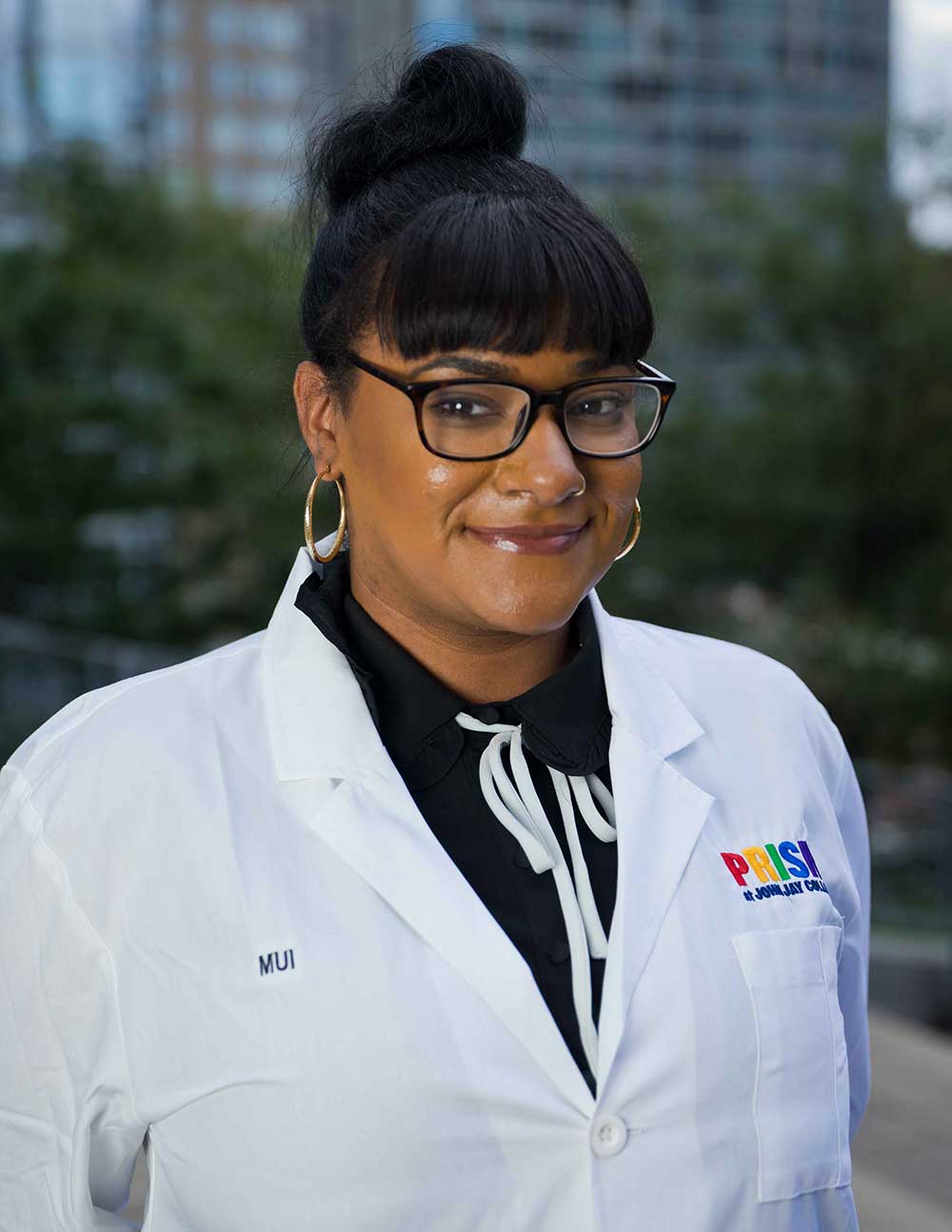
Major: Cell and Molecular Biology BS

Major: Forensic Science QCC BS
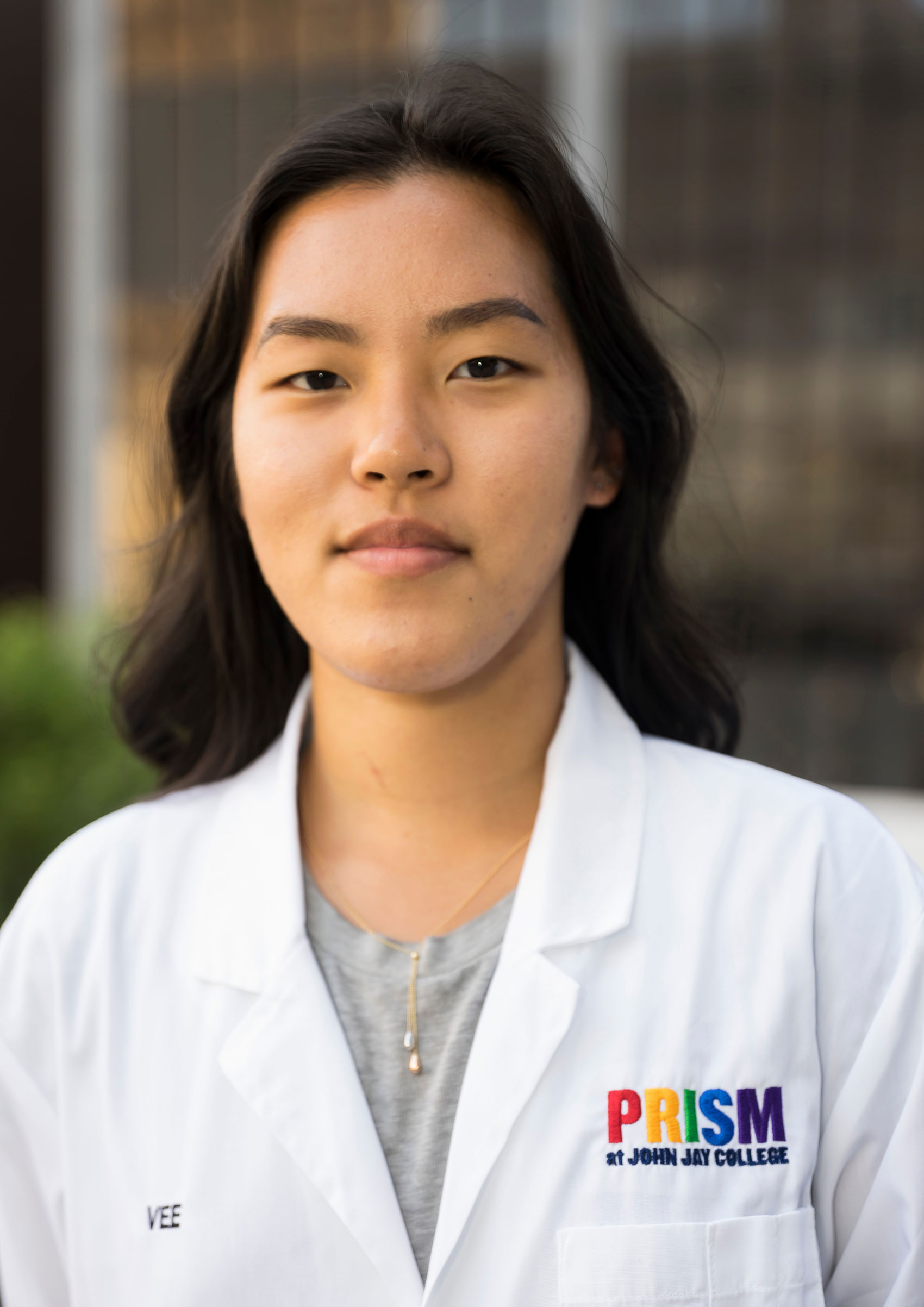
Major: MHC Cell and Molecular Biol BS
Major: Forensic Science BS

Major: Forensic Science

Major: MHC Forensic Science

Major: Forensic Science

Major: Computer Science and Information Security

Major:
2019 Graduates
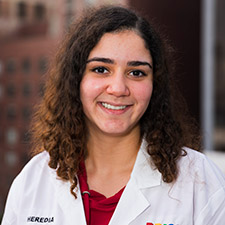
Major: Cell & Molecular Biology
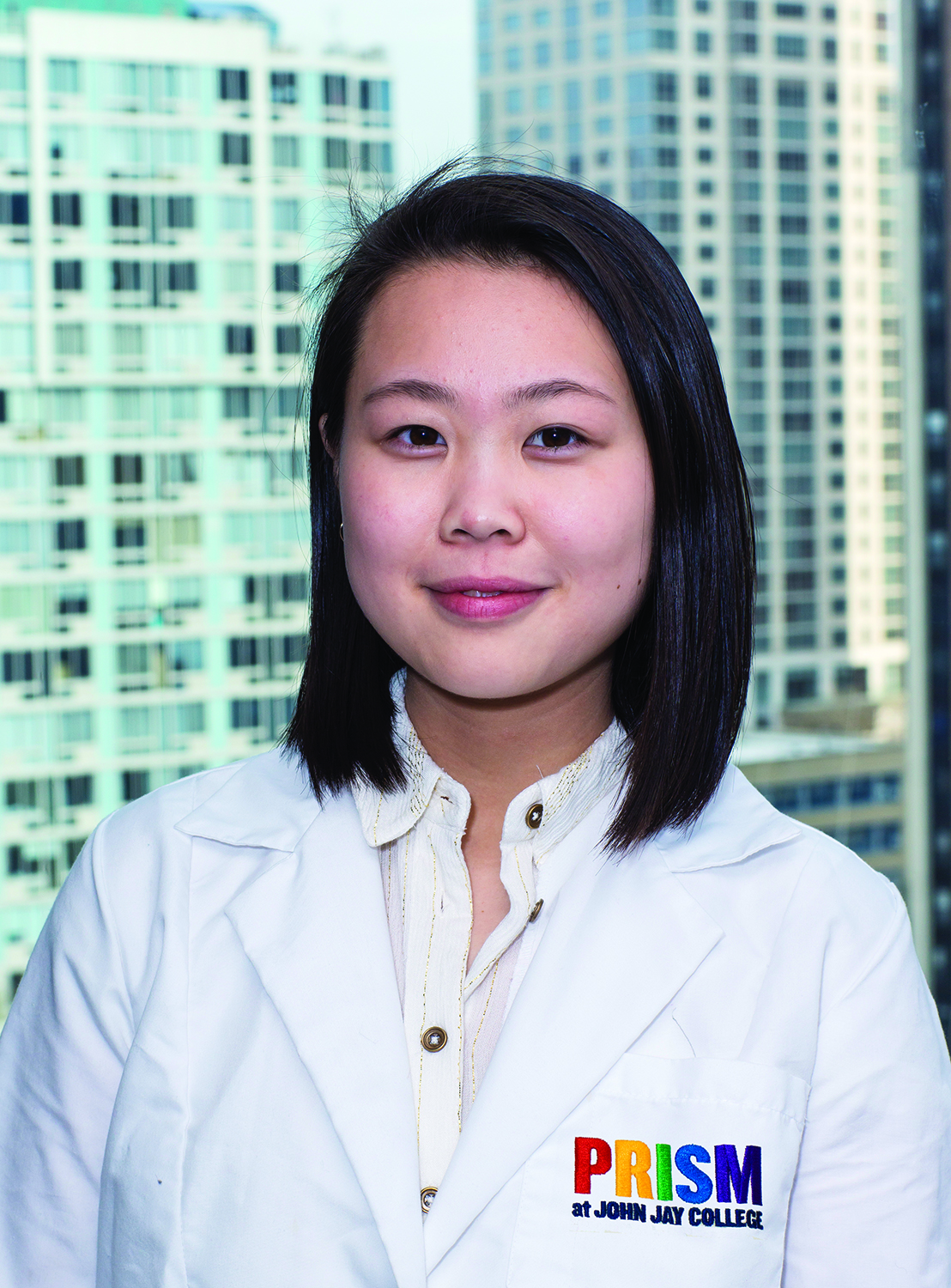
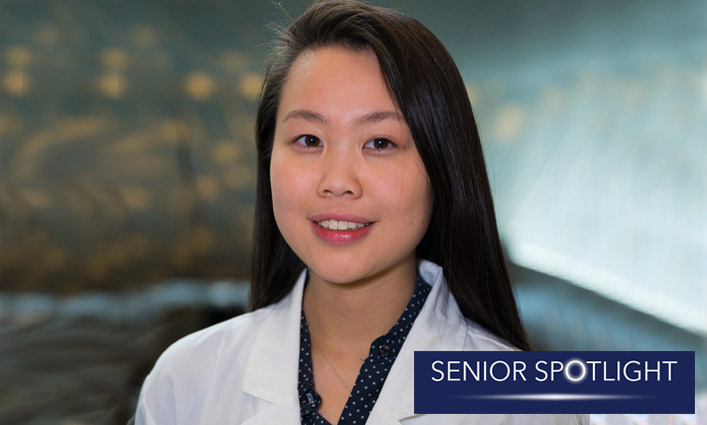
Senior Spotlight: Hannah Chu ’19 Aims to Use Entomology to Elevate the Understanding of Human Biology
Our 2019 Commencement Ceremony is right around the corner. To mark the occasion, and celebrate the incredible achievements of our seniors, we spoke with several students that will be graduating on May 29. Our hope is that their stories inspire the entire John Jay community—alumni, faculty, staff, current and prospective students—to strive for excellence. Our next Senior Spotlight is Hannah Chu ’19, a PRISM student in the Honor’s Program, whose passion for Entomology has led her to a Ph.D. program and maybe one day, NASA.
What made you want to come to John Jay?
I went to Brooklyn Tech High School and they require you to choose a major, my major was Law and Society, so my plan was to come to John Jay and become a lawyer. I took a Forensic Science class with the hope that it would make me a stronger defense lawyer since I would be better able to question expert witnesses. But when I was invited to join the PRISM program, the dream shifted, that’s when I fell in love with science. I’m graduating with a degree in Forensic Science with a concentration in Molecular Biology.
“John Jay is filled with such a diverse group of people that challenge you to think differently and be open-minded.”—Hannah Chu
Tell us about your PRISM experience. What did PRISM do for you?
PRISM has been a wonderful experience and has allowed me to be trained as a marketable scientist. John Jay is filled with such a diverse group of people that challenge you to think differently and be open-minded, and that’s reflected in all the majors, programs and clubs. The Forensic Science major here at the College, for instance, has a lot of women in it, which is great because science is one of the fields where you don’t see a lot of women. Being here at John Jay, I’ve been offered a lot of opportunities that got me to where I am today. I’ve had opportunities to intern at a number of research labs and gain real life experiences. At John Jay, I worked closely with my mentor, Dr. Jennifer Rosati. She actually introduced me to Entomology, which is the study of bugs. Joining her lab really taught me to be independent and enabled me to discover what I want to do in life.
Is there a research project that you’re particularly proud of?
Actually, the one I presented during the 2019 Research & Creativity Expo is one I’m really proud of. It’s called “Drunk Flies.” It turns out that a large percentage of homicide victims are actually drunk when they’re murdered and the alcohol in their system metabolizes into acetic acid. So that made me want to look into whether adult flies are more attracted to bodies that have alcohol in them. I came up with the idea on my own, so that was pretty cool. And the results have proven my hypothesis thus far. We’re finding that acetic acid does attract more flies.

You won the Jonas E. Salk Scholarship. What does the scholarship mean to you?
I’ve been doing research for a little over three years now and winning this scholarship really validates my work. It tells me that the work I’m producing in the field of Biomedical Research is valued. The monetary aspect of the award is helpful too since I’ll be going onto a Ph.D. program.
“A lot of times people think bugs are a nuisance, but really, they’re used in a lot of genetic research and can help us figure out how human biology works.” —Hannah Chu
That leads us to the next question. What comes next for you?
I’m going into a Ph.D. program at the University of California, Riverside where I’ll be studying Entomology. The program is ranked as one of the top programs for insect science in the world. A lot of times people think bugs are a nuisance, but really, they’re used in a lot of genetic research and can help us figure out how human biology works.
Where do you see yourself in 10 years?
My dream is to work for NASA. They have a fruit fly lab at the International Space Station where they study how space affects the fruit fly’s biology. This in turn will lead to a better understanding of human biology. Who knows, maybe my research in insect development can help us see how humans develop in space. If NASA doesn’t happen, then I’d love to be a high school teacher. I had great teachers that inspired me to follow this path, so I’d love to do the same for others.
Finish this sentence for me: Without John Jay…
Without John Jay I wouldn’t be in love with science. I would have never pursued a career in Entomology to study insects and I would not be dreaming big, bold dreams of NASA.
Major: Forensic Science with a concentration in Molecular Biology
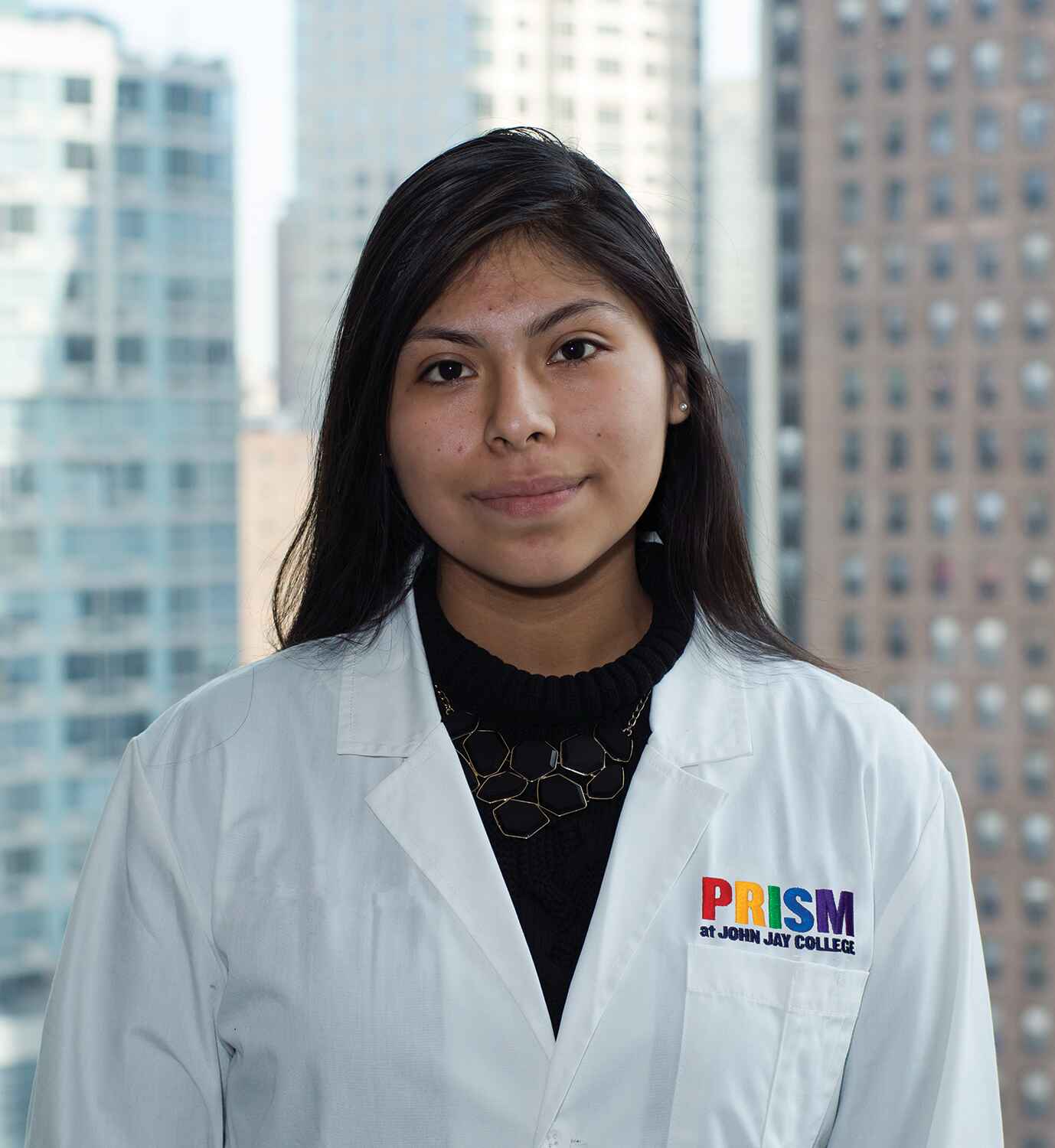
Major: MHC Forensic Science BS

Major: Forensic Science

Major: Forensic Science

Major:

Major: Forensic Science

Major: Cell and Molecular Biology

Major: Cell and Molecular Biology

Major: Computer Science and Information Security

Major: Forensic Science

Major: Forensic Science

Major: Toxicology

Major: Computer Science and Information Security

Major: Forensic Science

Major: Forensic Science

Major: Cell and Molecular Biology

Major: Forensic Science
2018 Graduates
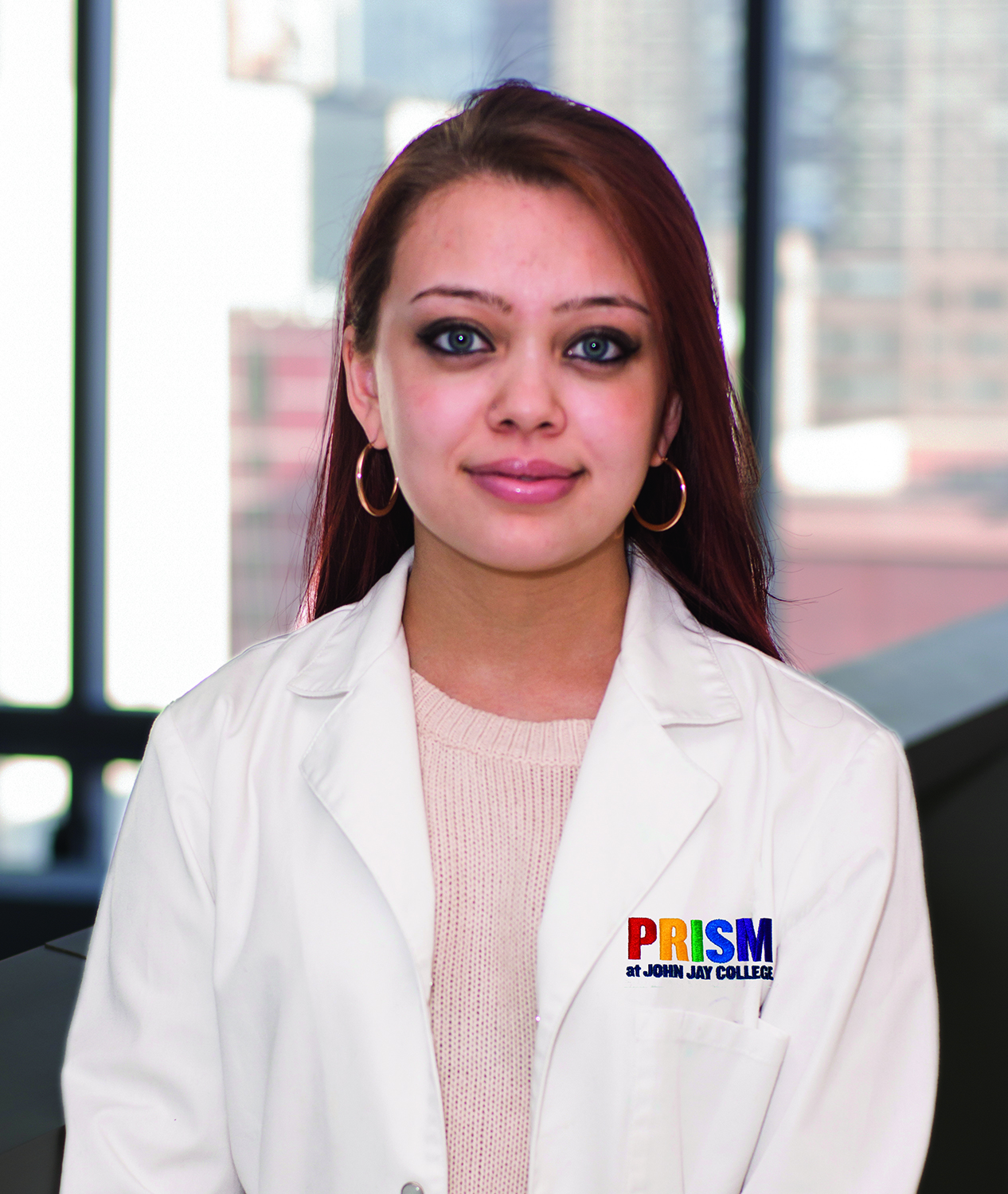
Major: Forensic Science
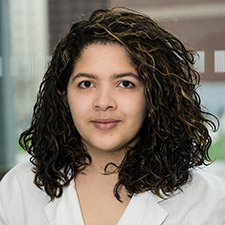
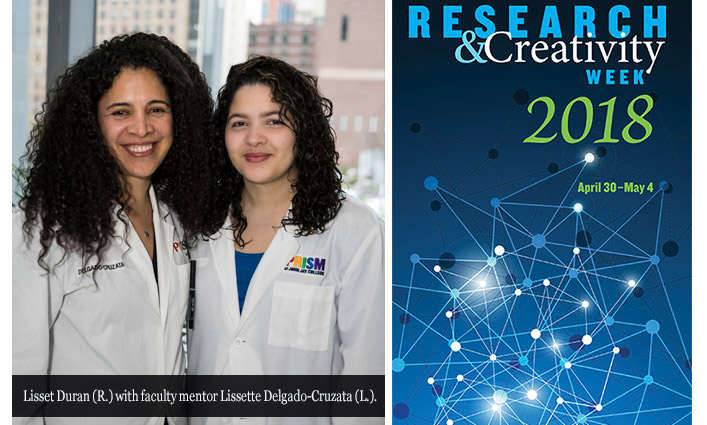
Research & Creativity Week: Lisset Duran’s Award-Winning Research on Breast Cancer Genetics
This year’s Research & Creativity Week (April 30 – May 4) will feature John Jay’s talented student researchers, including those that are receiving awards for groundbreaking innovations in the sciences.
Lisset Duran (’18), who is part of the Program for Research Initiatives in Science and Math (PRISM), is the first student at John Jay to ever receive the extremely prestigious CUNY Jonas Salk Award, which is given to graduating students for their potential to make significant contributions to medical research. The award recognized her research in genetics, which she’ll be presenting at Research & Creativity Week.
“My research has been on the regulation of genes in breast cancer,” says Duran. “By targeting certain proteins, I want to understand the expressions of genes that are beneficial to cells.”
Recognition of Duran’s research has been nationwide, and prior to earning the Salk Award, Duran attended the Society for Advancement of Chicanos/Hispanics and Native Americans in Science (SACNAS) conference and the American Society for Cell Biology (ASCB) Annual Meeting, where she was given awards for the quality of her research as well as her presentation skills. “Part of being a scientist is being able to communicate,” says Duran.
“My research has been on the regulation of genes in breast cancer. By targeting certain proteins, I want to understand the expressions of genes that are beneficial to cells.” —Lisset Duran ’18
Duran, who is graduating with an undergraduate degree in Cellular and Molecular Biology, will be attending Princeton’s Ph.D. program in biology this fall, and she eventually dreams of working with NASA. “I have crazy dreams and PRISM has always supported them,” she says. “At John Jay, I’ve been doing research on a graduate student level, and I’ve been given so much responsibility. That’s why I feel so well prepared for my Ph.D.”
But before she leaves campus, she’s prepared to impress those who want to learn more about her research. John Jay community members and visitors will be able to witness for themselves Duran’s findings on May 2.
Check the Research & Creativity Week calendar for a full listing of events.
Major: Cellular and Molecular Biology

Major:

Major: MHC Forensic Science

Major: Forensic Science

Major: Forensic Science

Major: Forensic Science

Major: Cell and Molecular Biology

Major: Forensic Science

Major: Forensic Science

Major: Forensic Science

Major: Forensic Science

Major: Cell and Molecular Biology

Major: Forensic Science

Major: Cell and Molecular Biology

Major: Forensic Science

Major: Forensic Science

Major: Forensic Science

Major: MHC Cell and Molecular Biology

Major: Forensic Science

Major: MHC Cell and Molecular Biology

Major: Forensic Science

Major: Forensic Science

Major: Forensic Science

Major: Forensic Science

Major: Forensic Science
2017 Graduates
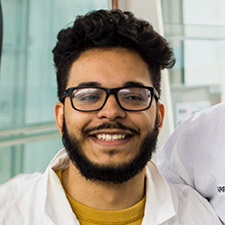
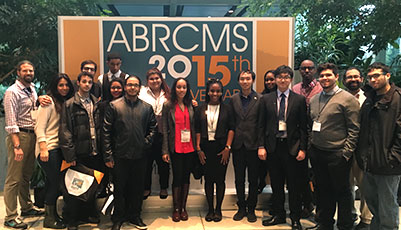
John Jay Students Shine at Annual Biomedical Research Conference in Seattle
Fifteen John Jay College science students attended and presented their research at the 15th Annual Biomedical Research Conference for Minority Students (ABRCMS) held in Seattle, Washington in November. Students William Aguilar, Ronald Rodriguez and Jiwon Seo won awards for their oral and poster presentations on the research they are conducting, under the mentorship of John Jay faculty and as part of Program for Research Initiatives in Science and Math (PRISM)
During the four-day conference, over 1,700 undergraduate and graduate students participated in presentations in twelve disciplines in the biomedical and behavioral sciences, including mathematics. ABRCMS, one of the largest, professional conferences in United States, is designed to encourage underrepresented minority students to pursue advanced training science, technology, engineering and mathematics (STEM) and provide faculty mentors and advisors with resources to facilitate students’ success.
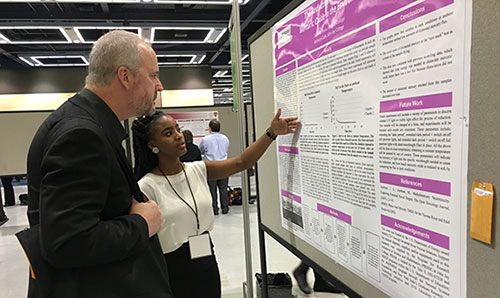
Click here to see more photos.
Dr. Edgardo Sanabria-Valentin, PRISM’s Program and Research Coordinator, accompanied John Jay undergraduate students to Seattle, along with Professors Nathan Lents and Jason Rauceo. Nine of the 15 students received travel awards from the conference organizers and three of them secured a coveted spot among the 96 oral presentations in the conference.
The 2015 ABRCMS attendees, their faculty mentors and their research projects are:
- William Aguilar (Professor Elise Champeil) – Correlation of Mc and Dmc-Adducts Structures with the Role of P21 in the Toxicity of the α-icl and β-ic
*Winner of a Chemistry Oral Presentation Award
- Ronald Rodriguez (Professor Jason Rauceo) – Localization Analysis of a Major Osmotic Stress Response Gene in the Fungus Candida albicans
*Winner of a Microbiology Oral Presentation Award
- Jiwon Seo (Professor Shu-Yuan Cheng) – The Effects of Upstream Nucleotides on the Readthrough Rate of VEGF-Ax
*Winner of a Biochemistry Poster Presentation Award
- Daysi Proano (Professor Jason Rauceo) – Characterizing MHCI cytoplasmic domain phosphorylation in vitro and its role in binding interactions
- Shanelle Shillingford (Professor Gloria Proni) – The Oxidation of Allylic Alcohols to Ketones with the use of Electrochemistry
- David Rodriguez (Professor Artem Domashevskiy) – Synthesis of Fluorescently-Labeled Tobacco Etch Virus (TEV) RNA and its Interactions with Pokeweed Antiviral Protein (PAP)
- Donovan Trinidad (Professor Nathan Lents) – Analysis of the Human Microbiome on Living and Decomposing Bodies
- Imani Hargett (Professor Lissette Delgado-Cruzata) – Understanding the Role of TET Proteins in 5-Hydroxymethylation in Hepatocellular Carcinoma
- Erica Klafehn (Professor Angelique Corthals) – 2D to 3D Rending of Bones Samples from Sus scrofa
- Danielle Rouse (Professor Anthony Carpi) – The Reduction Mechanism of Mercuric Oxide in the Environment
- Sabrina De Los Santos (Professor Artem Domashevskiy) – Analysis of the Effects of Turnip Mosaic Virus Protein-Linked Genome on Ricin a Chain Depurination of Eukaryotic Ribosomal RNA
- Yuanzhuo “Jove” Zhang (Professor Guoqi Zhang) – Diverse Copper(ii) Complexes with Simple Nitrogen Ligands: Structural Characterization and Applications in Aerobic Alcohol Oxidations in Water
- Ronal Peralta (Professor Anthony Carpi) – Using Moss as a Biomonitor to Detect Atmospheric Sources of Mercury
- Lisset Duran (Professor Lissette Delgado-Cruzata) – Studying the Loss of DNA Methyltransferase DNMT1 in BRCA1 Expression in Breast Cancer
- Porfirio Fernandez (Professor Jason Rauceo) – Behavior Expression Profile of alpha-Conotoxin PeI A in Chronic Constriction Injury Model in Rats
Major: Cell & Molecular Biology

Major: Cell and Molecular Biology

Major: MHC Forensic Science

Major: Cell and Molecular Biology

Major: Forensic Science

Major: Forensic Science

Major: Forensic Science

Major: Forensic Science

Major: Forensic Science

Major: Forensic Science

Major: Forensic Science

Major: Cell and Molecular Biology

Major: Forensic Science

Major: Forensic Science

Major: Forensic Science

Major: Forensic Science

Major: Forensic Science

Major: Forensic Science

Major: Cell and Molecular Biology

Major: Cell and Molecular Biology

Major: Cell and Molecular Biology

Molina Major: Forensic Science


Major: Forensic Scienc
2016 Graduates
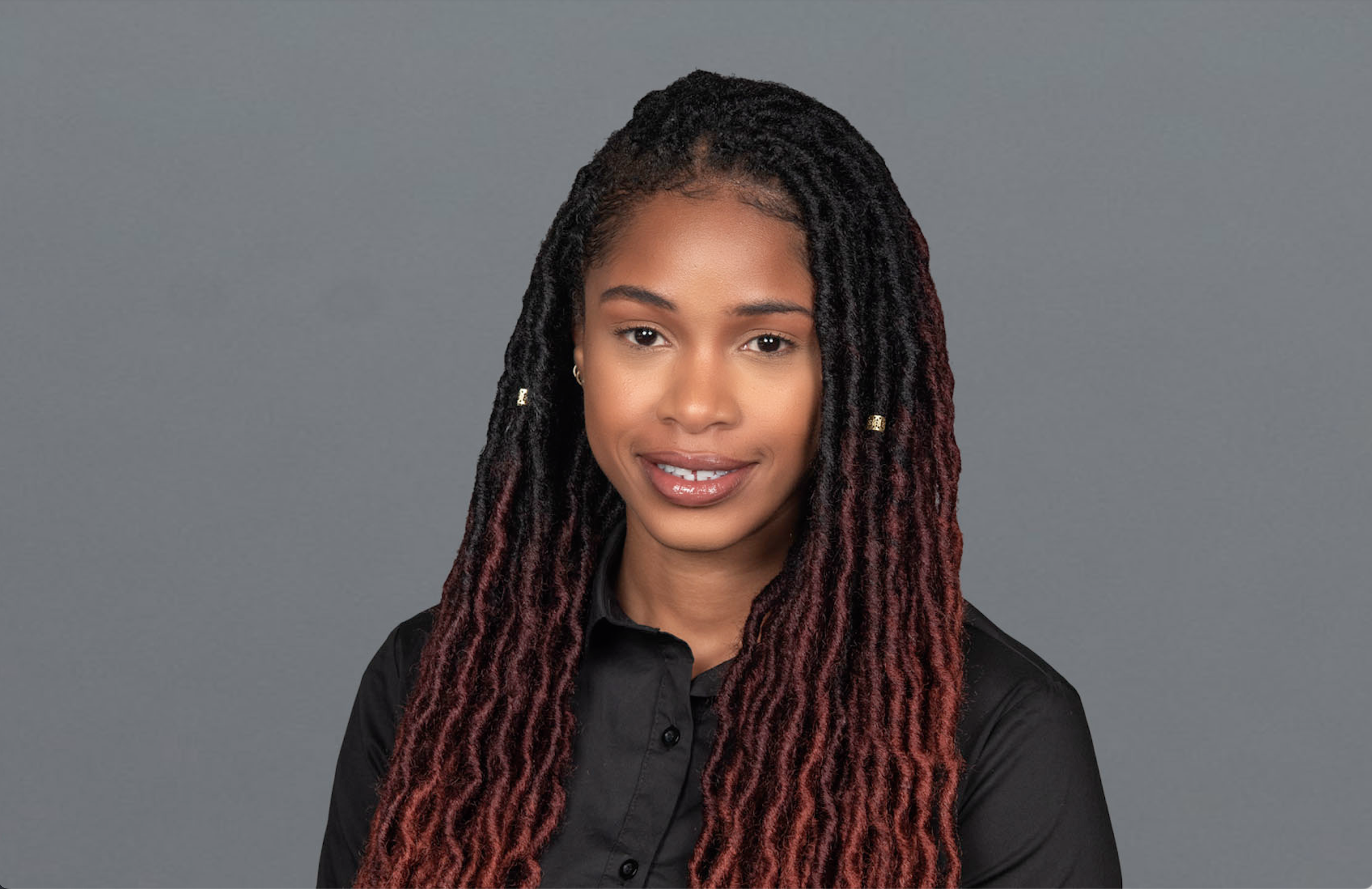

Dr. Shanelle Shillingford ’16: Yale Ph.D. & Analytical Chemist
Degree: Bachelor of Science in Forensic Science
Hometown: Dominica; Queens, New York
Cohort: PRISM
“At John Jay, I grew as a scientist, built up my resume, and learned that with hard work, laser-focused determination, and a bit of patience, I could accomplish amazing things. I went on to graduate with a Ph.D. from Yale University, and today I’m working for the global healthcare company Merck where I help bring innovative animal health products to market. John Jay changed my life. It was the launching pad for making my career dreams come true.”
What was life like growing up?
I was born and raised in Dominica. My dad moved to the U.S. when I was young, and my mom and I soon followed when I was 15. From the age of seven, I knew I wanted to be a scientist. I loved learning—especially math and science—and excelled in school. I also watched a lot of crime shows and loved seeing people in the lab working to find answers to questions.
Why John Jay?
Back home in Dominica, the highest degree I could earn was an associate degree. Since I was determined to be a scientist, I knew I couldn’t stay there. When I moved to New York, I enrolled in high school and immediately began looking at colleges that could put me on that path to becoming a scientist. Because I came from a low-income household, I didn’t have many options. Luckily, my dad suggested I look at John Jay. Not only did the College have a prestigious forensic science program, it was also commuter friendly and incredibly affordable. All those factors made John Jay the perfect place for me.
How did PRISM enhance your college experience?
PRISM was instrumental to my success and getting into Yale University’s Ph.D. chemistry program. The research I conducted in PRISM made me a scientist. It made me more comfortable in a lab setting, fostered critical thinking skills, and offered transformative learning opportunities.
The PRISM faculty were essential to my education. From the moment I entered the program, Dr. Edgardo Sanabria-Valentín kept me informed on all the scholarship, research, and internship opportunities available. He also motivated me to apply to grad school and made sure I met every application deadline. My research mentor, Dr. Gloria Proni, saw my potential and took me under her wing. She encouraged me to think beyond my limits and prepared me for grad school. She was one of my biggest champions, advocating for me, building my confidence, and writing letters of recommendation. Because of the encouragement from Dr. Ed and Dr. Proni, I interned at the Scripps Research Institute and got into Yale.
How did the Scripps Research internship shape your career?
It was an amazing hands-on experience that gave me a glimpse into my future in research. I worked in an organic chemistry lab under well-known and respected chemist Dr. Donna Blackmond. In the lab, I performed experiments with graduate students trying to demonstrate the use of “green chemistry” in organic transformations. The internship affirmed I had a real passion for research, especially in a lab setting, and that I was on the right path.
What was your experience like at Yale?
Honestly, the first year was tough. I definitely had imposter syndrome. At times, I was the only Black student in the classroom and felt like I didn’t belong. But Yale’s Office for Graduate Student Development and Diversity was very supportive. With the help of the office, I felt grounded and centered. While the research work remained challenging, I knew I could succeed.
What do you work on at Merck?
I work on drug product development for animals, primarily for veterinarians to use when treating animals for diseases, so things like medications and topical creams. As an analytical chemist—my technical title is senior scientist—I work with a large team of formulators. My primary role is to conduct tests and ensure that the product is stable and contains all the correct attributes so that it can attain approval from the U.S. Food and Drug Administration’s Center for Veterinary Medicine and be brought to market. Every day, we’re conducting innovative research that advances science and improves the lives of animals.
What advice do you have for John Jay students hoping to follow in your footsteps?
You can accomplish any goal but understand that it will require work, patience, and flexibility. If you’re going to grad school, know that you may have to pivot, and that’s okay. Be open to change and adjust.
Major: Forensic Science


John Jay Students Shine at Annual Biomedical Research Conference in Seattle
Fifteen John Jay College science students attended and presented their research at the 15th Annual Biomedical Research Conference for Minority Students (ABRCMS) held in Seattle, Washington in November. Students William Aguilar, Ronald Rodriguez and Jiwon Seo won awards for their oral and poster presentations on the research they are conducting, under the mentorship of John Jay faculty and as part of Program for Research Initiatives in Science and Math (PRISM)
During the four-day conference, over 1,700 undergraduate and graduate students participated in presentations in twelve disciplines in the biomedical and behavioral sciences, including mathematics. ABRCMS, one of the largest, professional conferences in United States, is designed to encourage underrepresented minority students to pursue advanced training science, technology, engineering and mathematics (STEM) and provide faculty mentors and advisors with resources to facilitate students’ success.

Click here to see more photos.
Dr. Edgardo Sanabria-Valentin, PRISM’s Program and Research Coordinator, accompanied John Jay undergraduate students to Seattle, along with Professors Nathan Lents and Jason Rauceo. Nine of the 15 students received travel awards from the conference organizers and three of them secured a coveted spot among the 96 oral presentations in the conference.
The 2015 ABRCMS attendees, their faculty mentors and their research projects are:
- William Aguilar (Professor Elise Champeil) – Correlation of Mc and Dmc-Adducts Structures with the Role of P21 in the Toxicity of the α-icl and β-ic
*Winner of a Chemistry Oral Presentation Award
- Ronald Rodriguez (Professor Jason Rauceo) – Localization Analysis of a Major Osmotic Stress Response Gene in the Fungus Candida albicans
*Winner of a Microbiology Oral Presentation Award
- Jiwon Seo (Professor Shu-Yuan Cheng) – The Effects of Upstream Nucleotides on the Readthrough Rate of VEGF-Ax
*Winner of a Biochemistry Poster Presentation Award
- Daysi Proano (Professor Jason Rauceo) – Characterizing MHCI cytoplasmic domain phosphorylation in vitro and its role in binding interactions
- Shanelle Shillingford (Professor Gloria Proni) – The Oxidation of Allylic Alcohols to Ketones with the use of Electrochemistry
- David Rodriguez (Professor Artem Domashevskiy) – Synthesis of Fluorescently-Labeled Tobacco Etch Virus (TEV) RNA and its Interactions with Pokeweed Antiviral Protein (PAP)
- Donovan Trinidad (Professor Nathan Lents) – Analysis of the Human Microbiome on Living and Decomposing Bodies
- Imani Hargett (Professor Lissette Delgado-Cruzata) – Understanding the Role of TET Proteins in 5-Hydroxymethylation in Hepatocellular Carcinoma
- Erica Klafehn (Professor Angelique Corthals) – 2D to 3D Rending of Bones Samples from Sus scrofa
- Danielle Rouse (Professor Anthony Carpi) – The Reduction Mechanism of Mercuric Oxide in the Environment
- Sabrina De Los Santos (Professor Artem Domashevskiy) – Analysis of the Effects of Turnip Mosaic Virus Protein-Linked Genome on Ricin a Chain Depurination of Eukaryotic Ribosomal RNA
- Yuanzhuo “Jove” Zhang (Professor Guoqi Zhang) – Diverse Copper(ii) Complexes with Simple Nitrogen Ligands: Structural Characterization and Applications in Aerobic Alcohol Oxidations in Water
- Ronal Peralta (Professor Anthony Carpi) – Using Moss as a Biomonitor to Detect Atmospheric Sources of Mercury
- Lisset Duran (Professor Lissette Delgado-Cruzata) – Studying the Loss of DNA Methyltransferase DNMT1 in BRCA1 Expression in Breast Cancer
- Porfirio Fernandez (Professor Jason Rauceo) – Behavior Expression Profile of alpha-Conotoxin PeI A in Chronic Constriction Injury Model in Rats
Major: Toxicology and Molecular Biology

Major: Forensic Science

Major: Forensic Science

Major: Computer Science and Information Security

Major: Forensic Science

Major: Forensic Science

Major: Forensic Science

Major: Forensic Science

Major: Forensic Science


Major: Forensic Science

Major: Forensic Science

Major: Forensic Psychology

Major: Cell and Molecular Biology


Major: Forensic Science

Major: Computer Science and Information Security

Major: Cell and Molecular Biology

Major: Forensic Science

Major: Forensic Science

Major: Cell and Molecular Biology

Major: Forensic Science

Major: Forensic Science

Major: Forensic Science

Major: Forensic Science

Major: Forensic Science

2015 Graduates
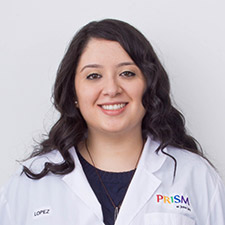
Major: Forensic Toxicology


Major: Forensic Science

Major: Forensic Science

Major: Forensic Science

Major: Forensic Science

Major: Forensic Science

Major: Forensic Science

Major: Forensic Science

Major: Forensic Science

Major: Forensic Science

Major: Forensic Science

Major: Forensic Science

Major: Forensic Science

Major: Forensic Science

Major: Forensic Science

Major: Computer Science and Information Security

Major: Forensic Science
2014 Graduates

Major: Forensic Science

Major: Forensic Science

Major: Forensic Science

Major: Forensic Science

Major: Forensic Science

Major: Forensic Science

Major: Forensic Science

Major: Computer Science and Information Security

Major: Forensic Science

Major: Forensic Science

Major: Forensic Science

Major: Forensic Science

Major: Forensic Science

Major: Forensic Science

Major: Forensic Science

Major: Forensic Science

Major: Forensic Science

Major: Forensic Science

Major: Forensic Science


Major: Forensic Science

Major: Forensic Science

Major: Forensic Science

2013 Graduates

Major: Forensic Science

Major: Forensic Science

Major: Forensic Science

Major: Forensic Science

Major: Forensic Science

Major: Forensic Science

Major: Forensic Science

Major: Forensic Science

Major: Forensic Science

Major: Forensic Science

Major: Forensic Science

Major: Forensic Science
2012 Graduates
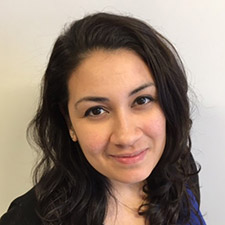
Major: Forensic Science

Major: Forensic Science


Major: Forensic Science

Major: Forensic Science

Major: Forensic Science

Major: Forensic Science

Major: Forensic Science

Major: Forensic Science


Major: Computer Science and Information Security

Major: Forensic Science

Major: Forensic Science

Major: Forensic Science

Major: Forensic Science

Major: Forensic Science

Major: Forensic Science

Major: Forensic Science

Major: Forensic Science

2011 Graduates

Major: Forensic Science

Major: Forensic Science

Major: Forensic Science

Major: Forensic Science

Major: Forensic Science

Major: Forensic Science


Major: Forensic Science

Major: Forensic Science

Major: Forensic Science

Major: Forensic Science

Major: Forensic Science

Major: Forensic Science

Major: Forensic Science

Major: Forensic Science

Major: Computer Science and Information Security

Major: Forensic Science

Major: Forensic Science

Major: Forensic Science

Major: Forensic Science

Major: Forensic Science

Major: Forensic Science

Major: Forensic Science

Major: Forensic Science

Major: Forensic Science
2010 Graduates

Major: Forensic Science

Major: Forensic Science

Major: Forensic Science


Major: Forensic Science

Major: Forensic Science

Major: Forensic Science

Major: Forensic Science

Major: Forensic Science


Major: Forensic Science

Major: Forensic Science

Major: Forensic Science
2009 Graduates
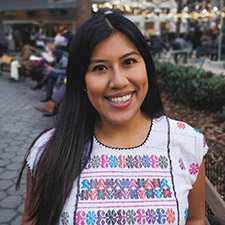
Major: Forensic science
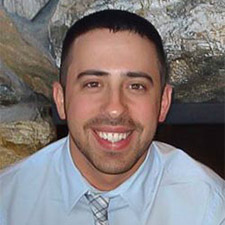
Major: Forensic Science: Molecular Biology

Major: Forensic Science

Major: Forensic Science

Major: Forensic Science


Major: Forensic Science

Major: Forensic Science

Major: Forensic Science

Major: Forensic Science

Major: Forensic Science

Major: Forensic Science

Major: Forensic Science
2008 Graduates

Major:

Major: Forensic Science


Major: Forensic Science

Major: Forensic Science

Major: Forensic Science

Major: Forensic Science

Major: Forensic Science

Major: Forensic Science

Major: Forensic Science

Major: Forensic Science

Major: Forensic Science

Major: Forensic Science

Major: Forensic Psychology

Major: Forensic Science
2007 Graduates

Major: Forensic Science

Major: Forensic Science

Major: Forensic Science

Major: Forensic Science

Major: Forensic Science

Major: Forensic Science

Major: Forensic Science

Major: Forensic Science

Major: Forensic Science

Major: Forensic Science
Contact Us
Edgardo Sanabria-Valentín
prism@jjay.cuny.edu
